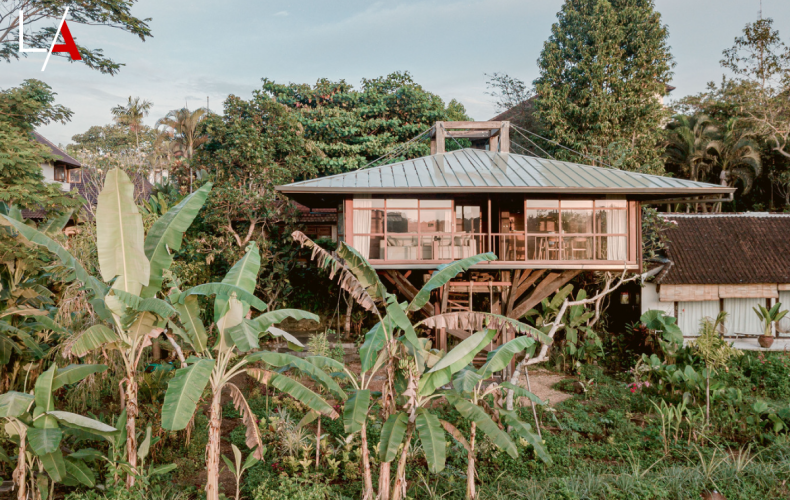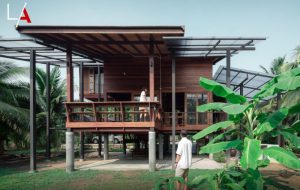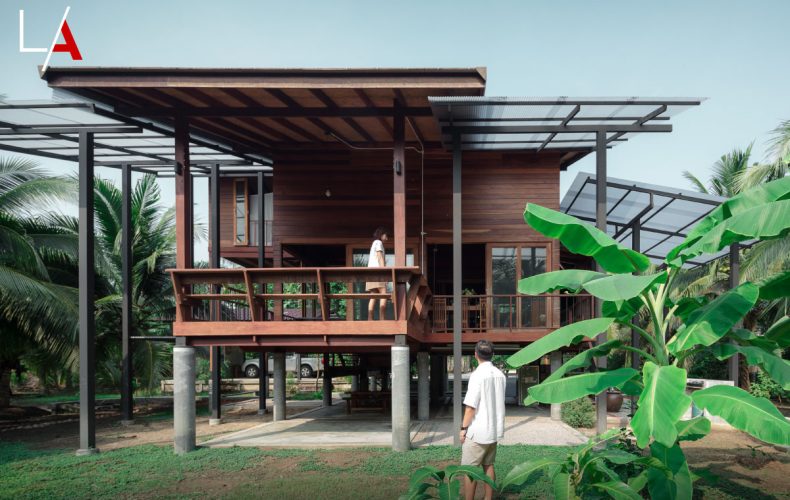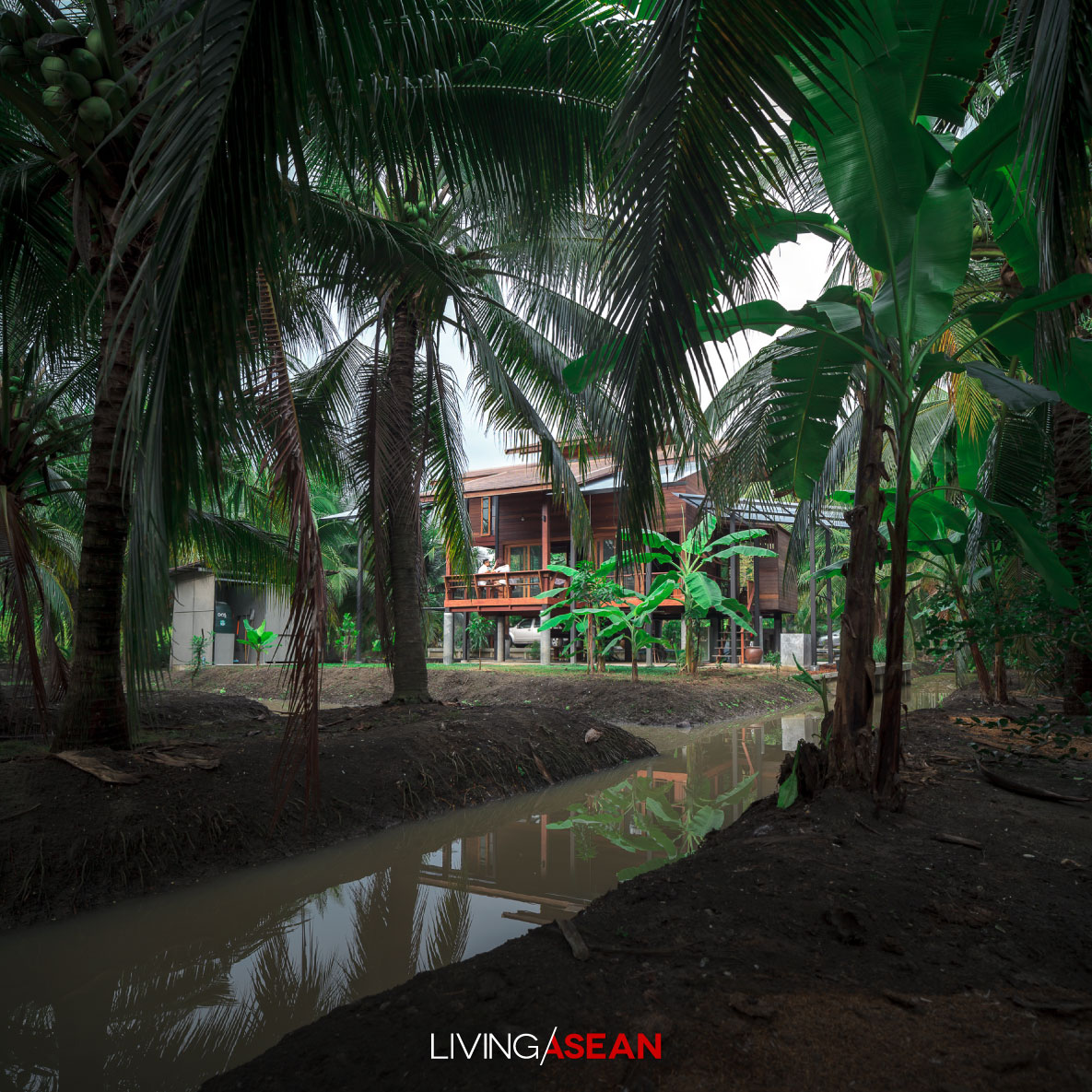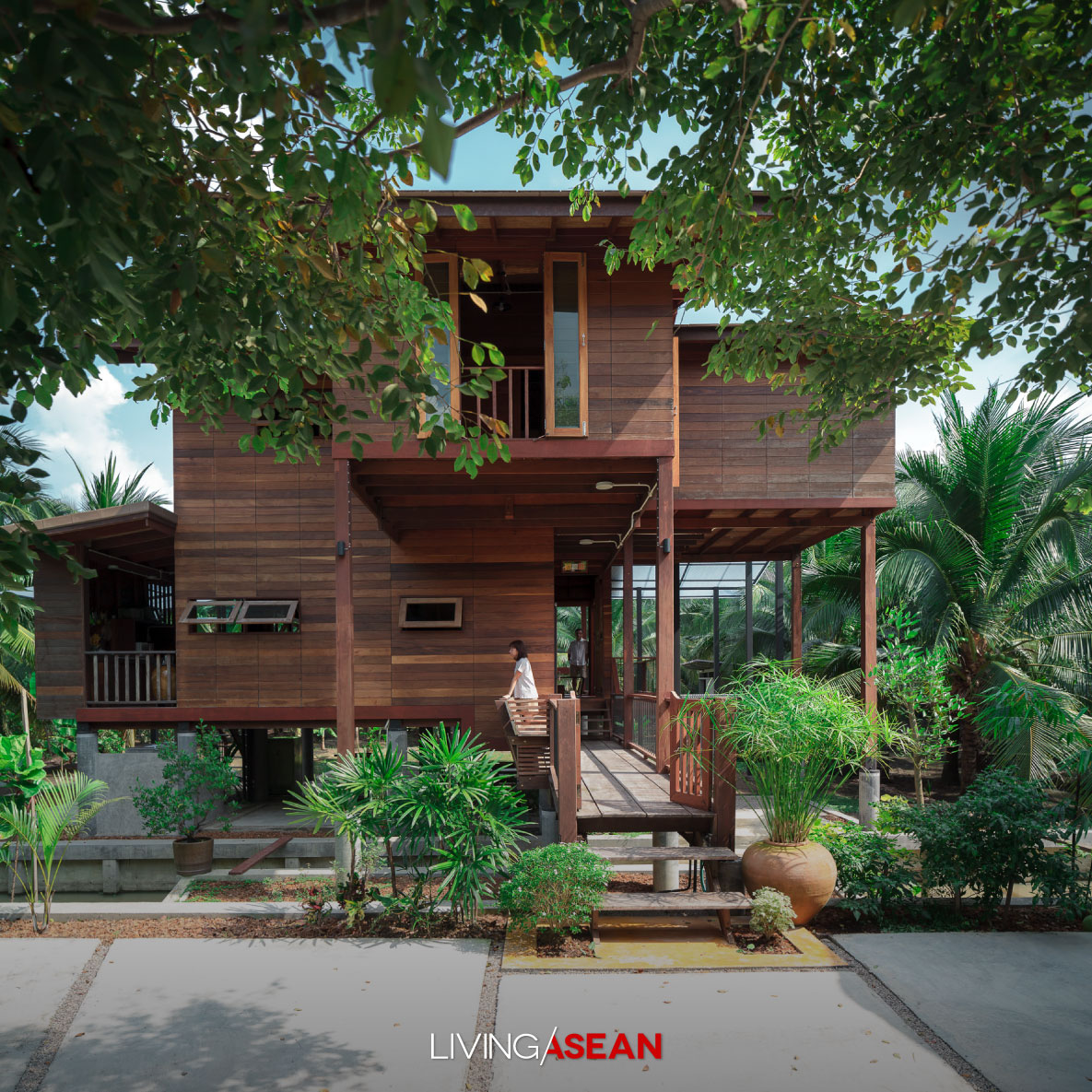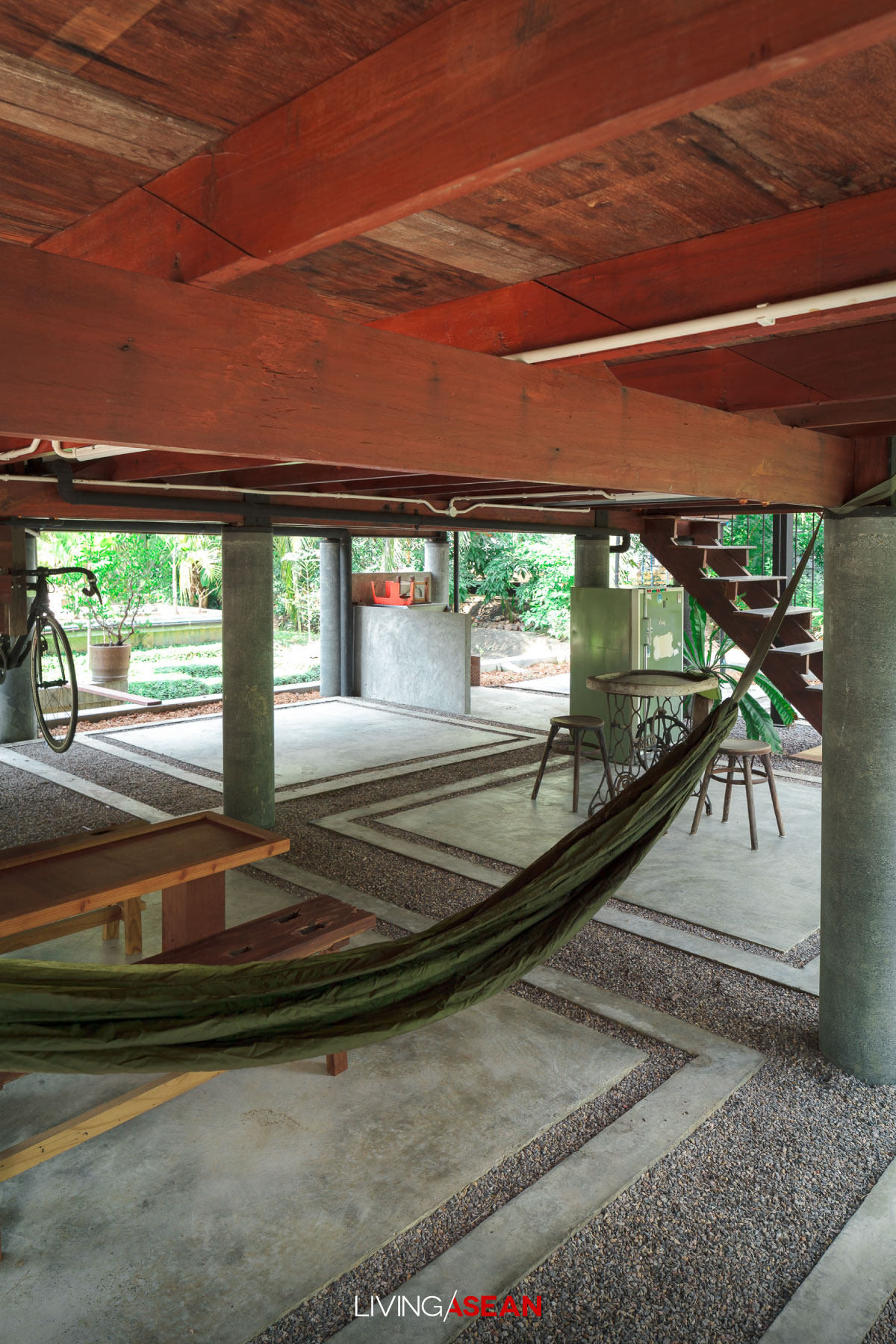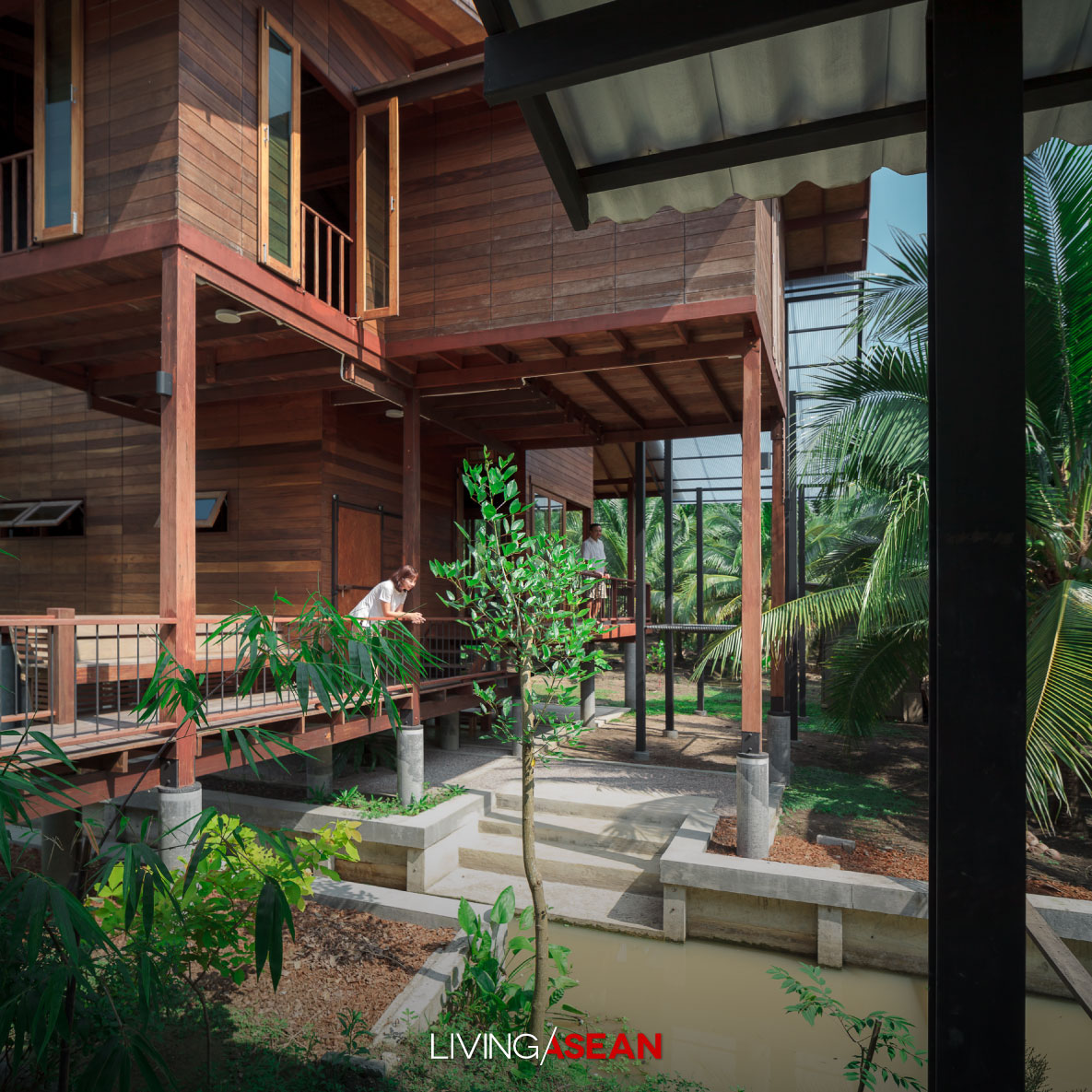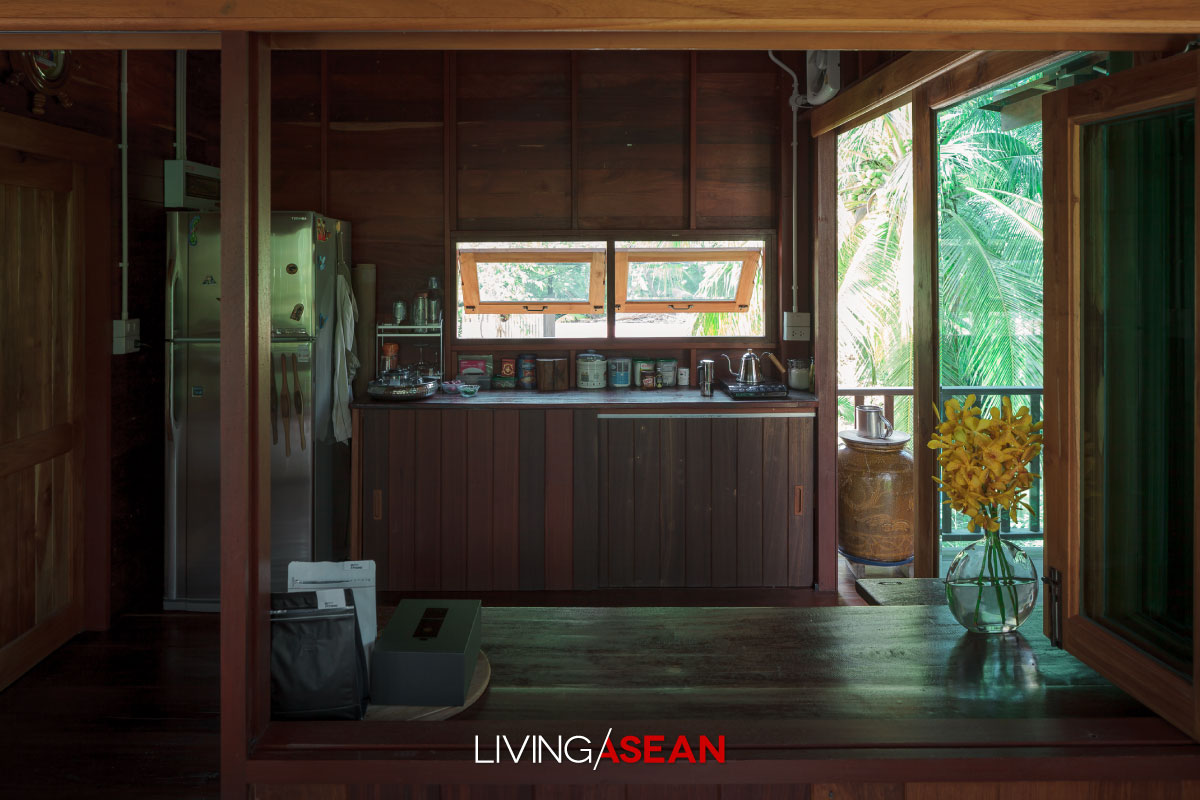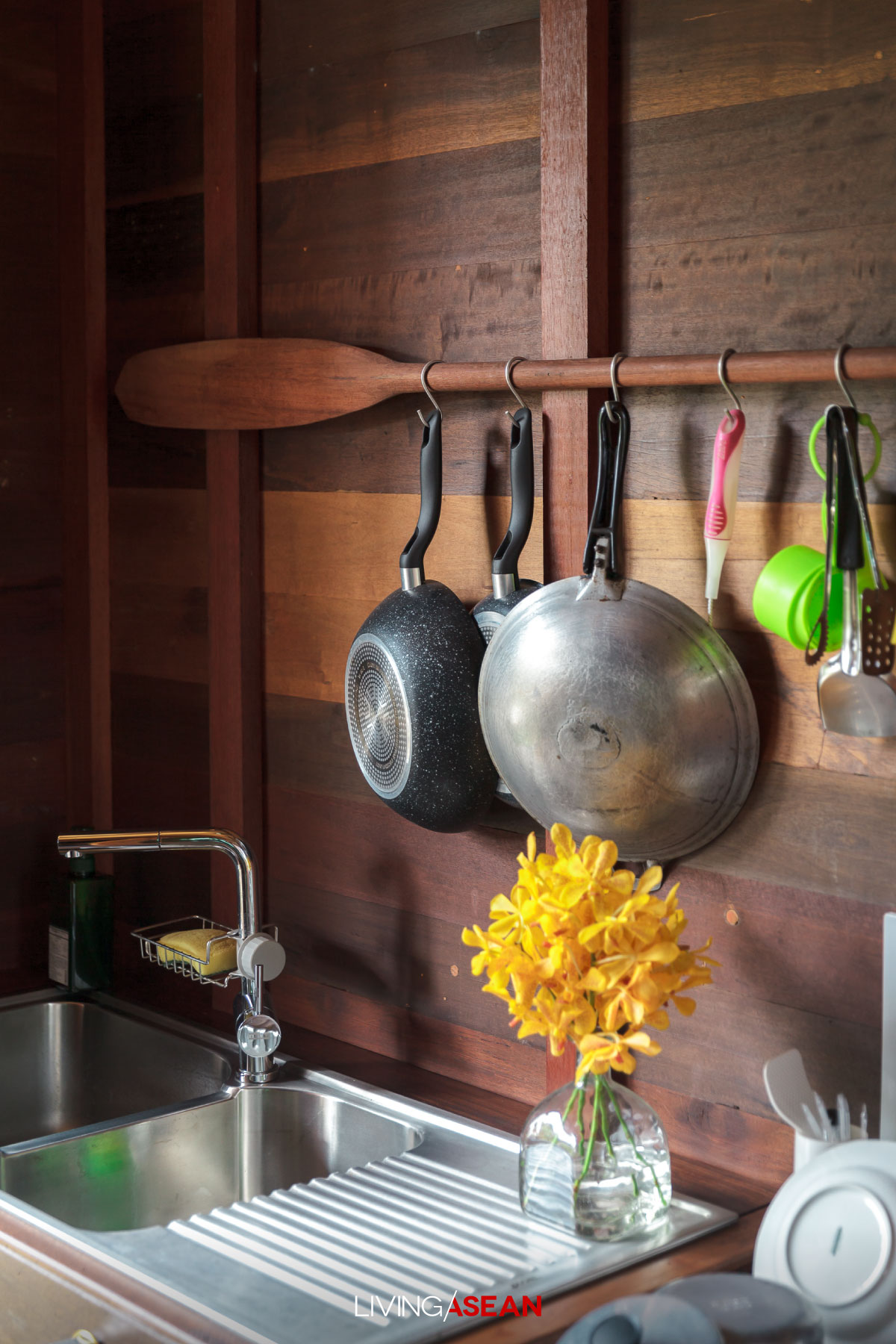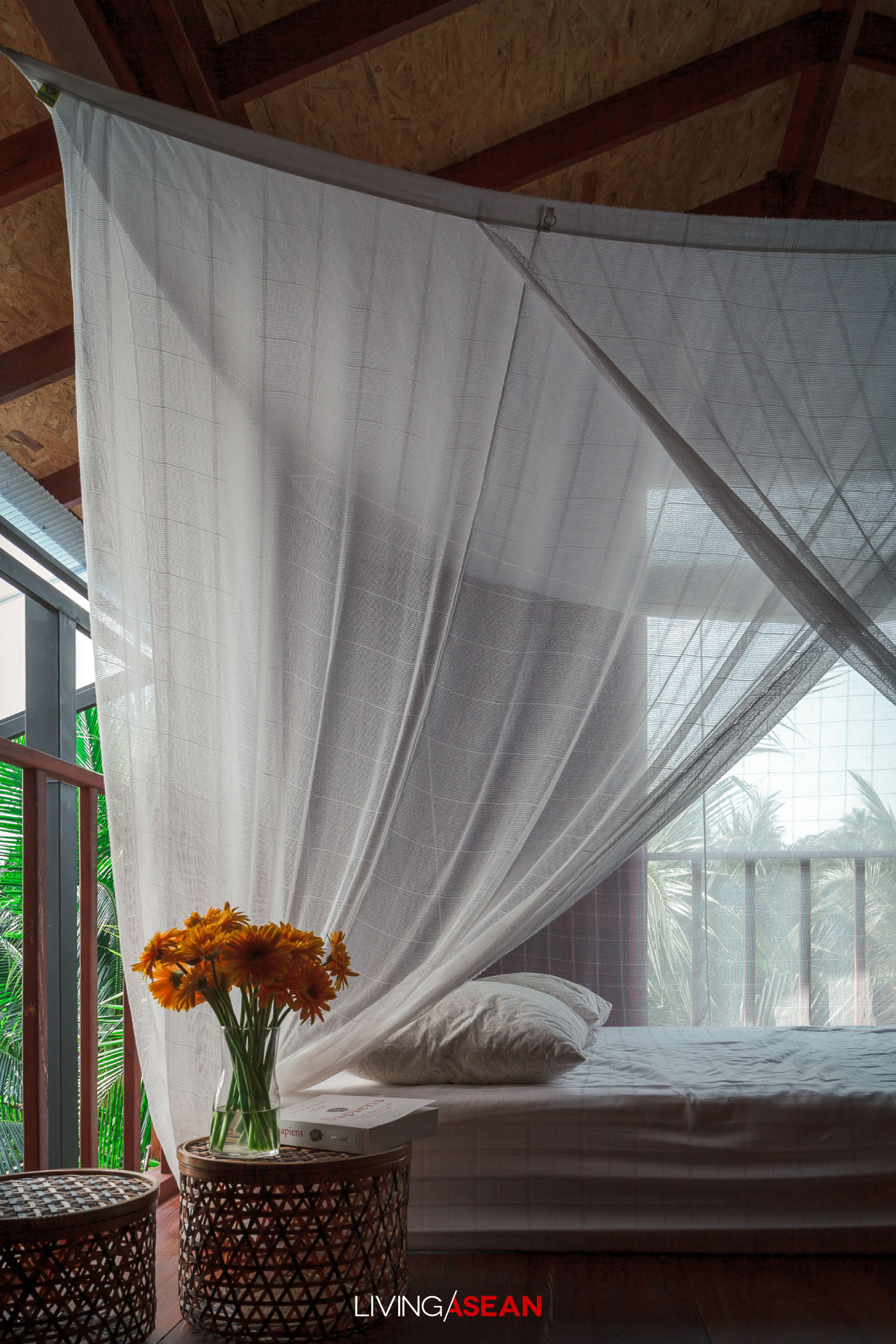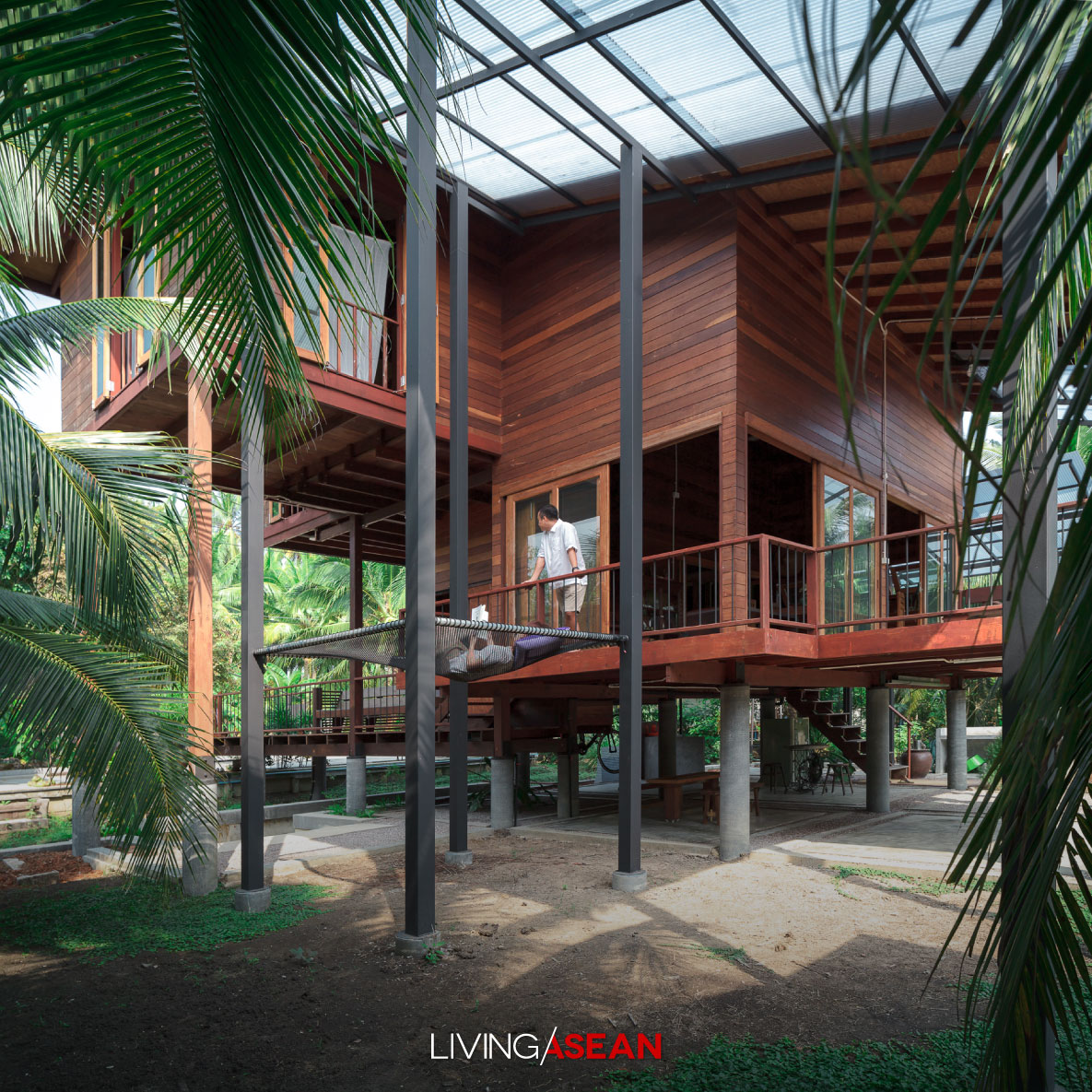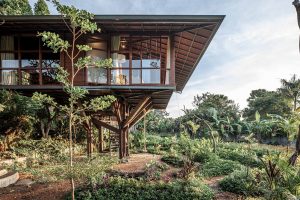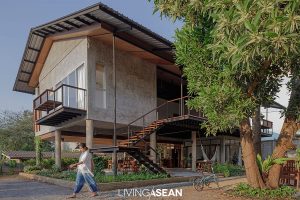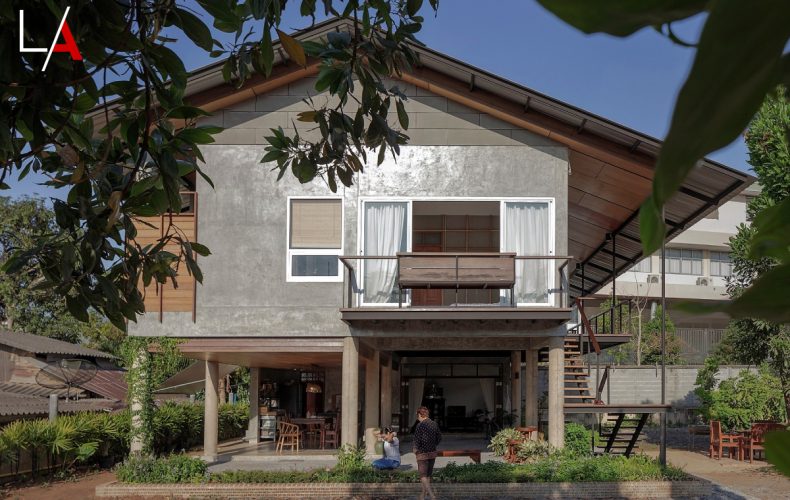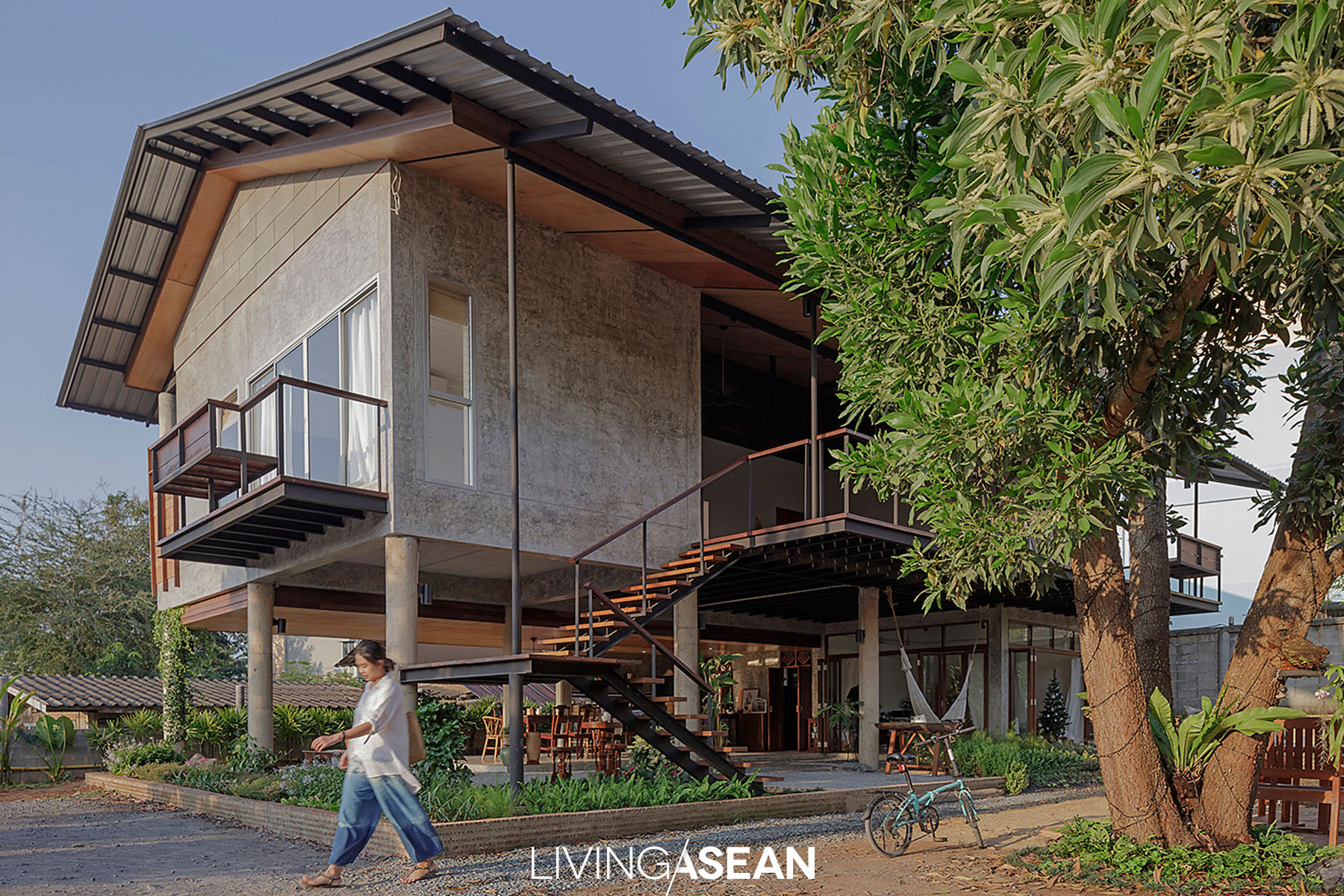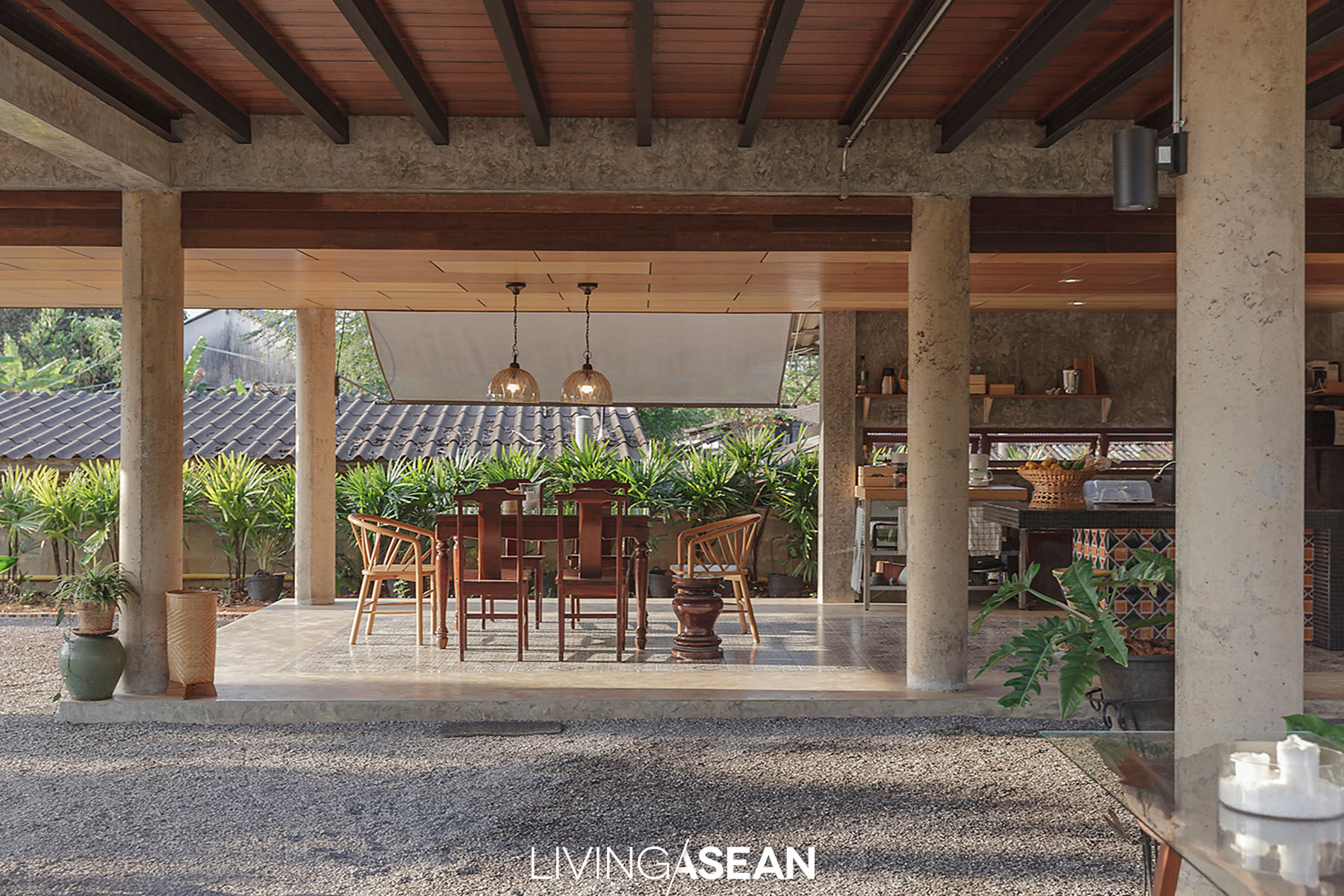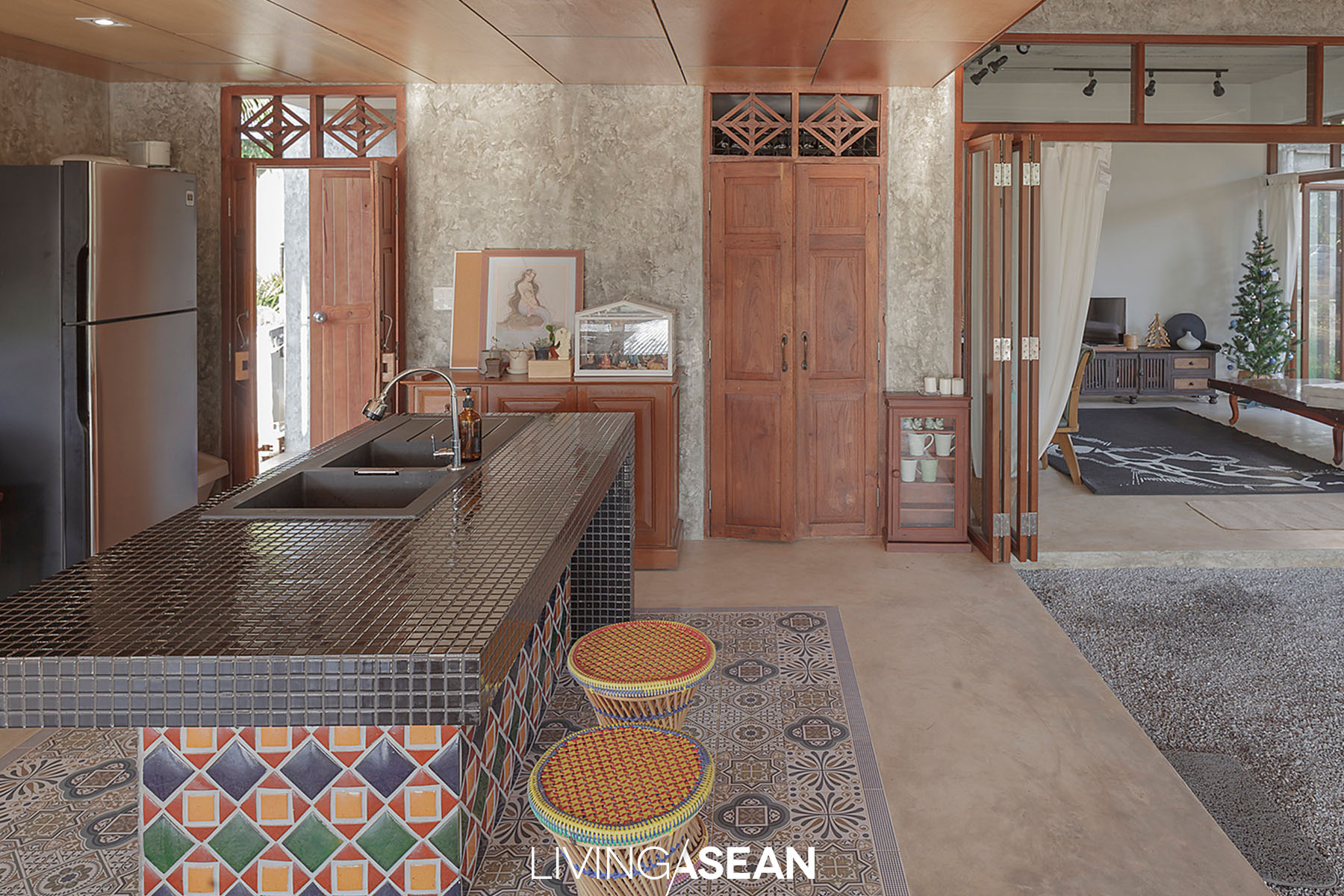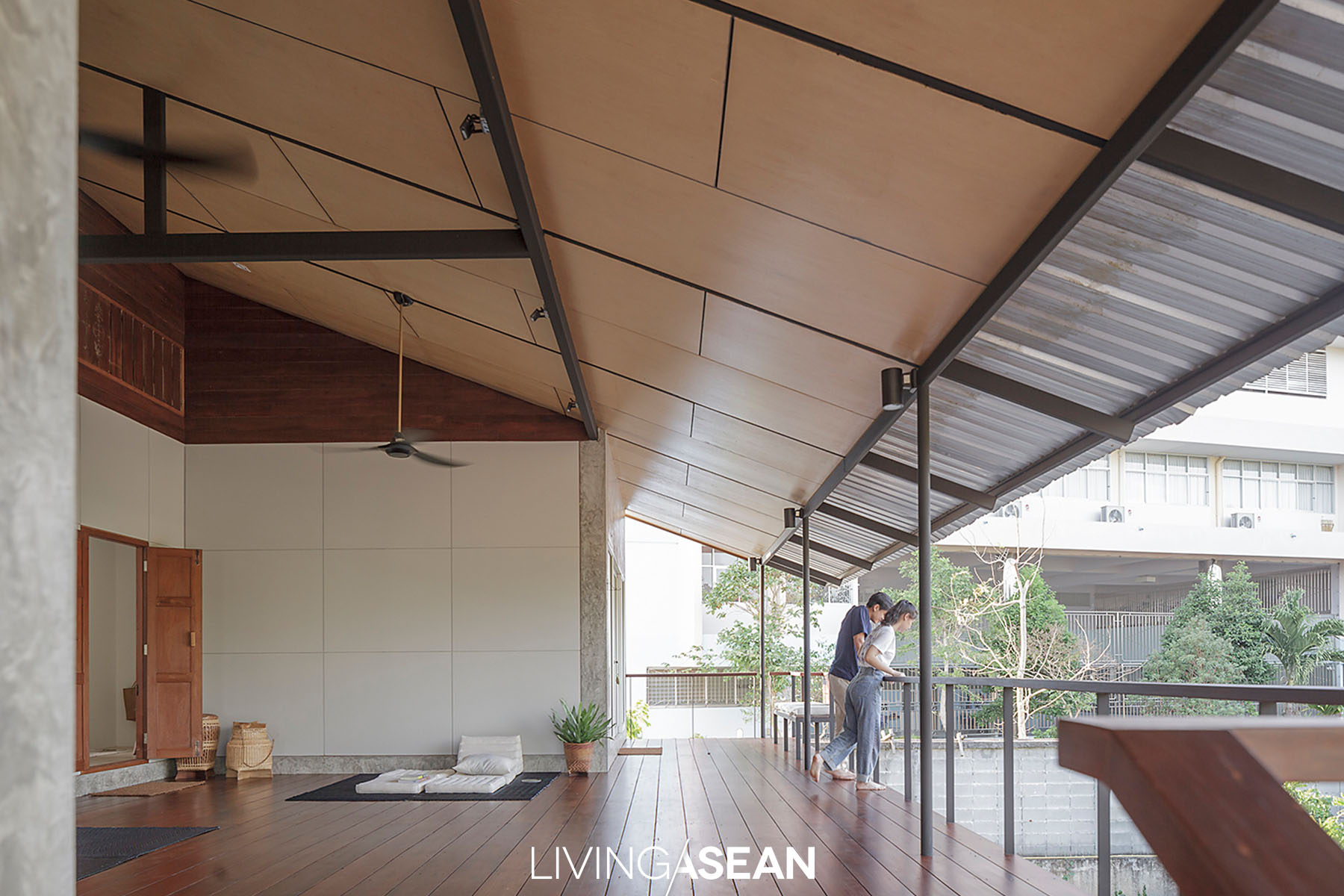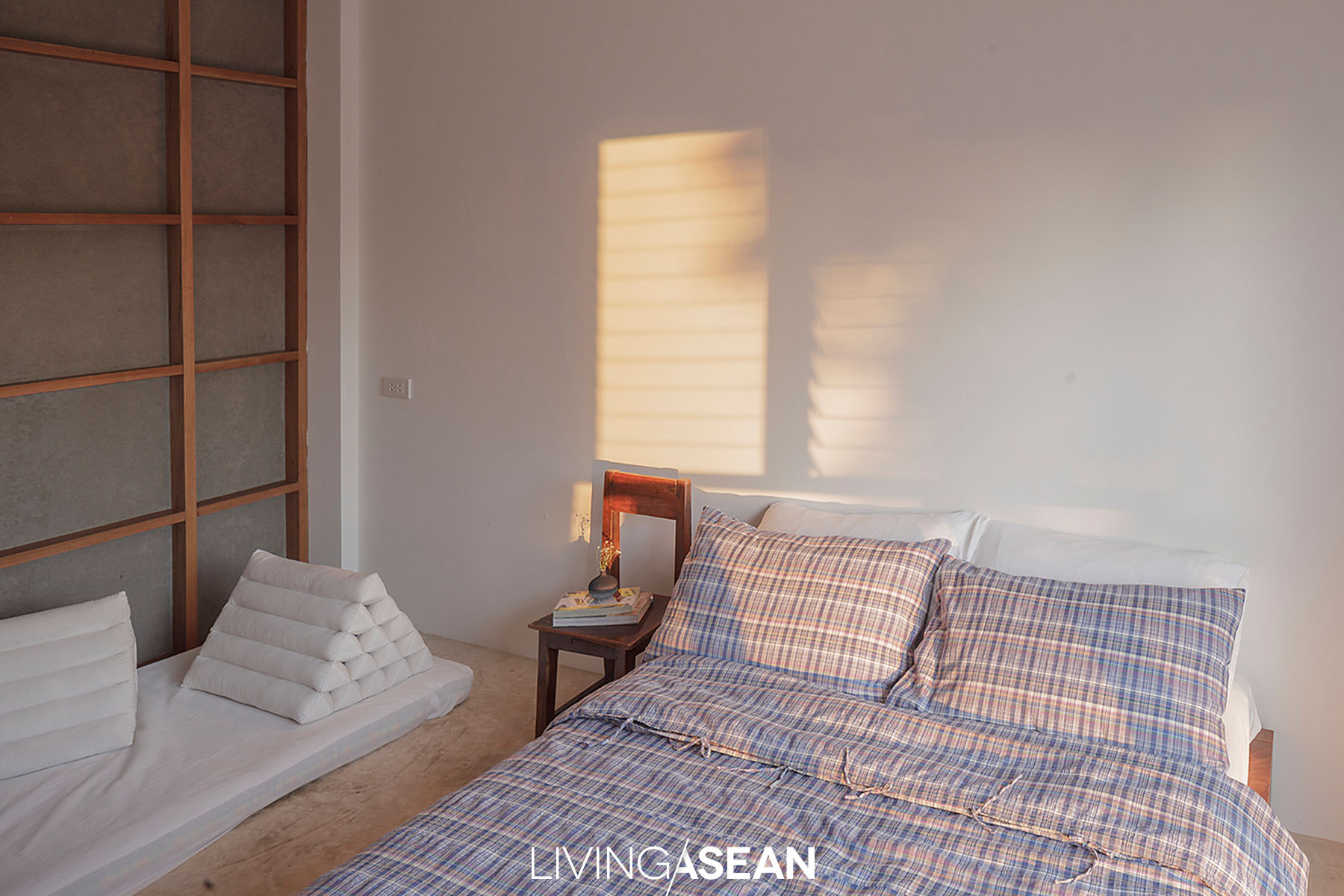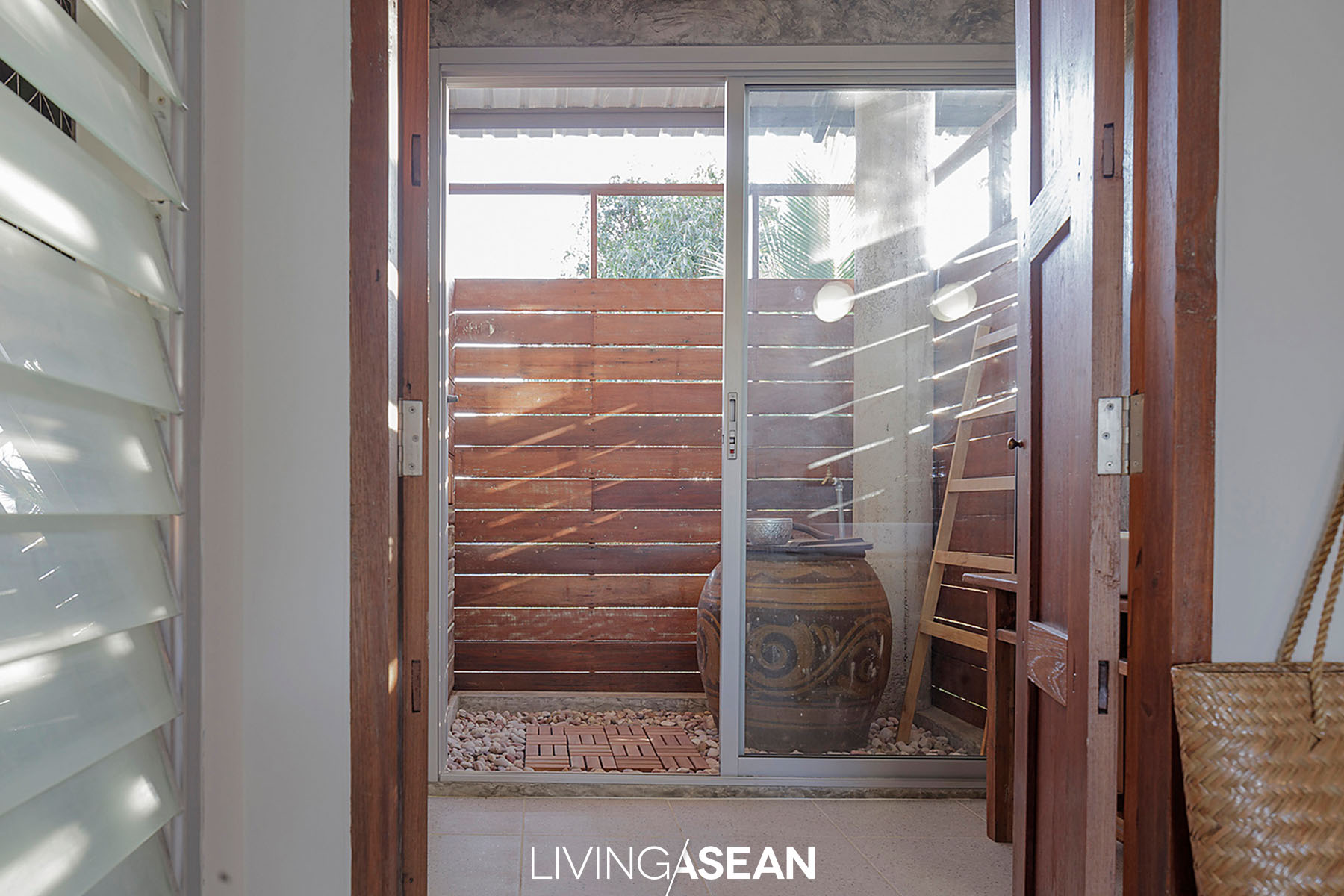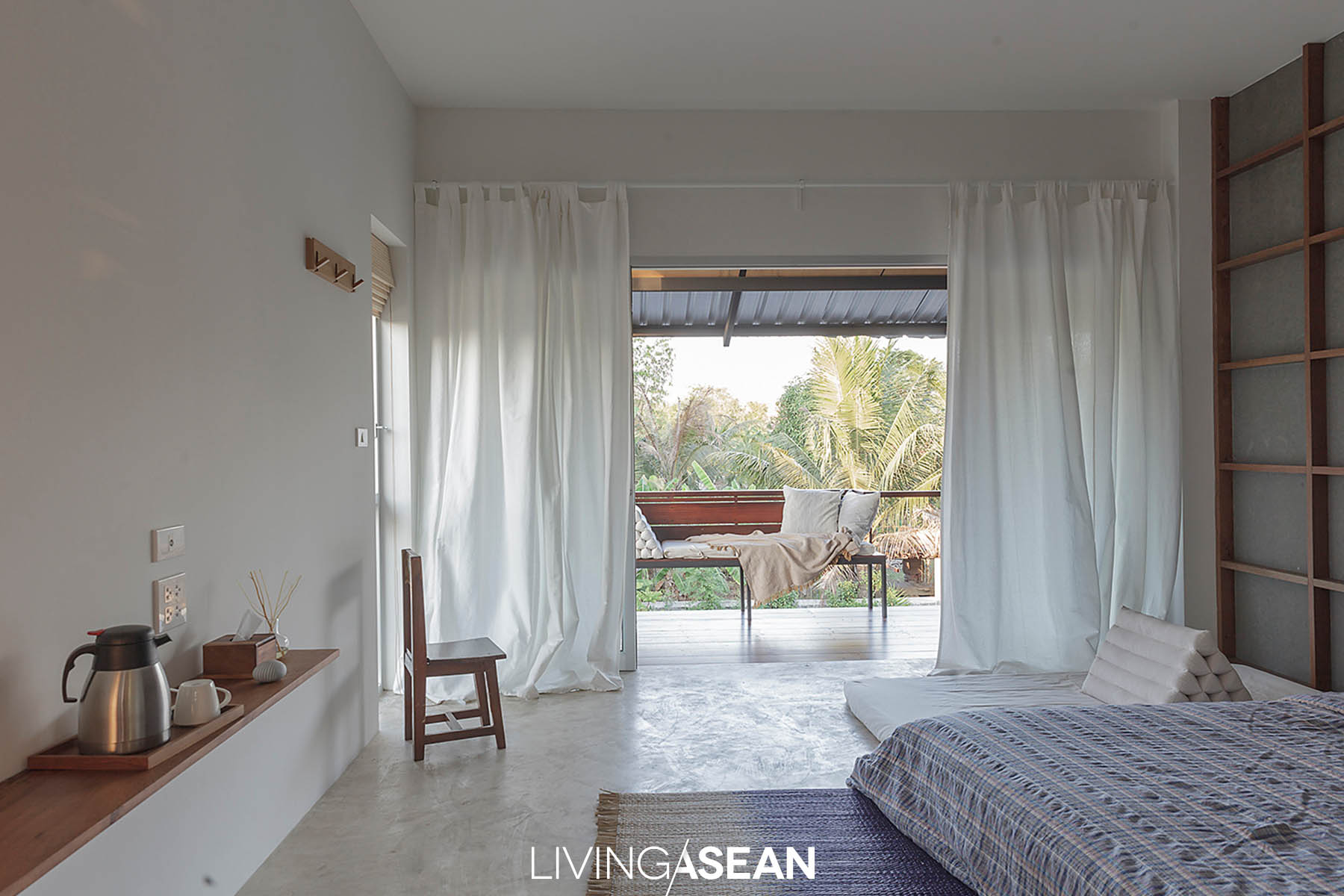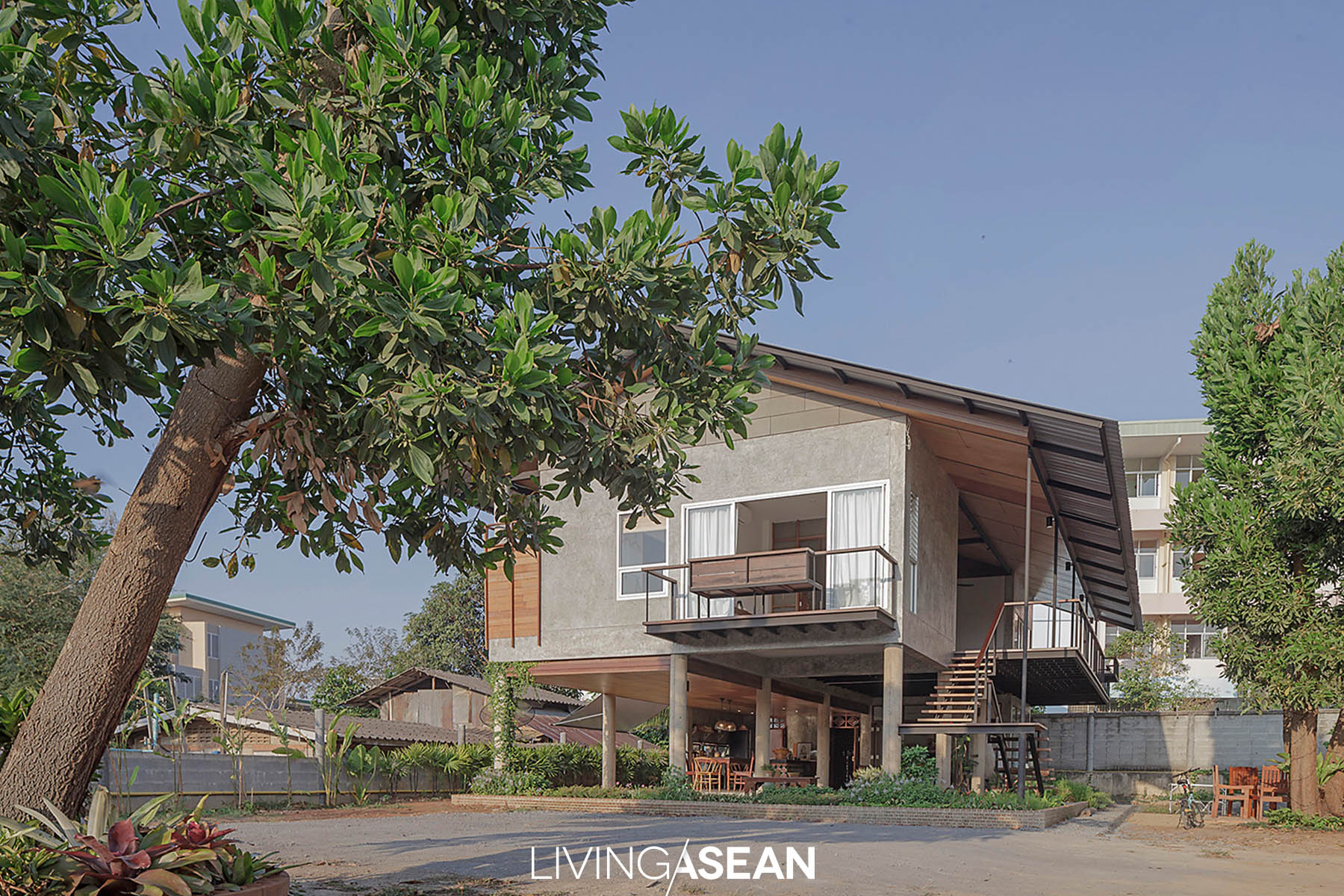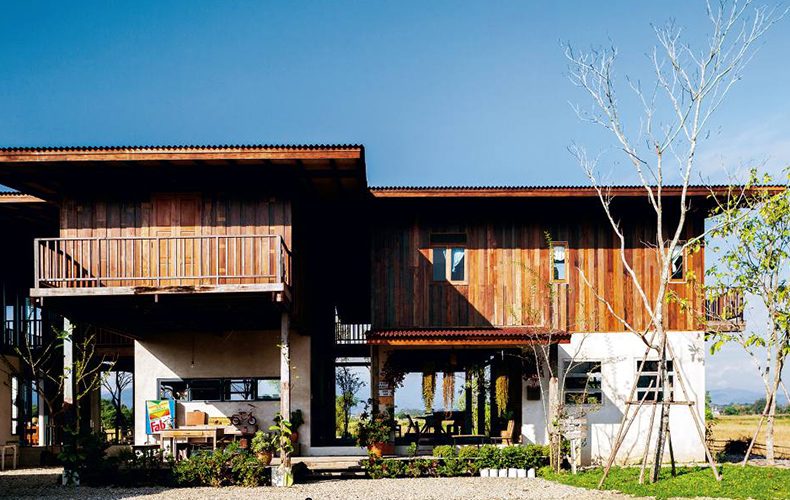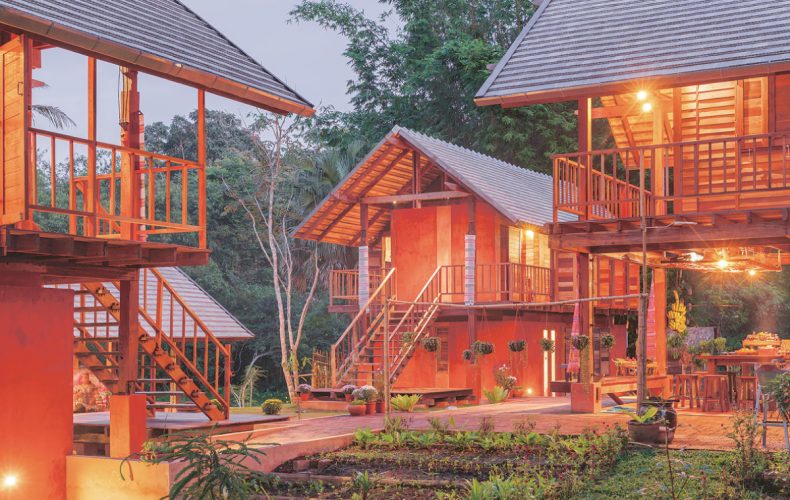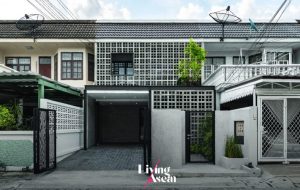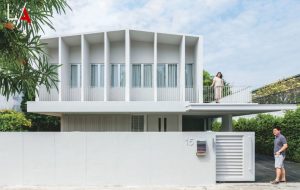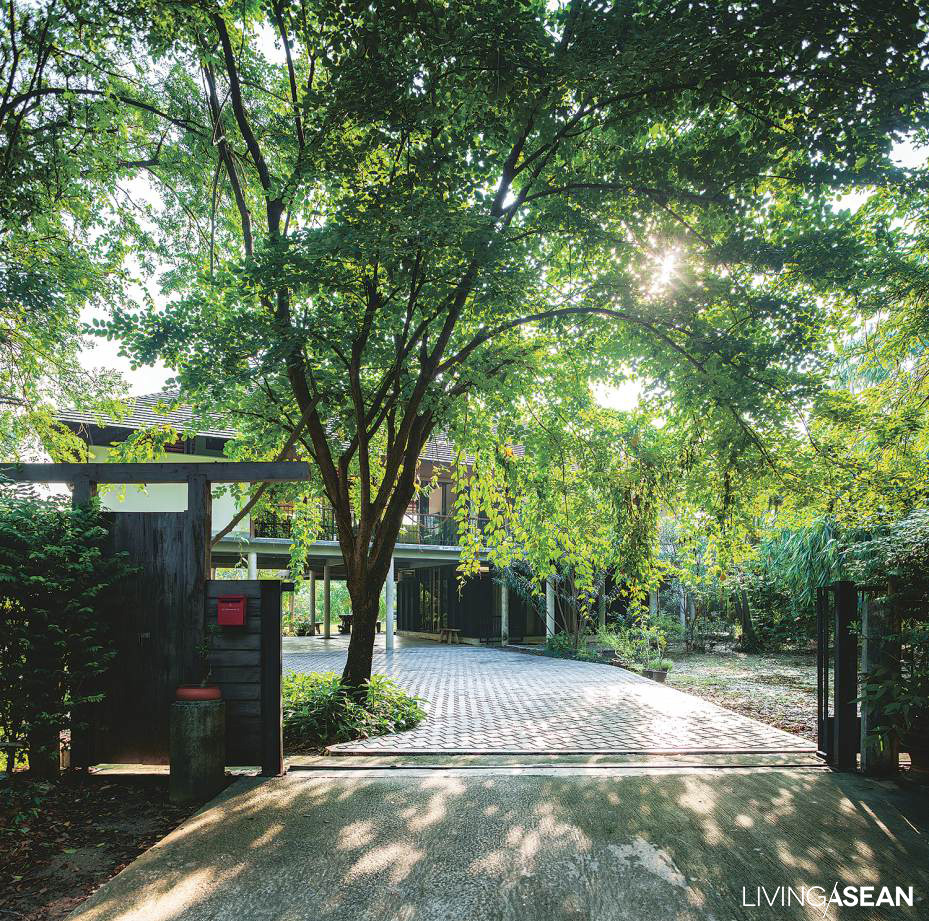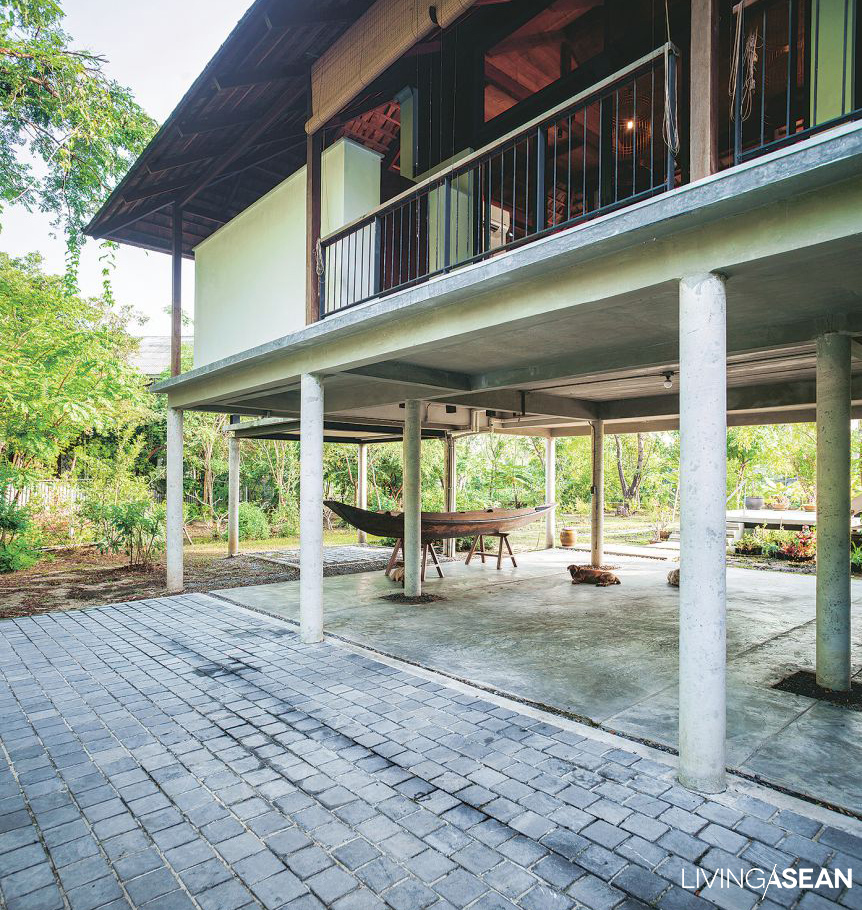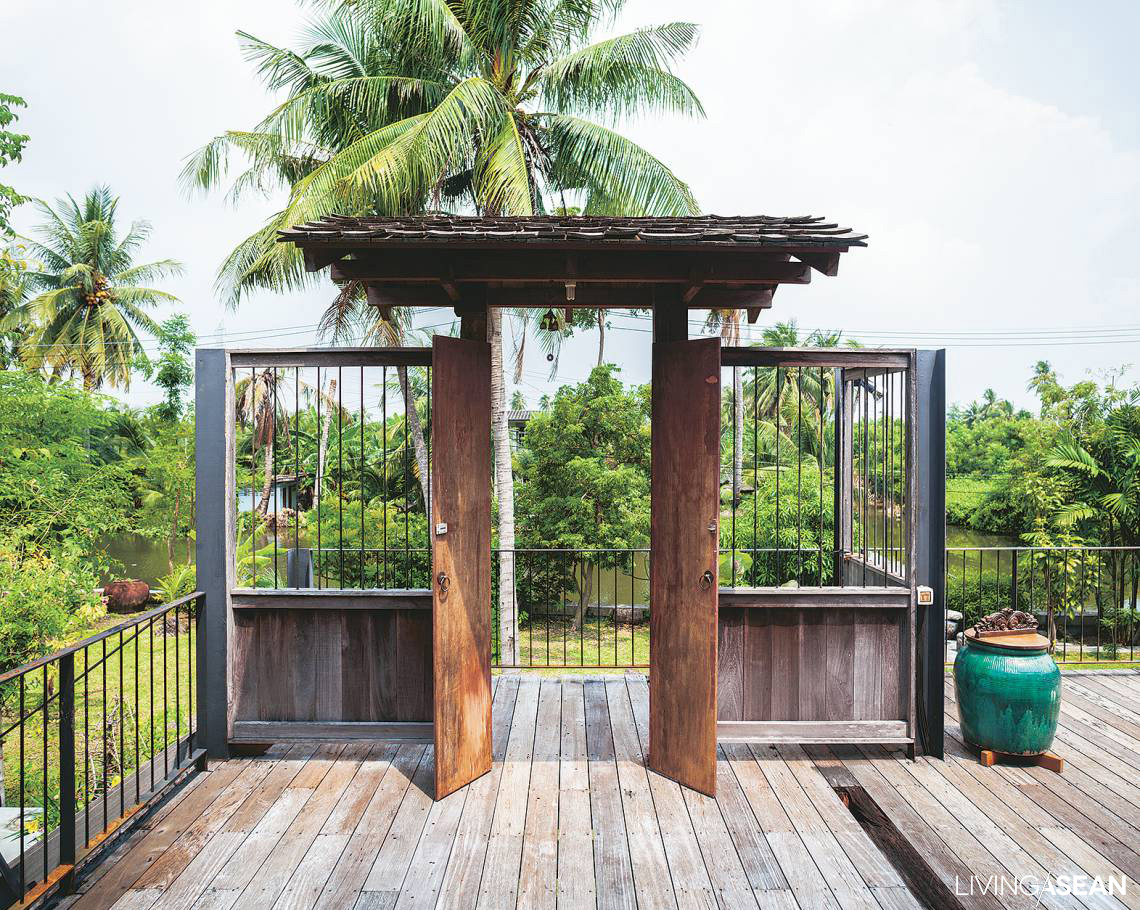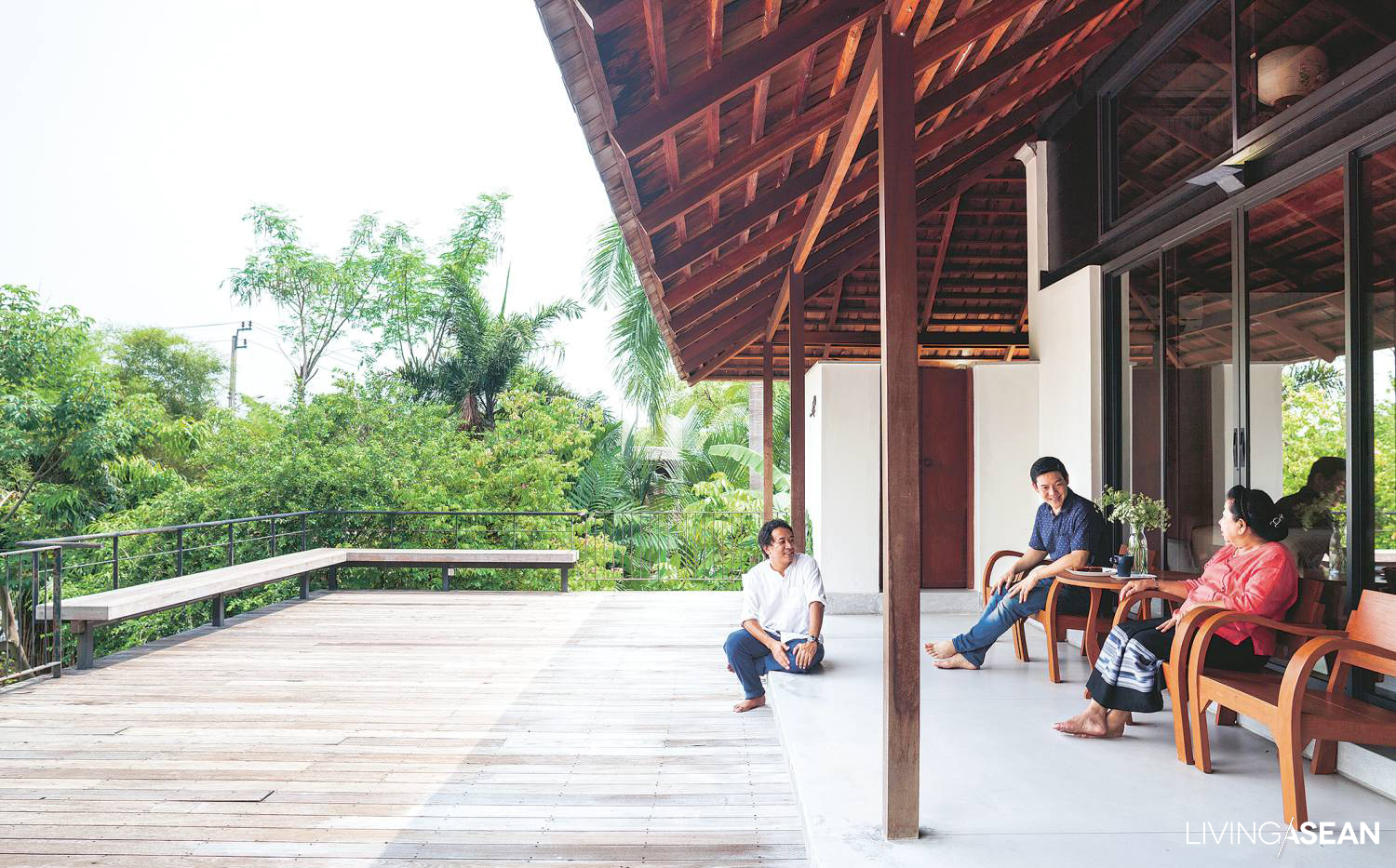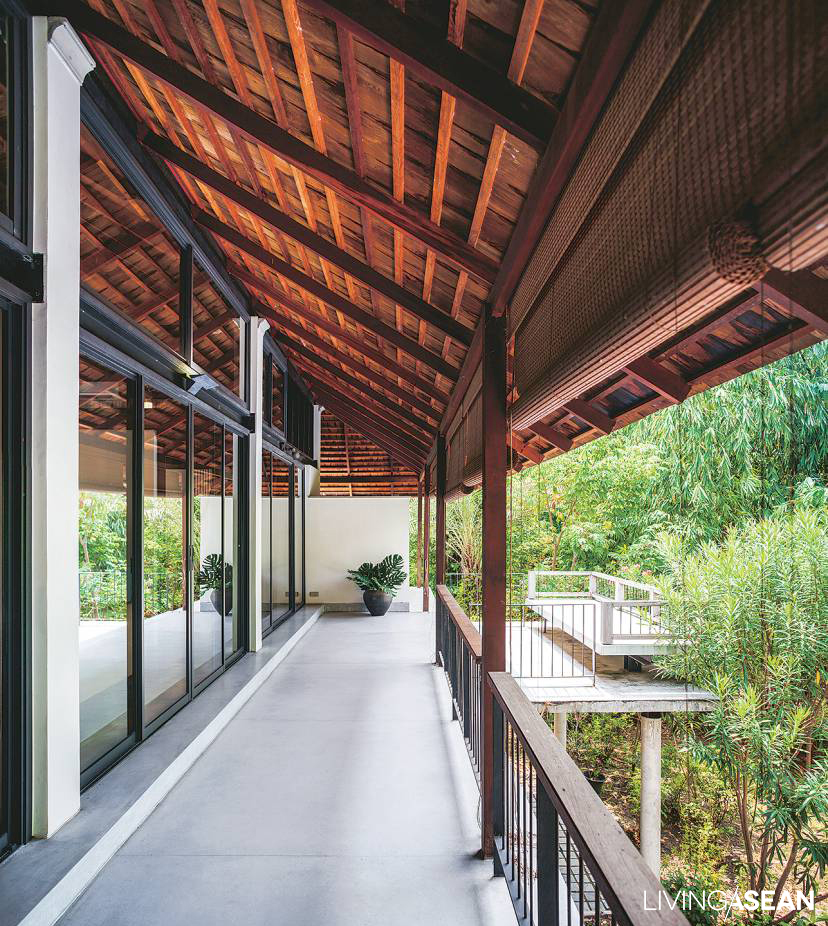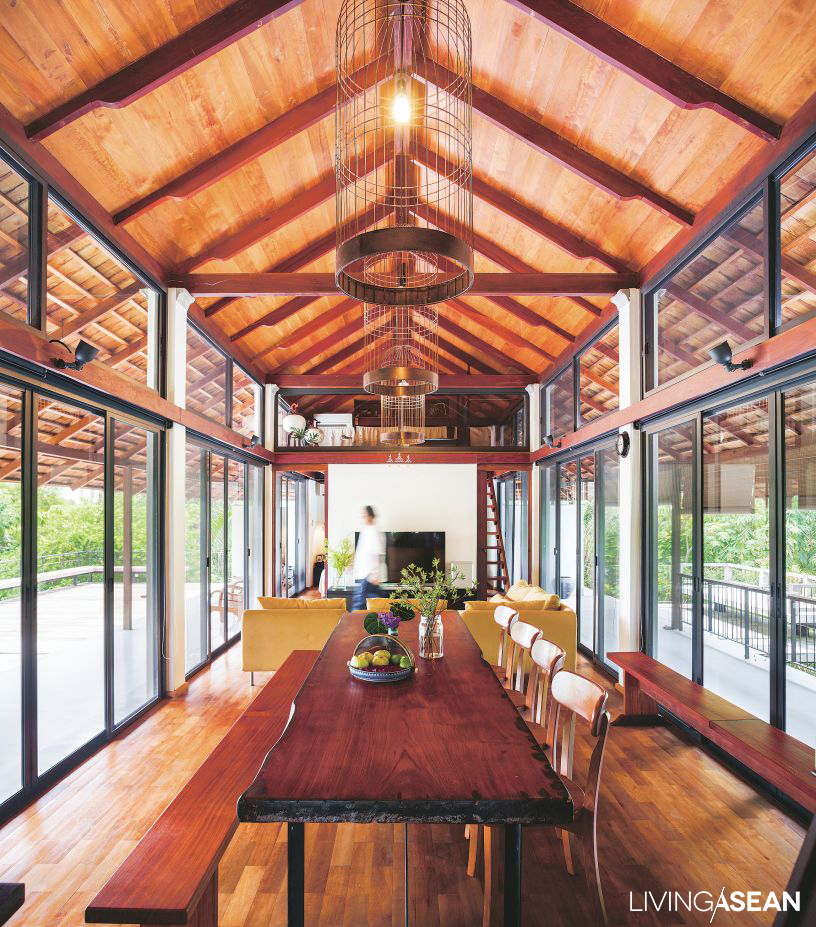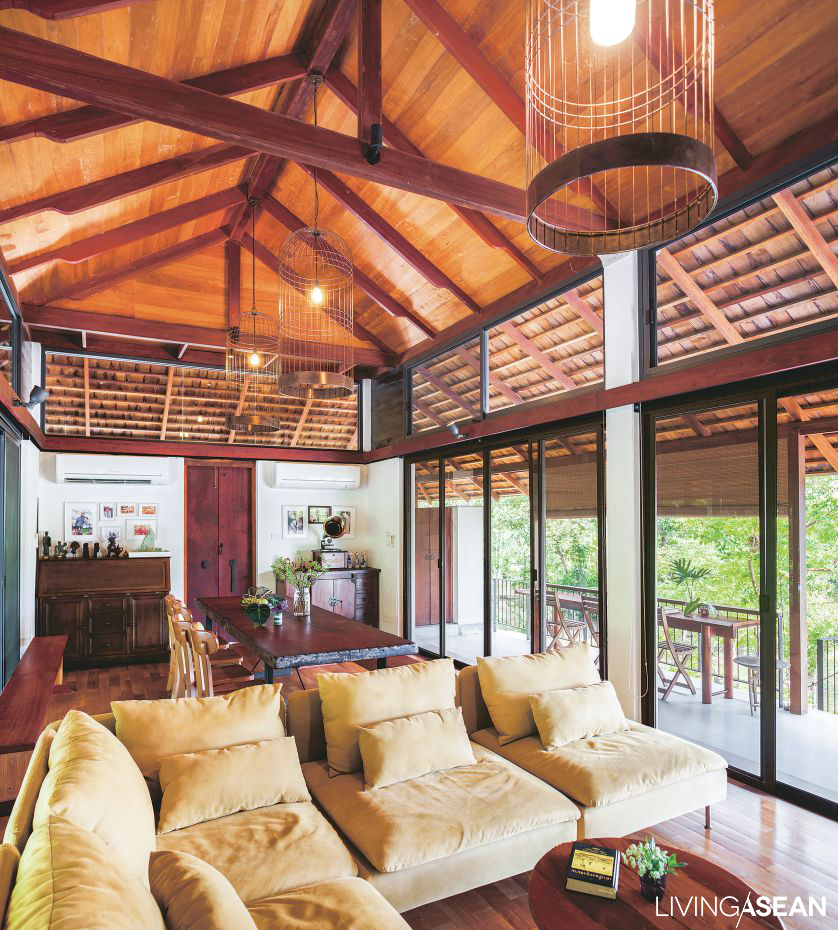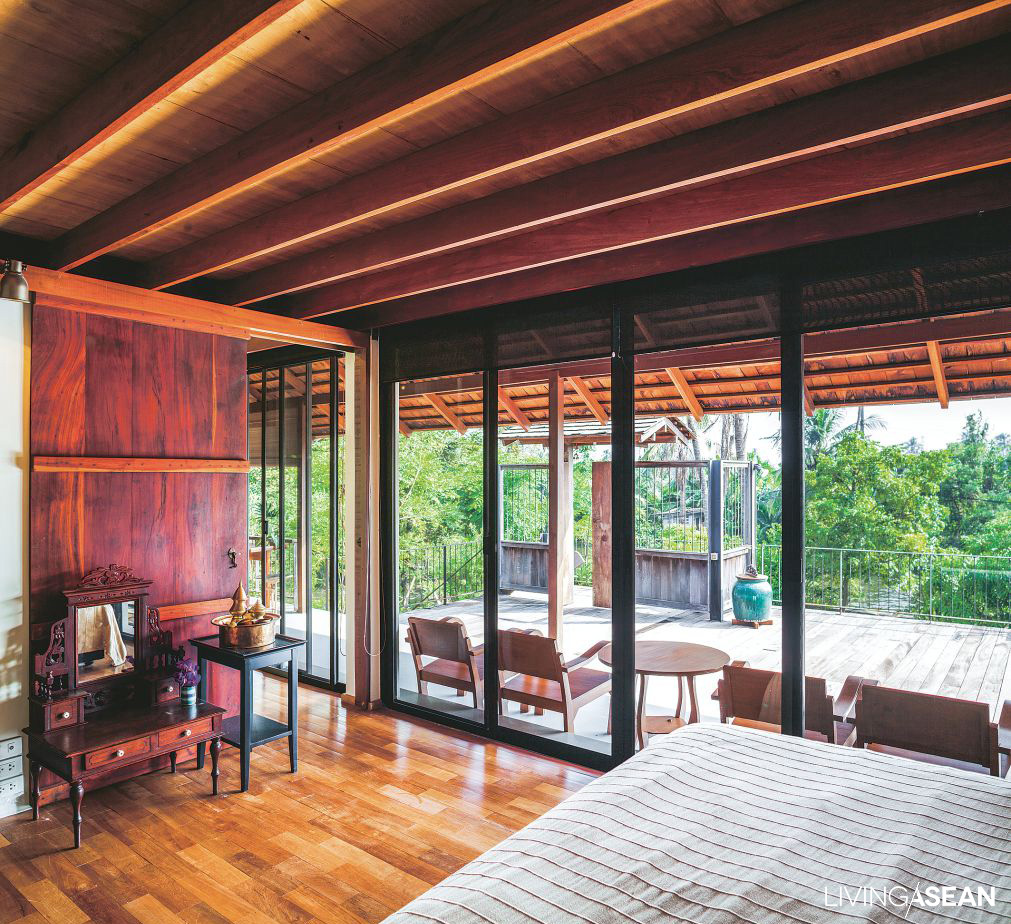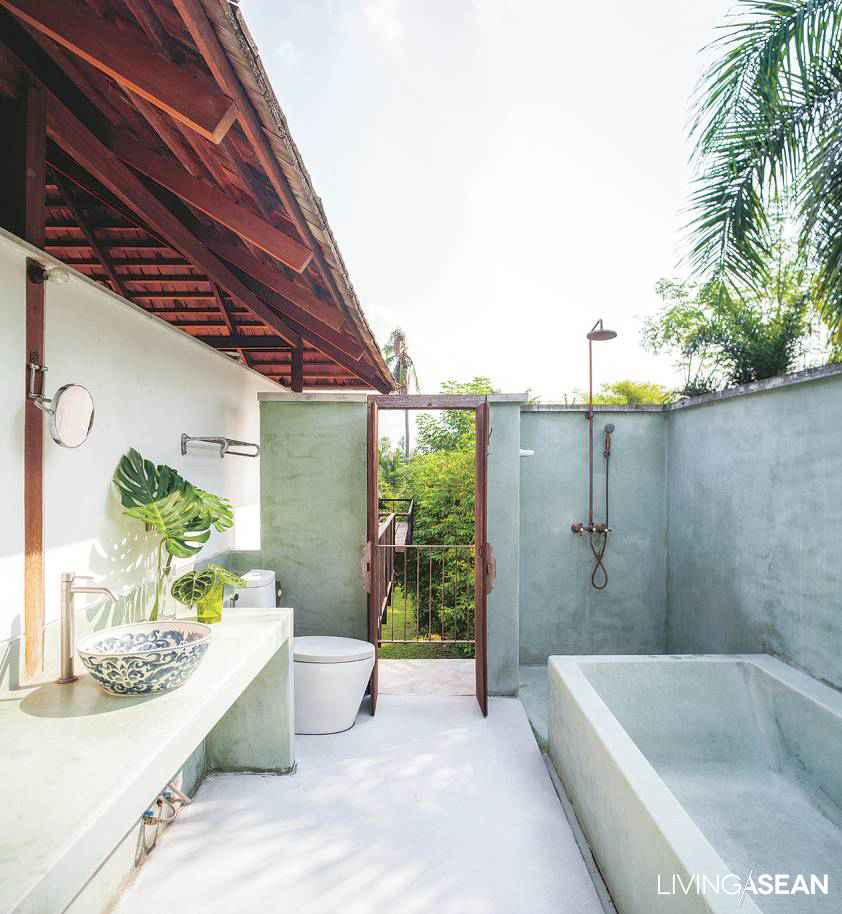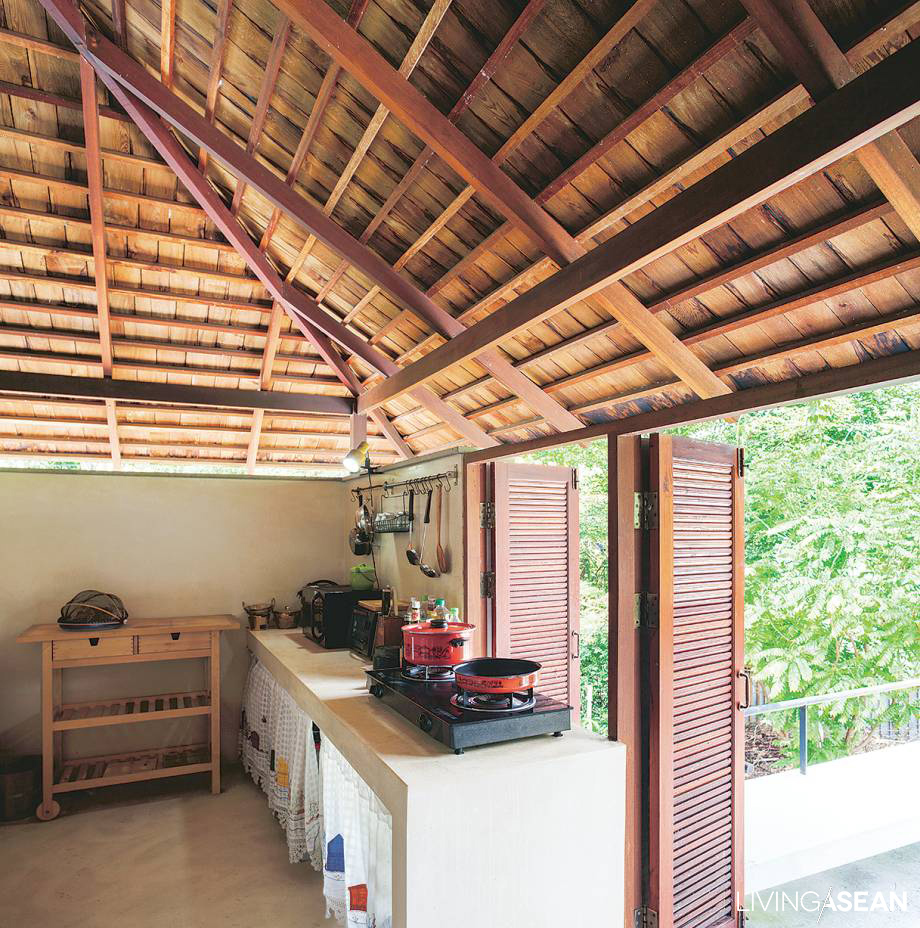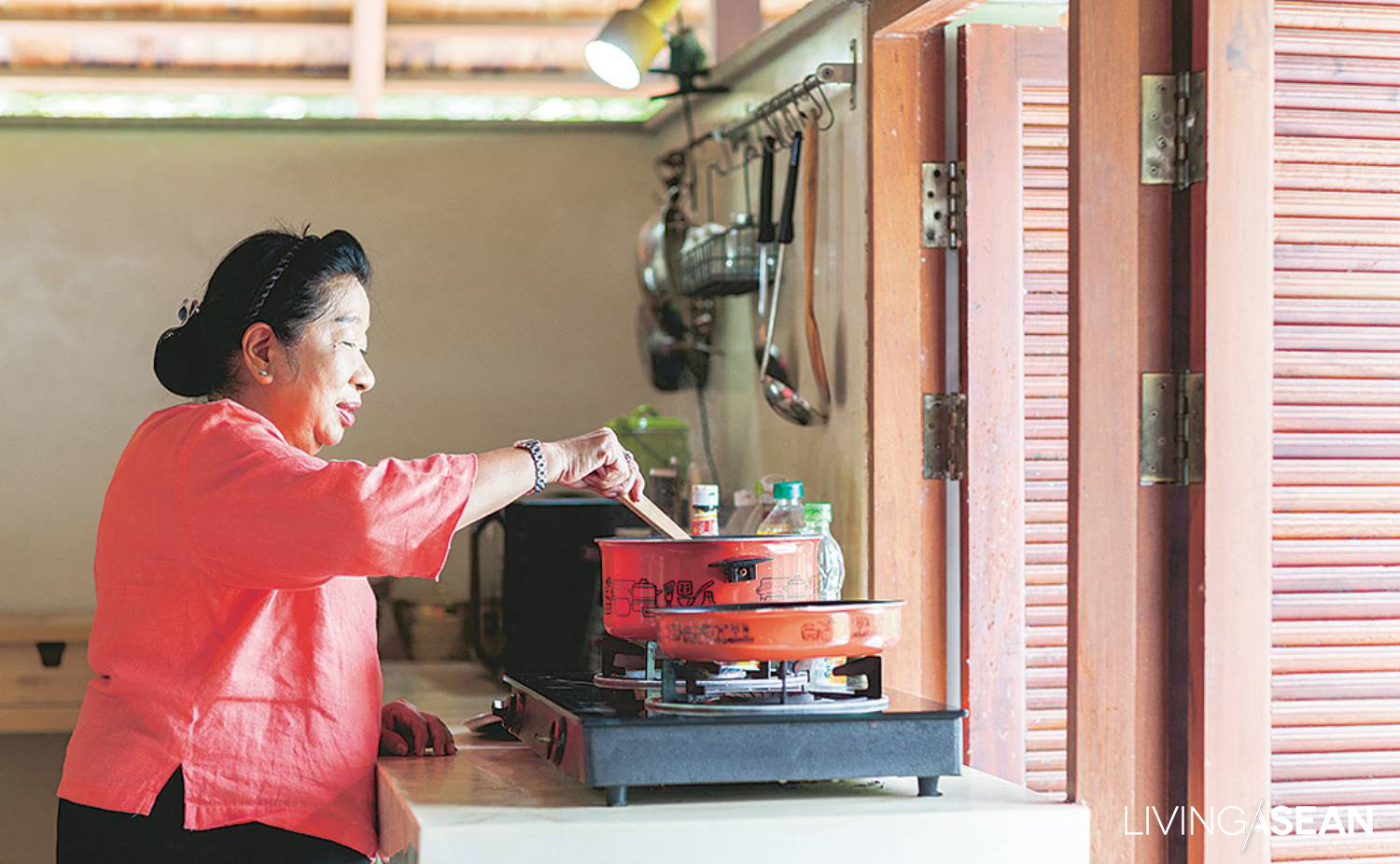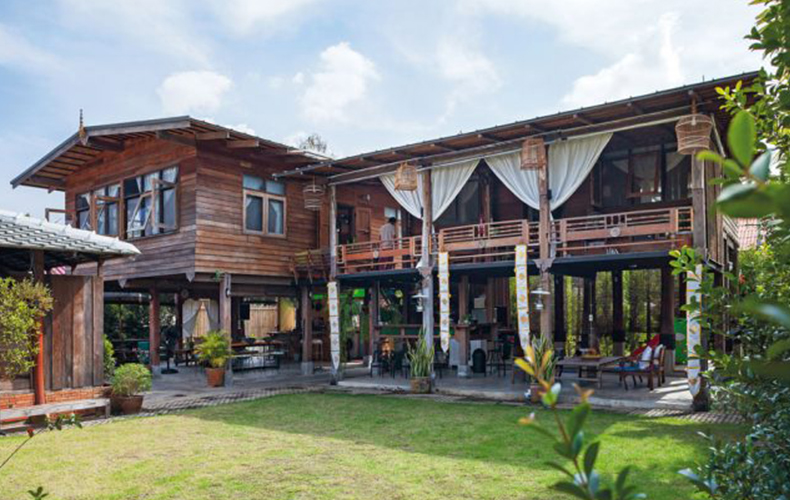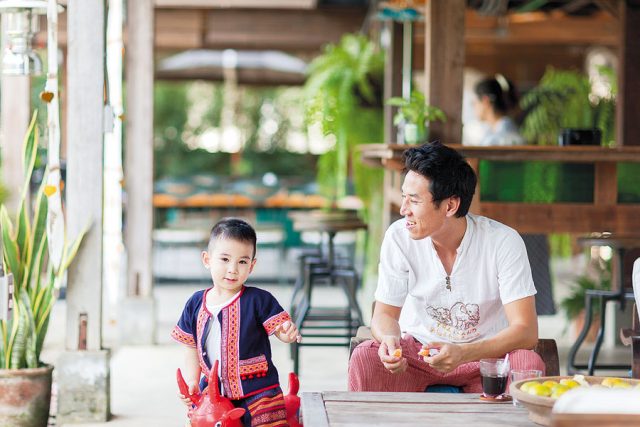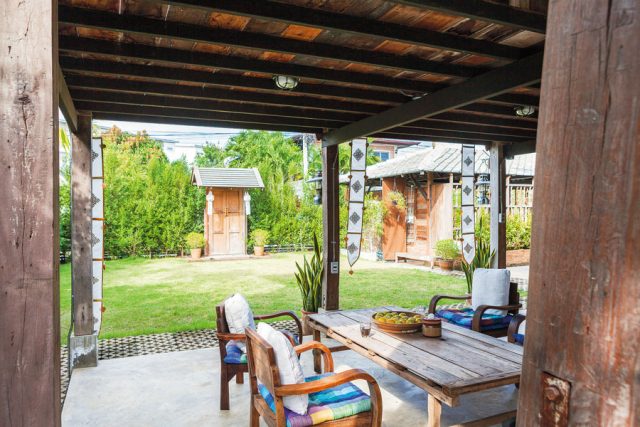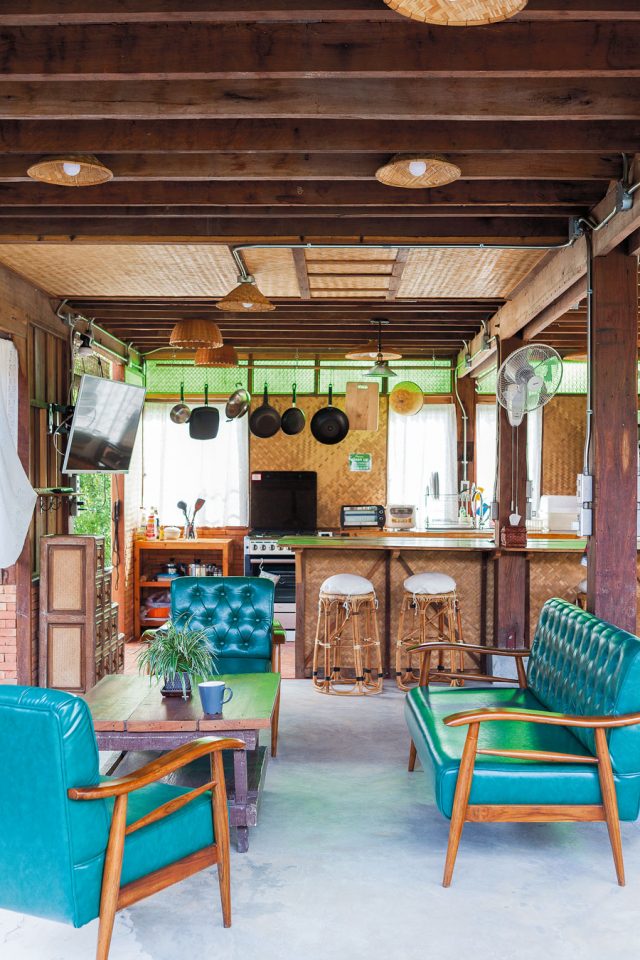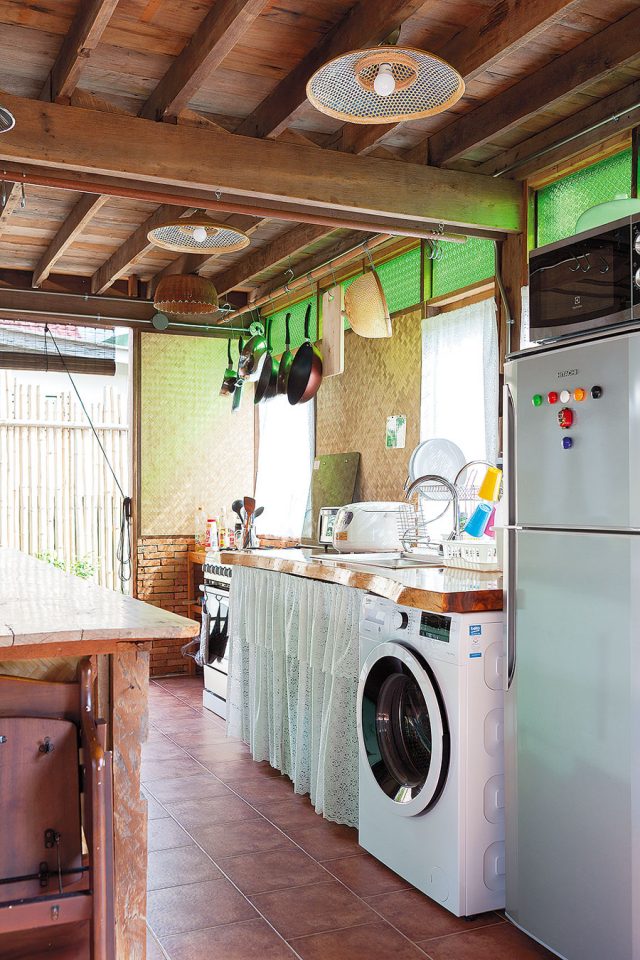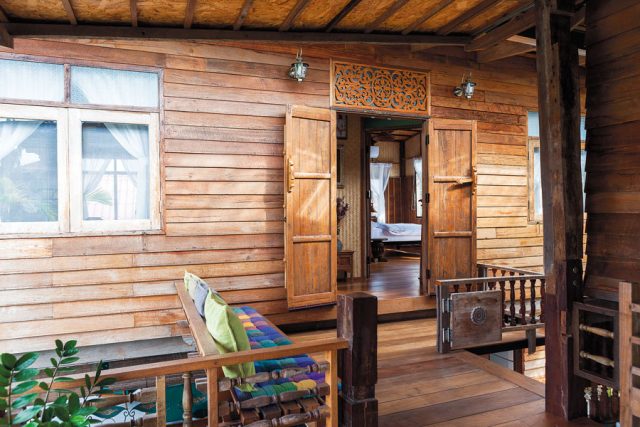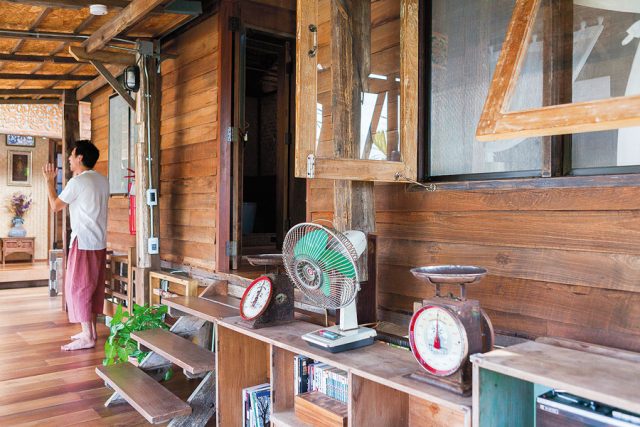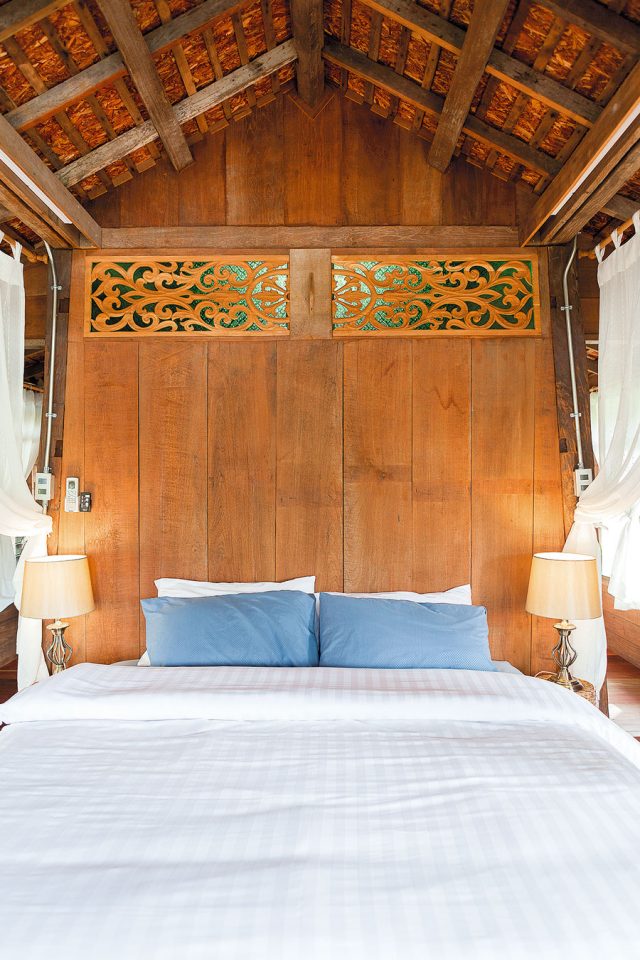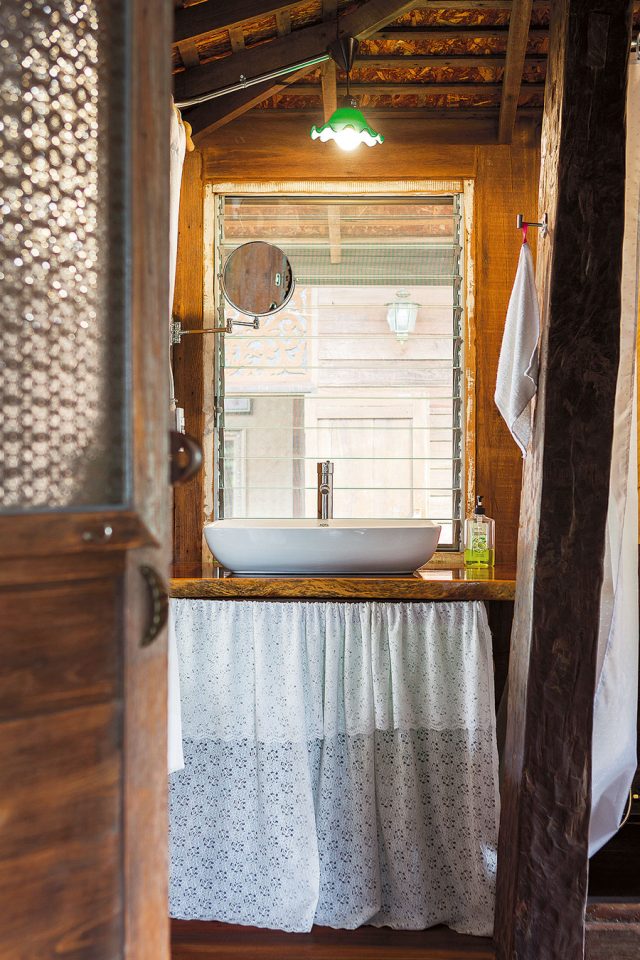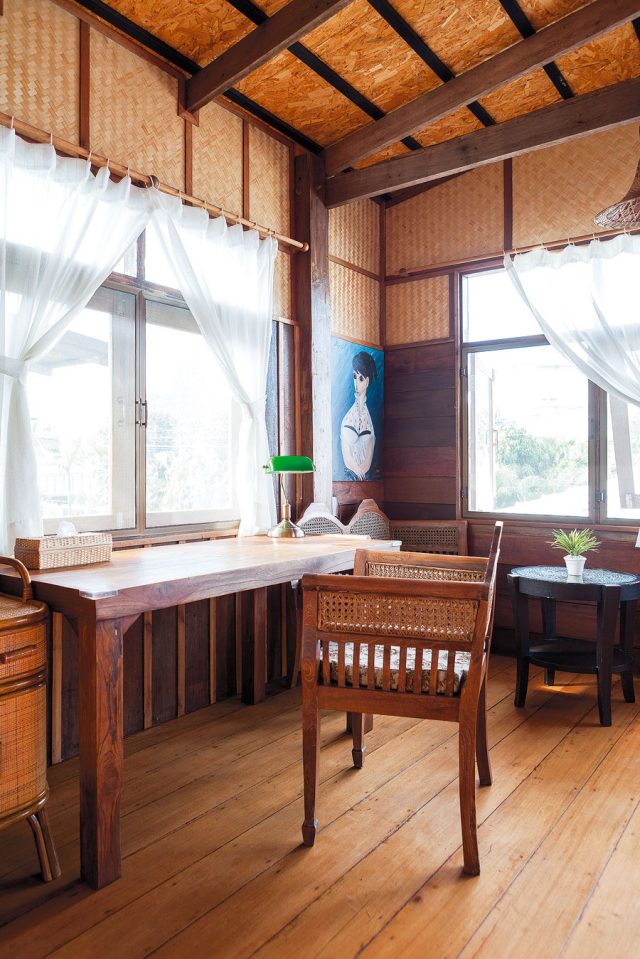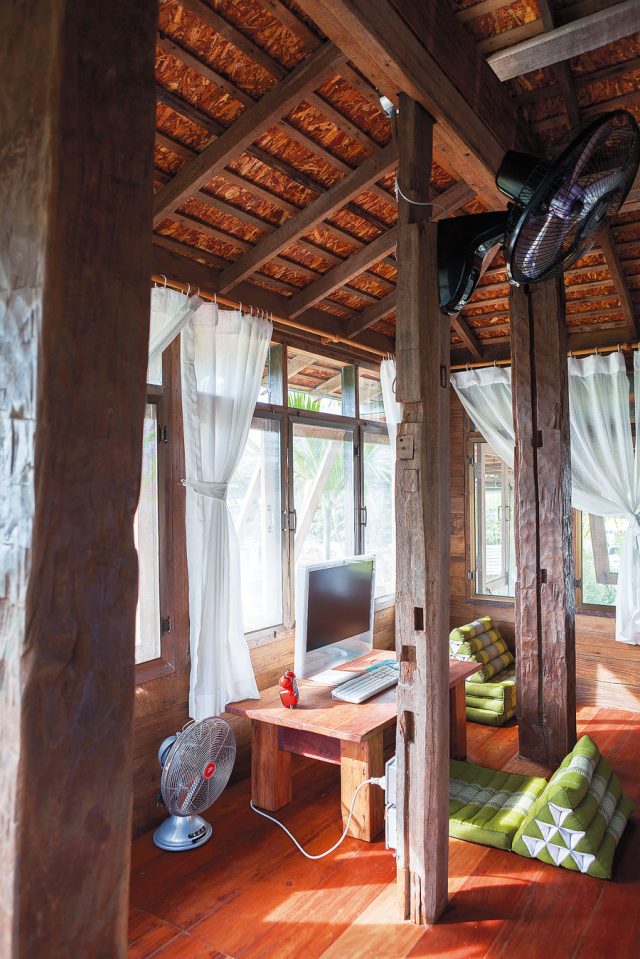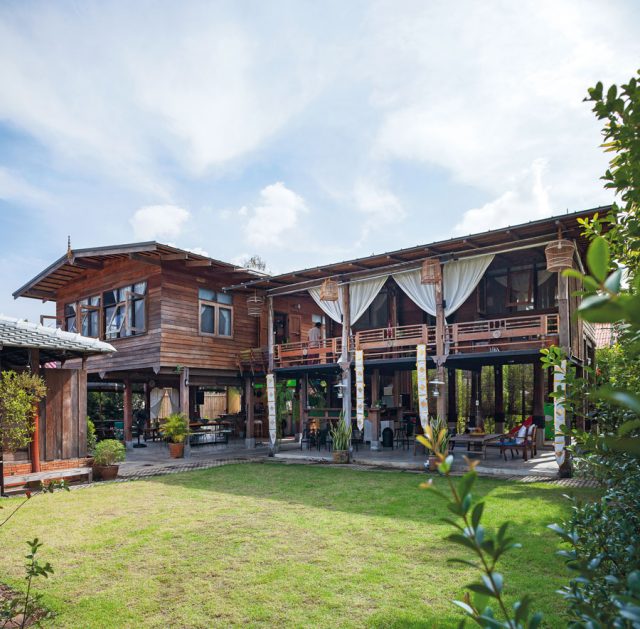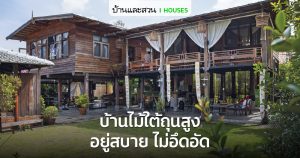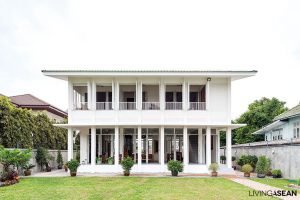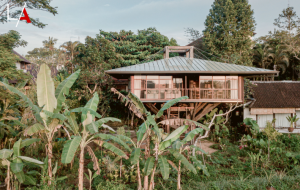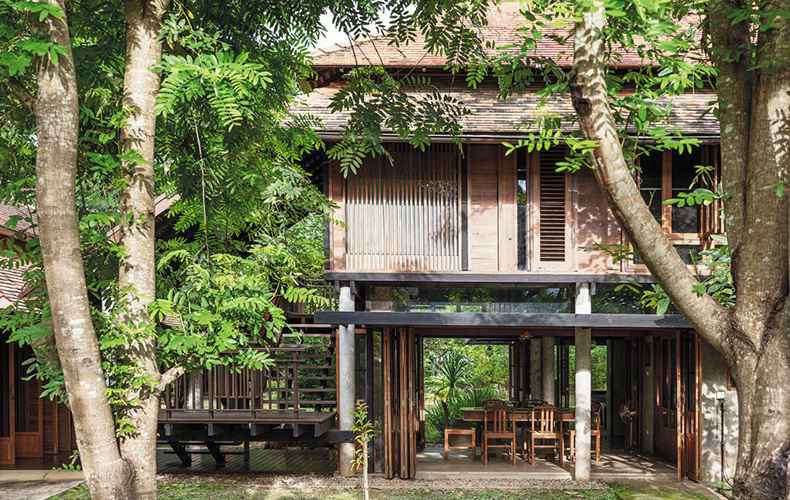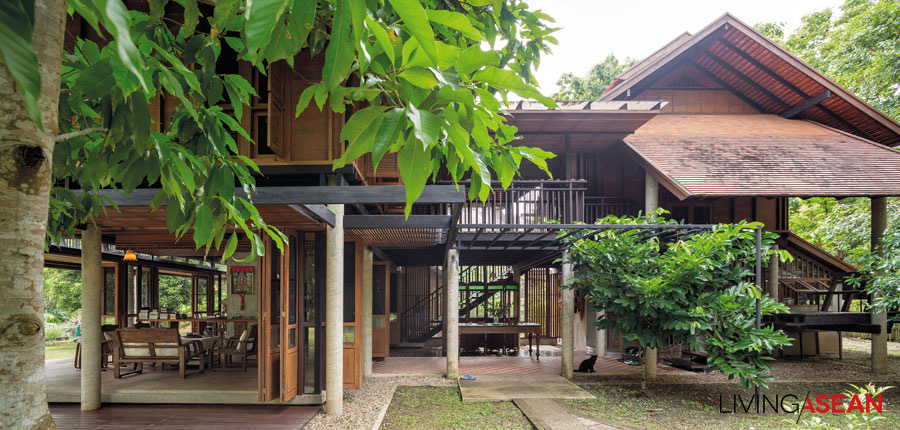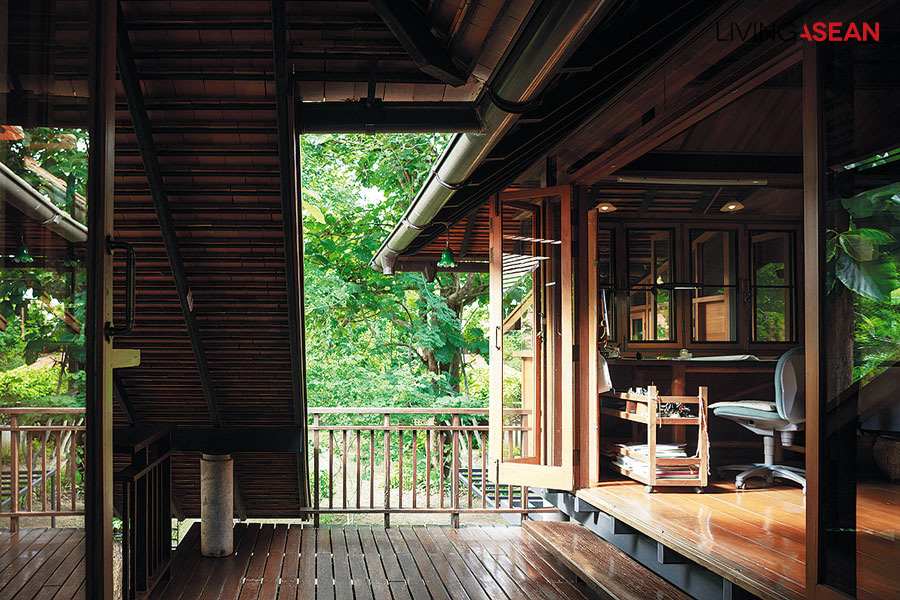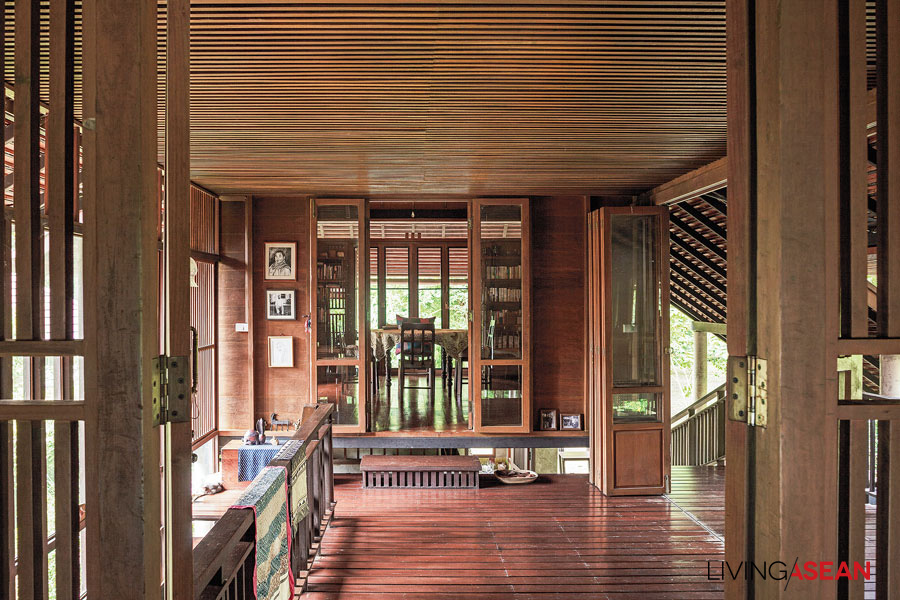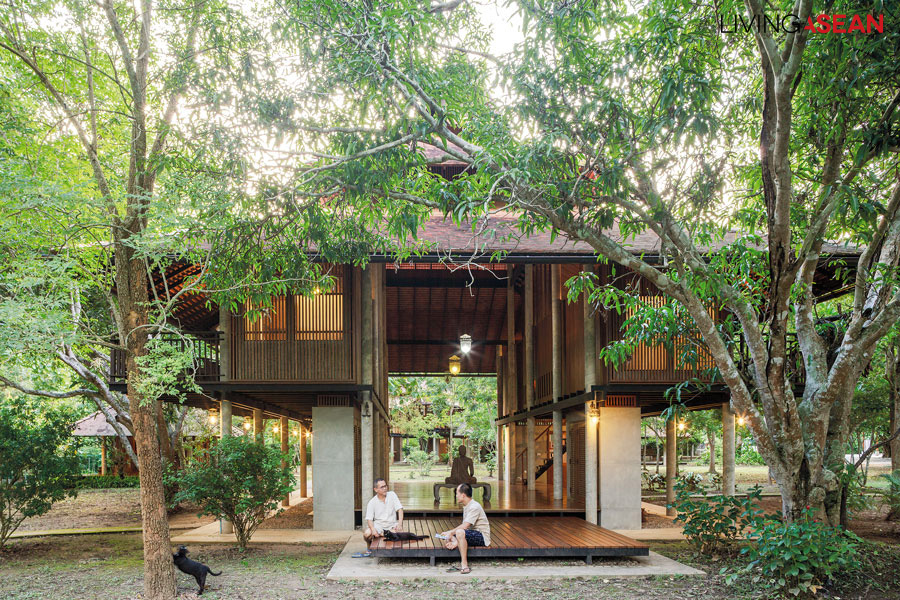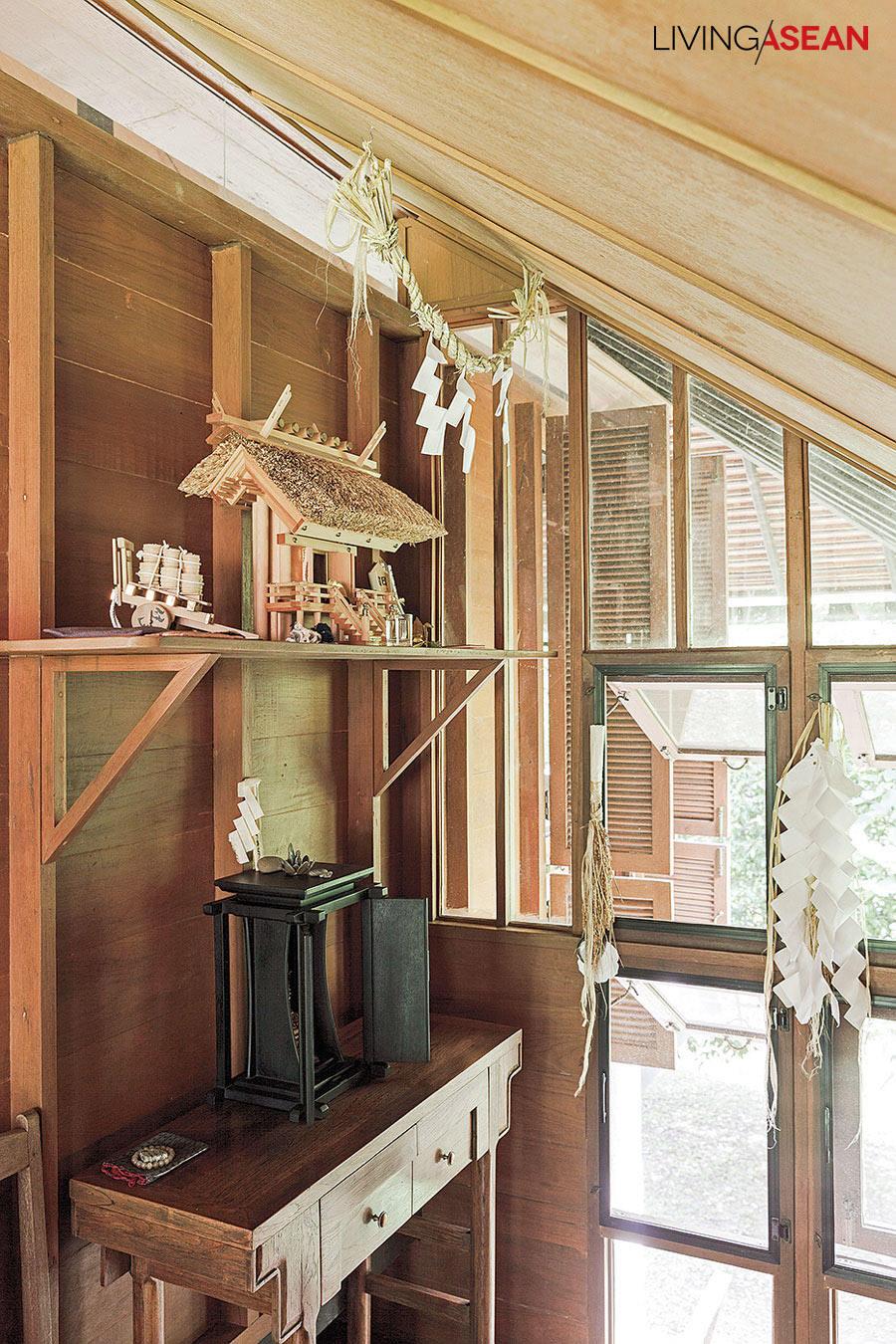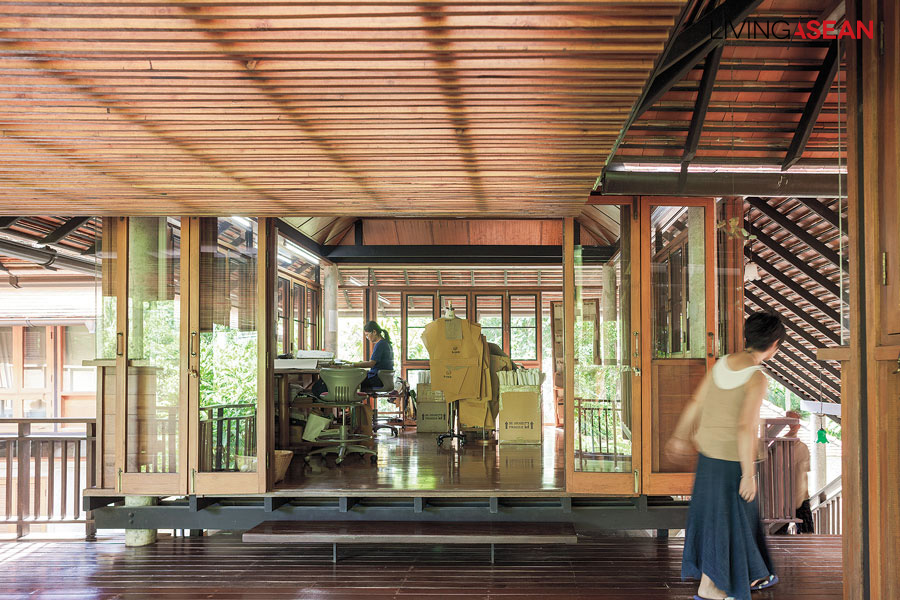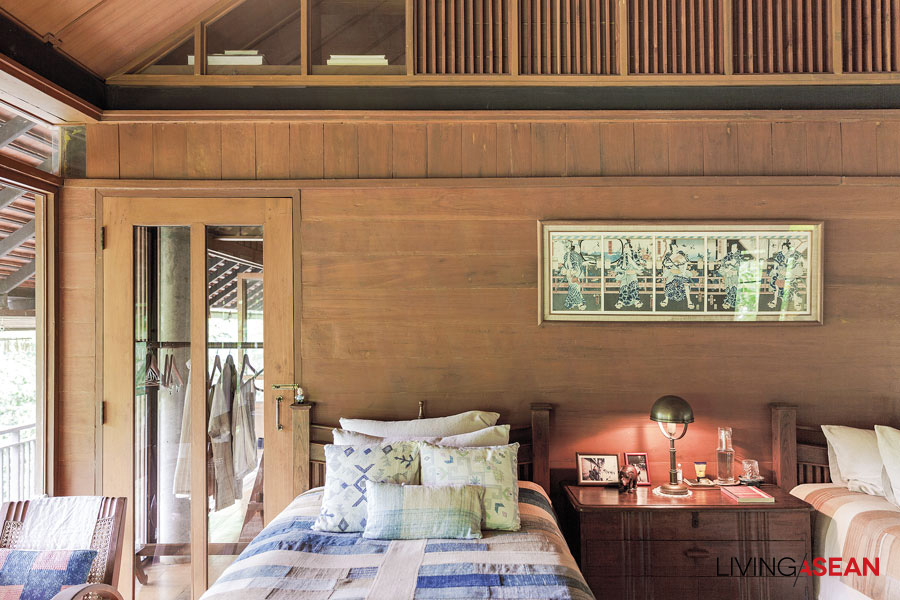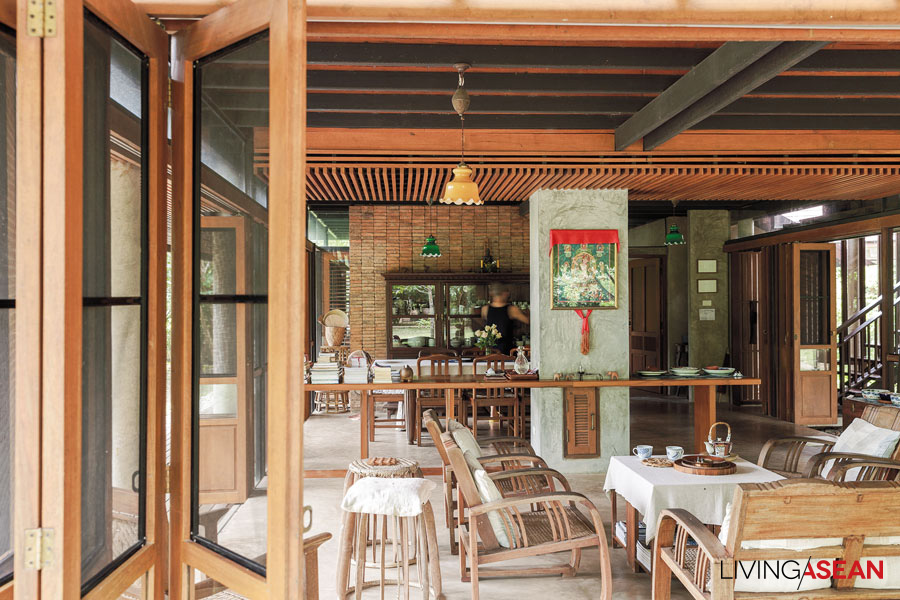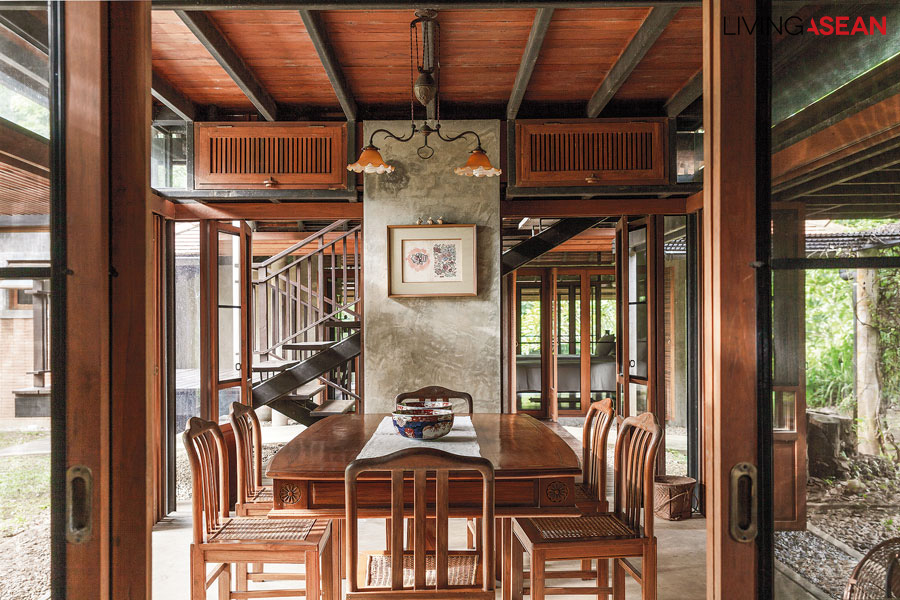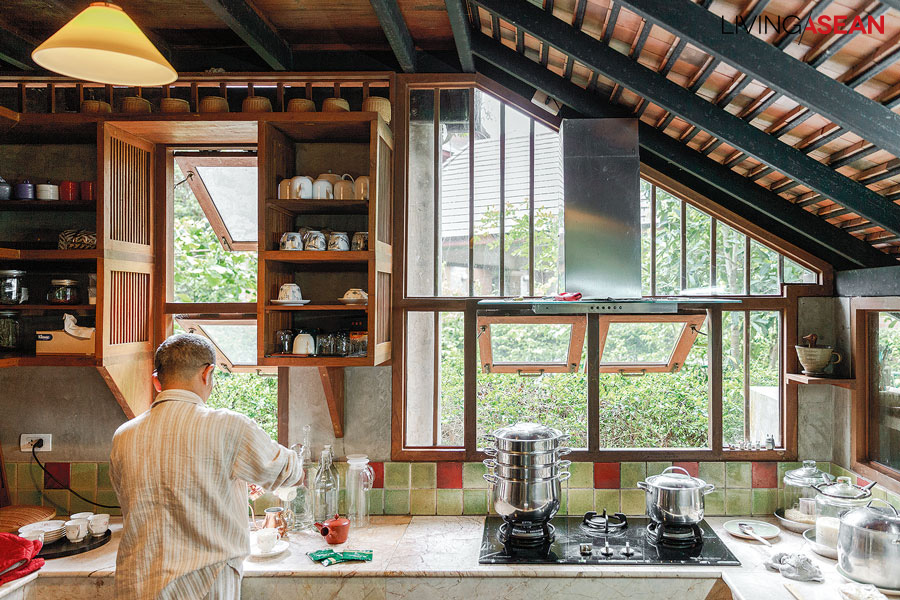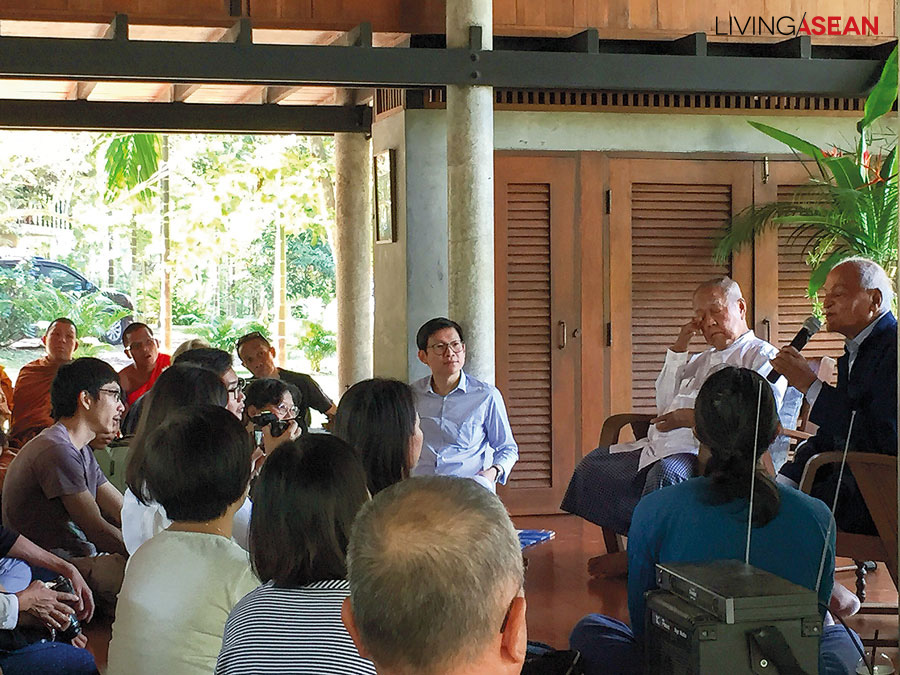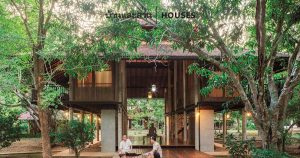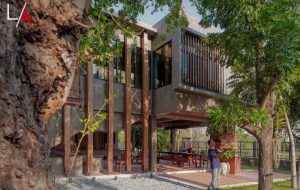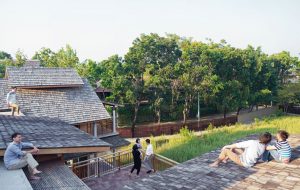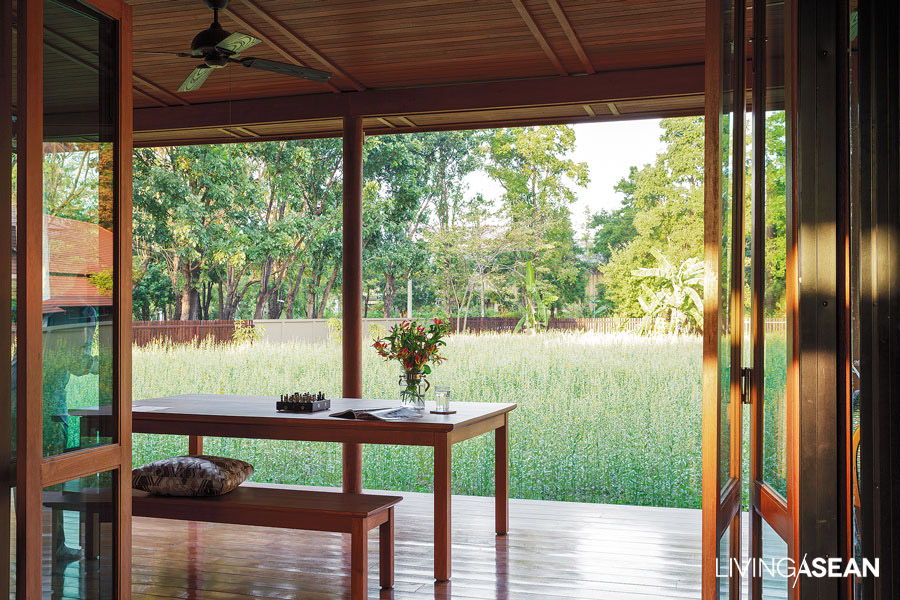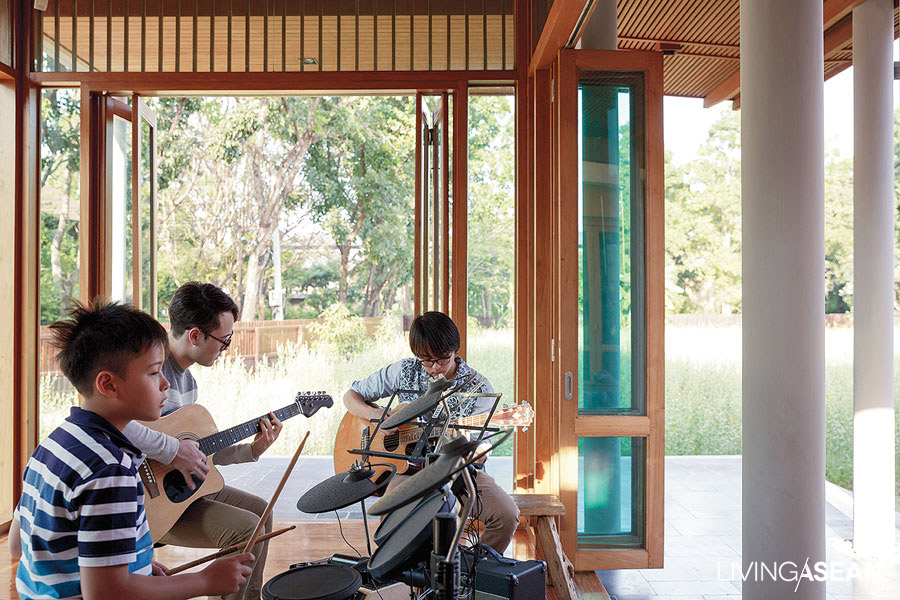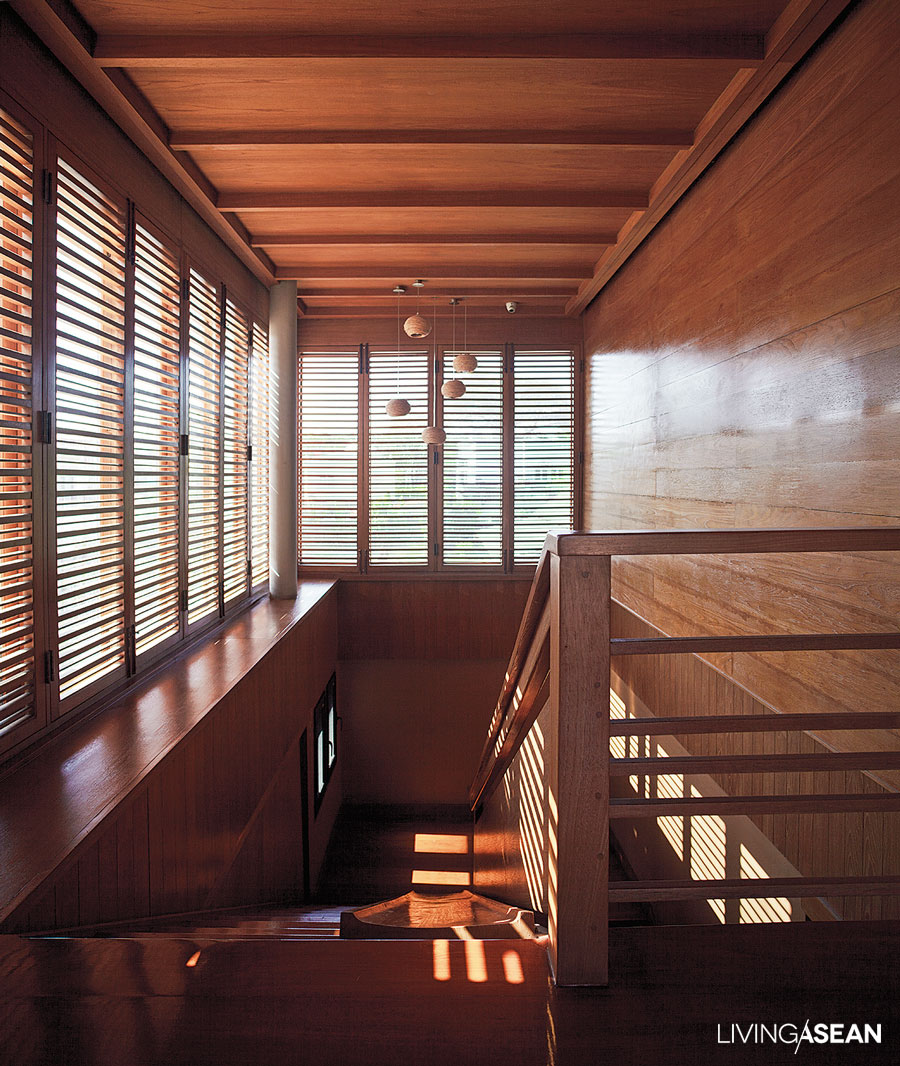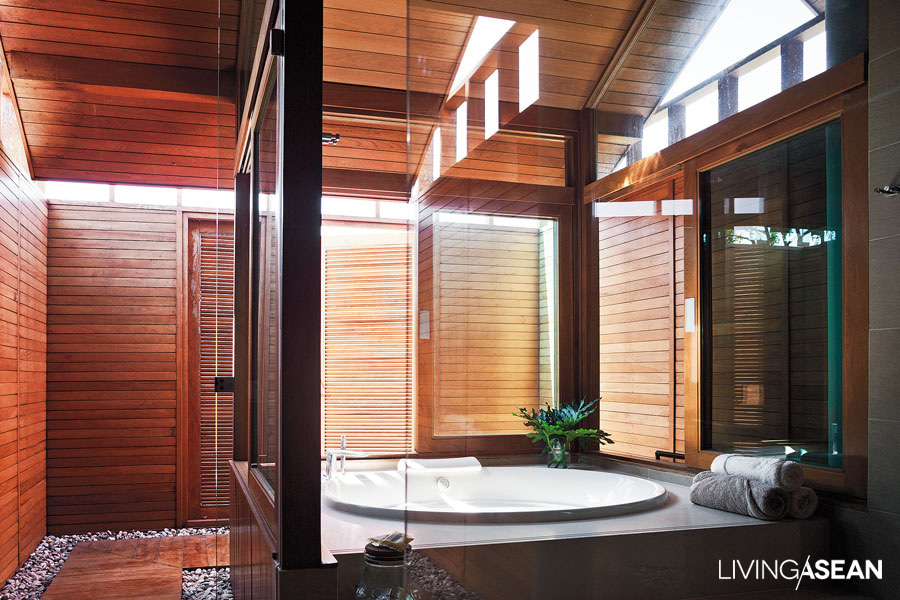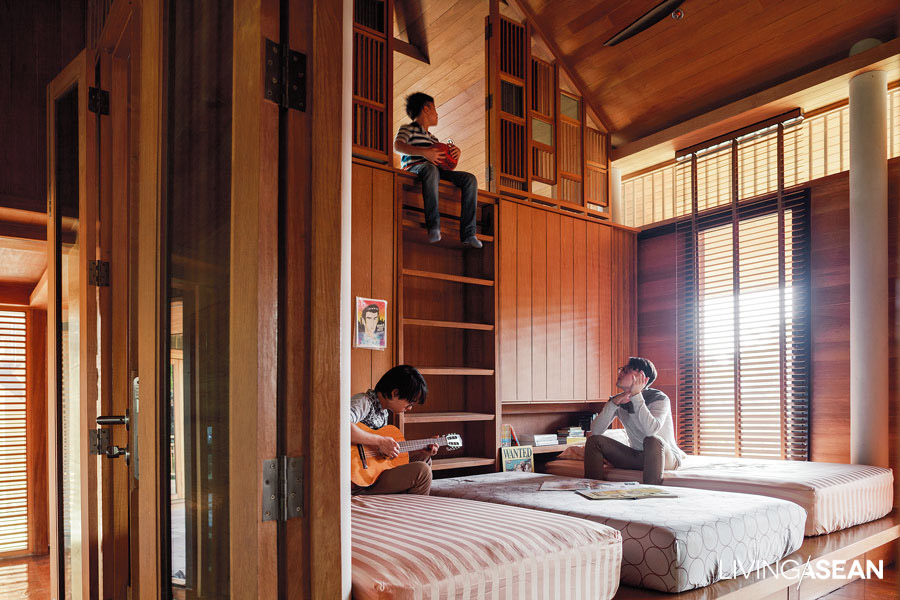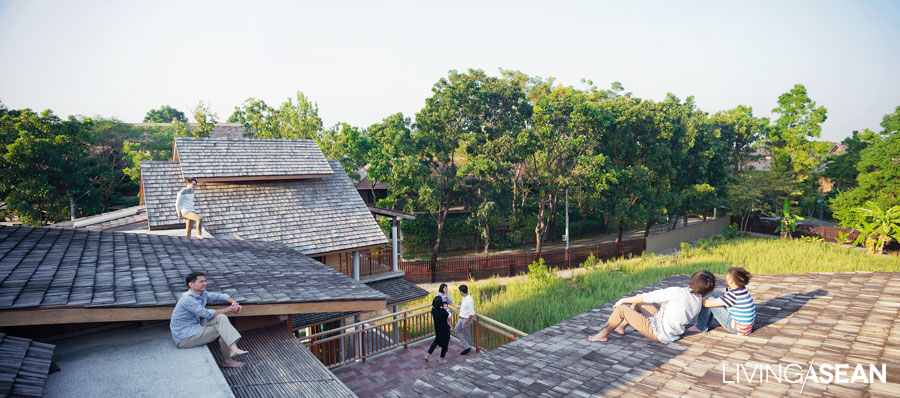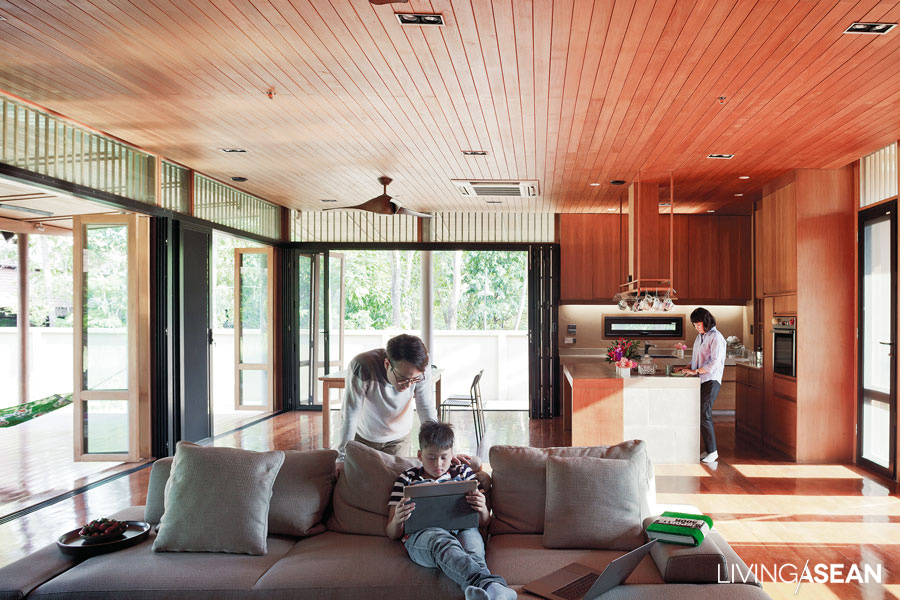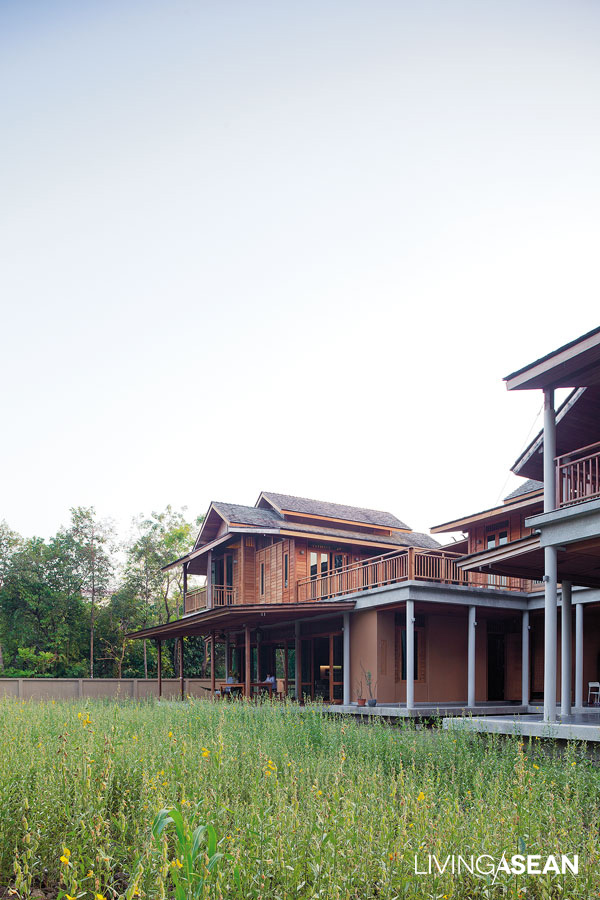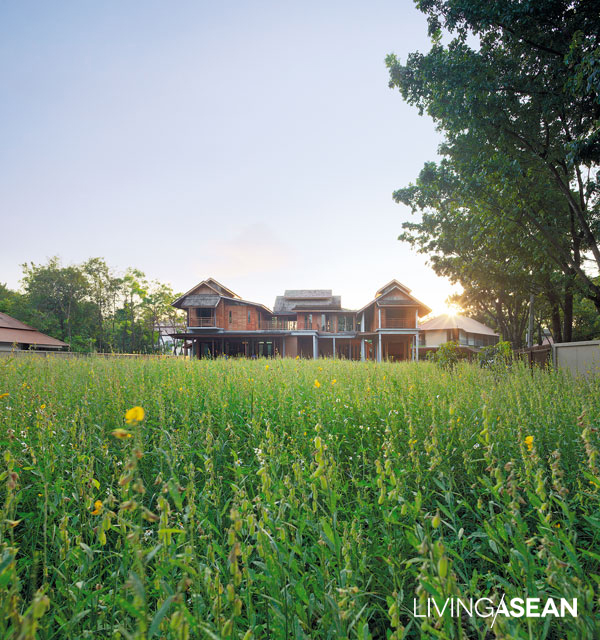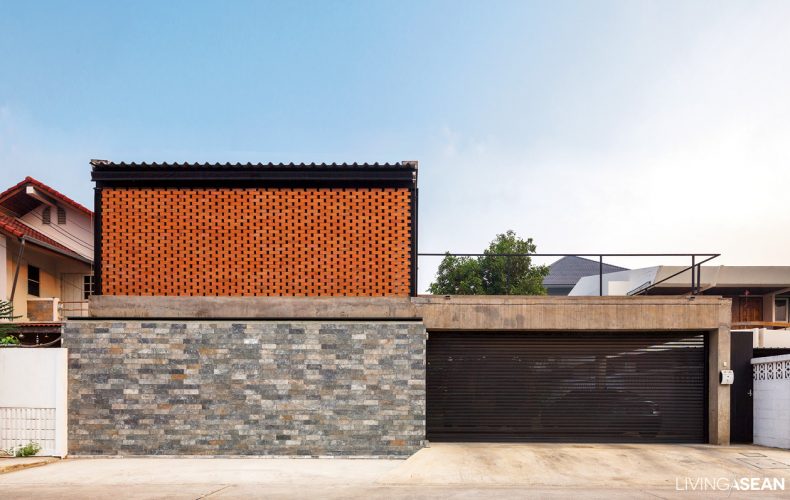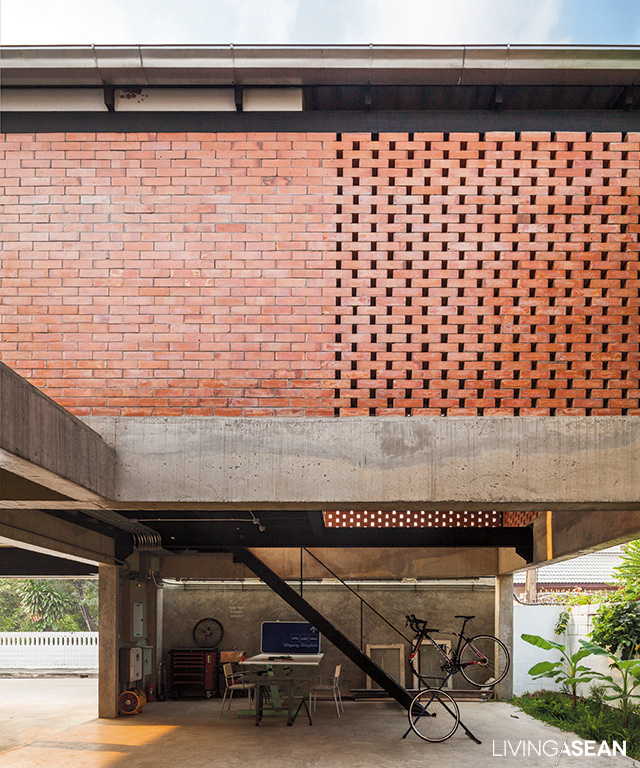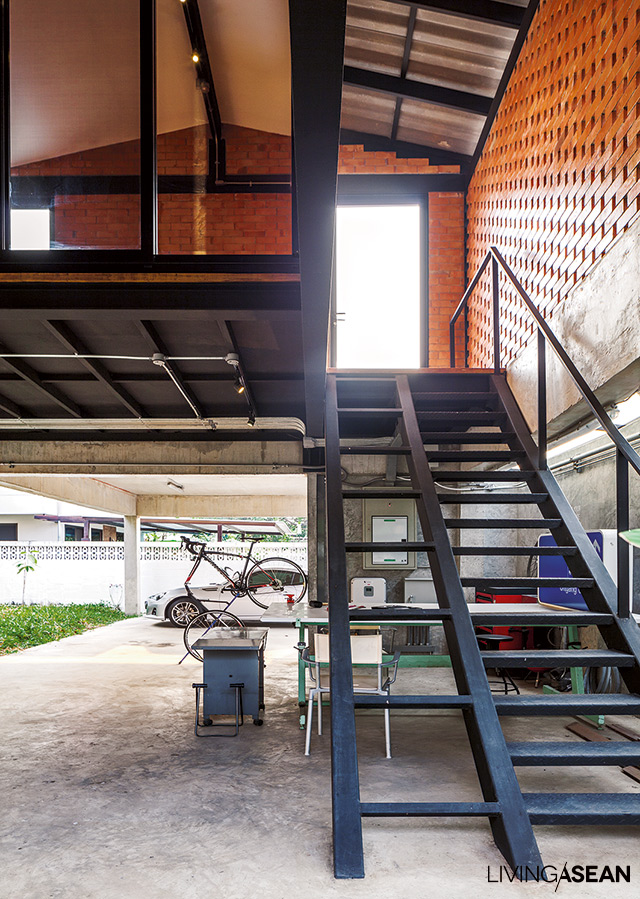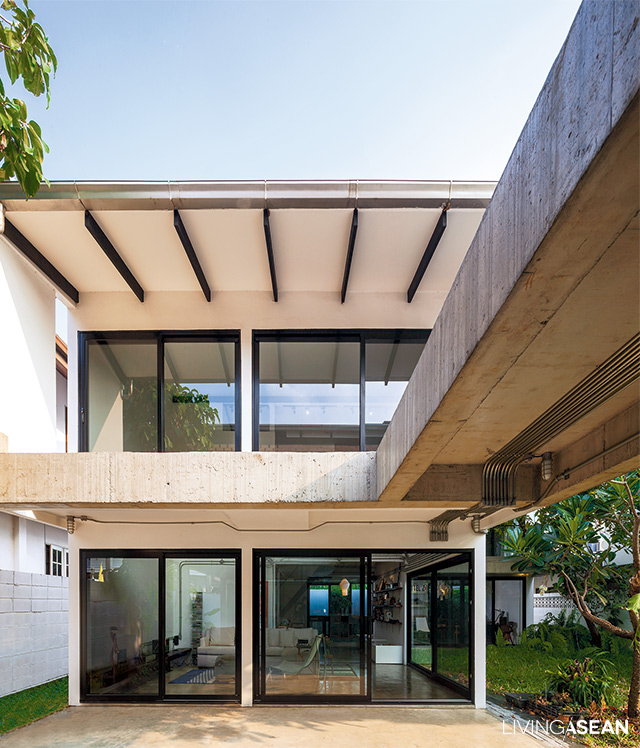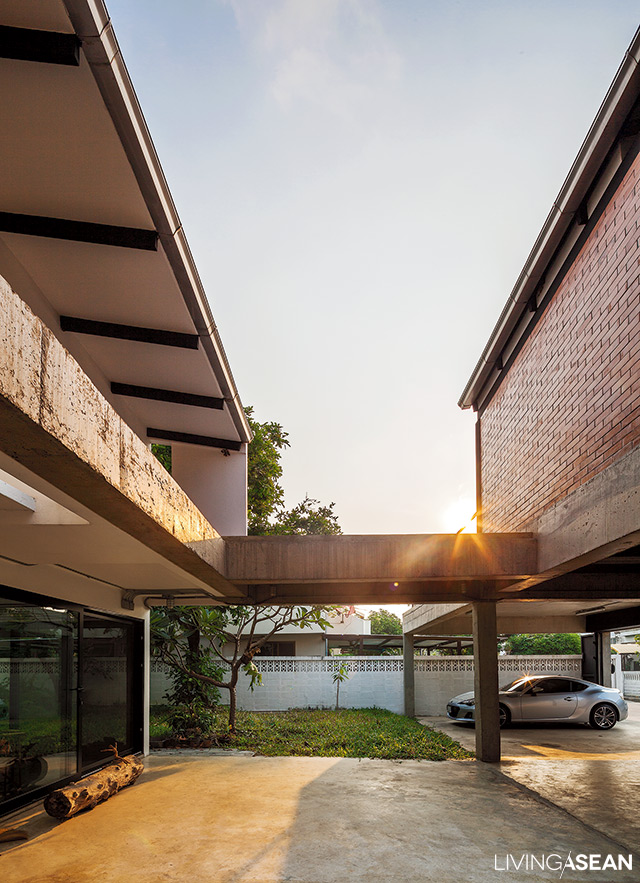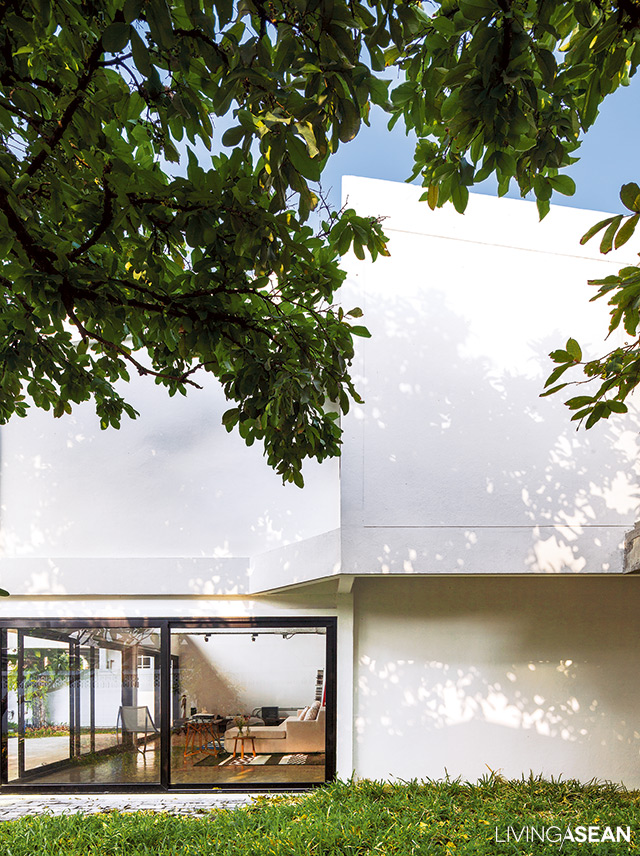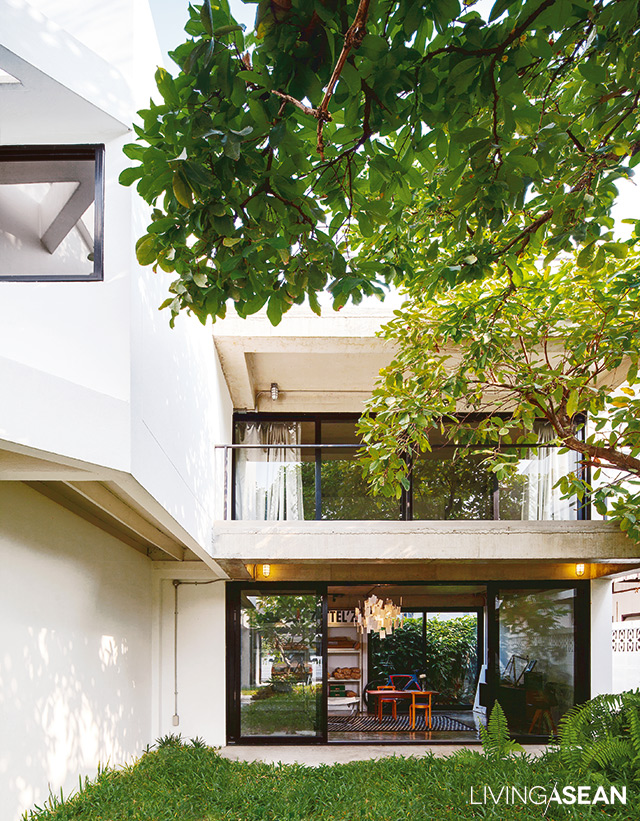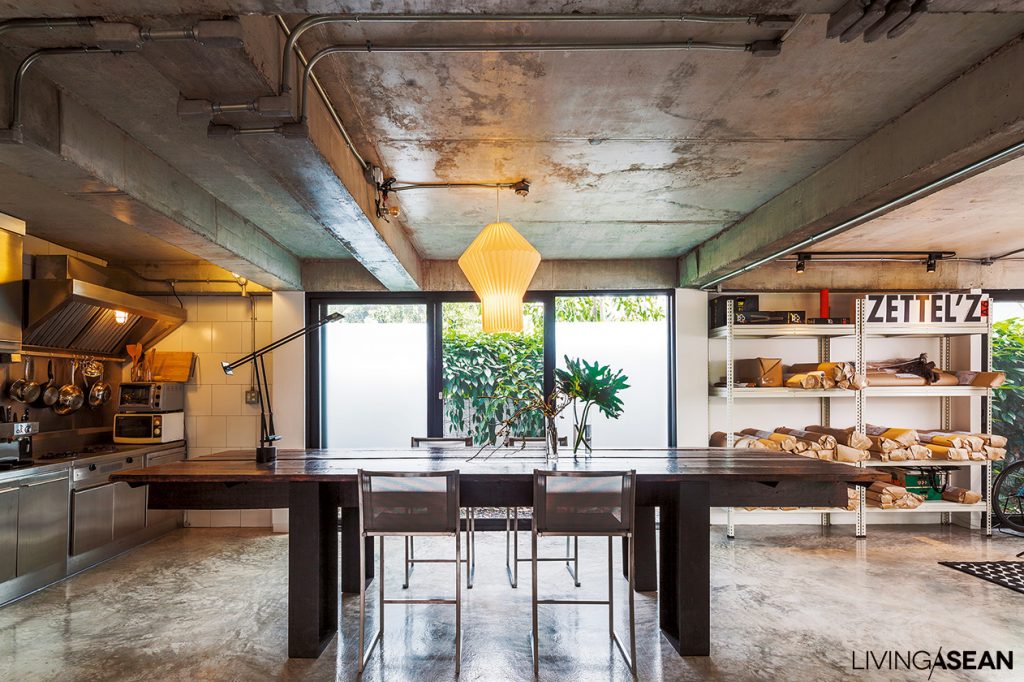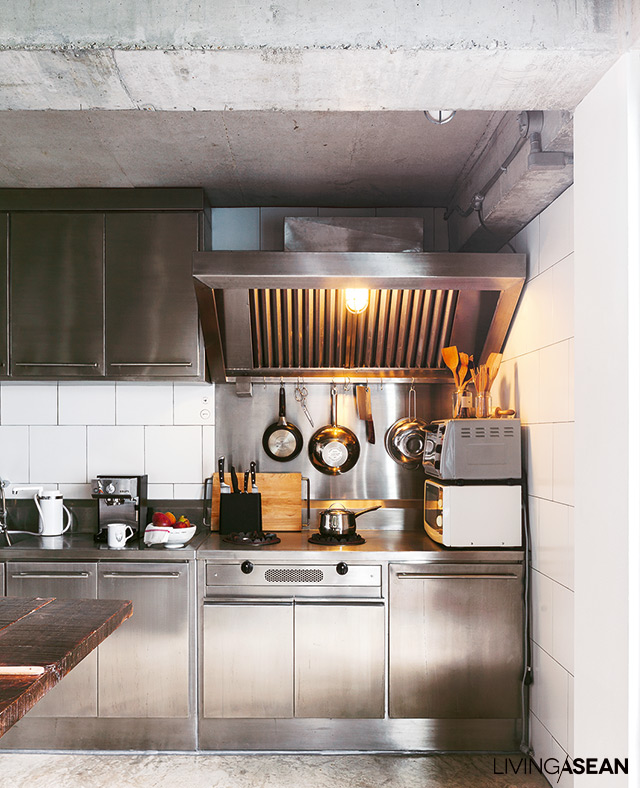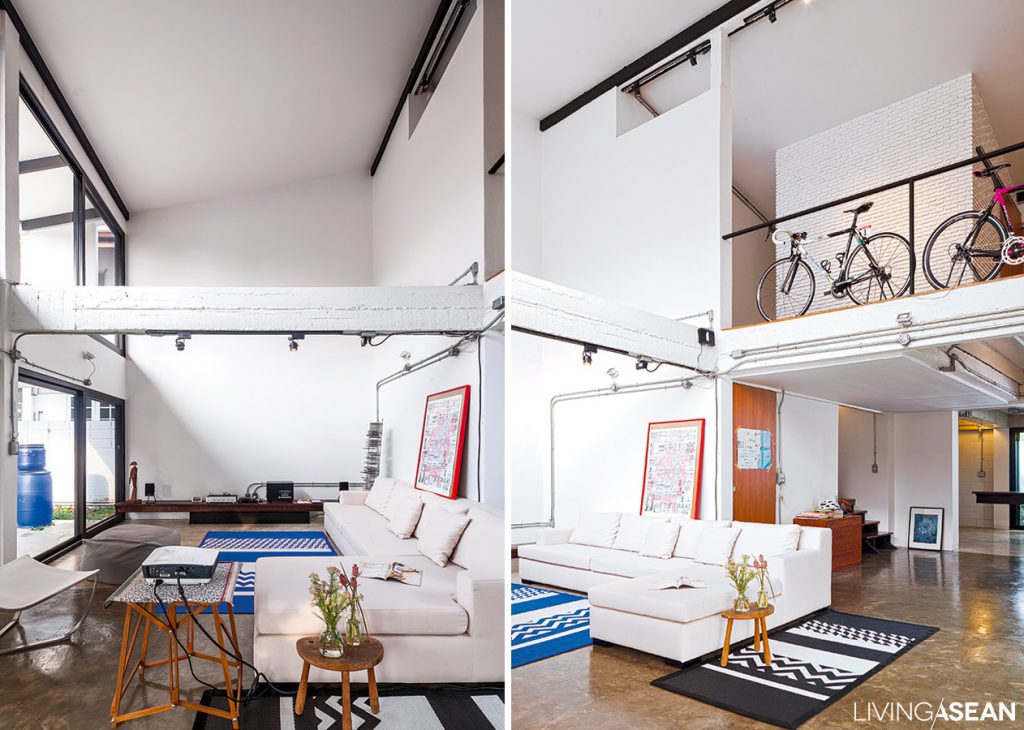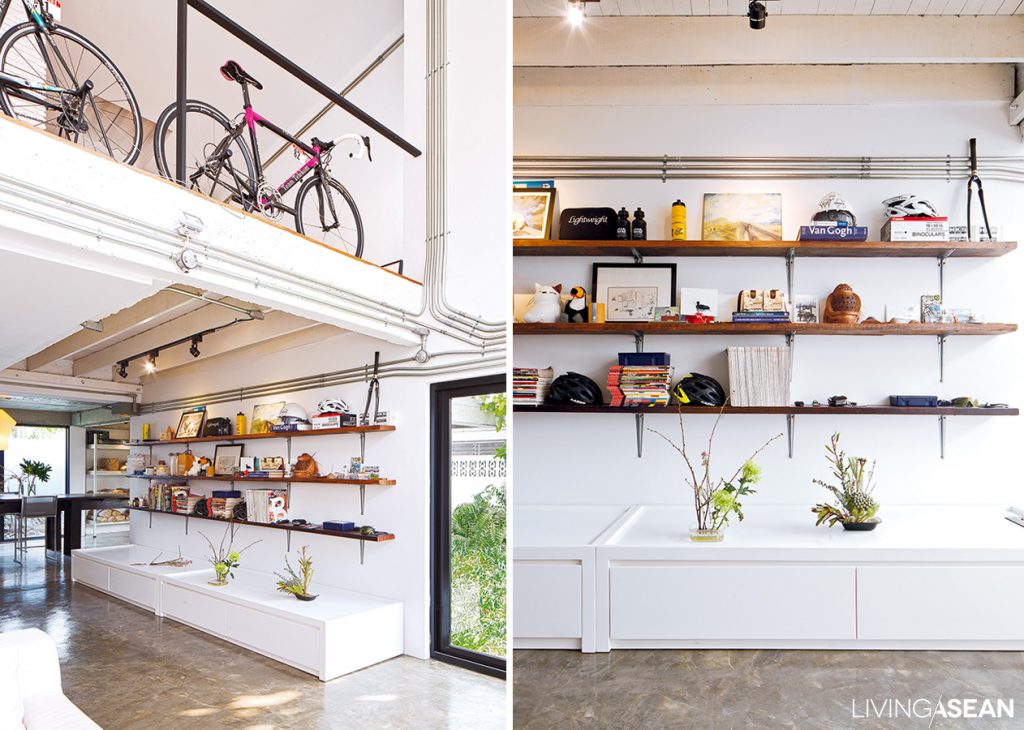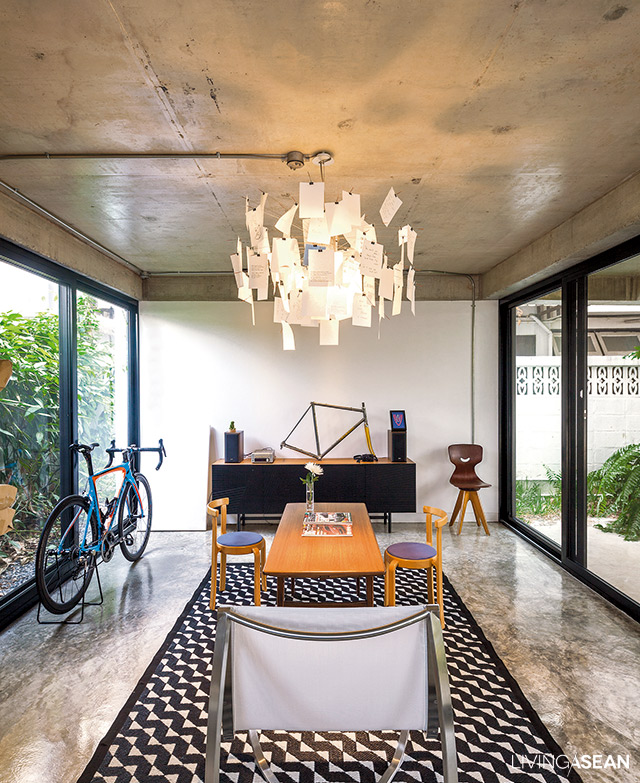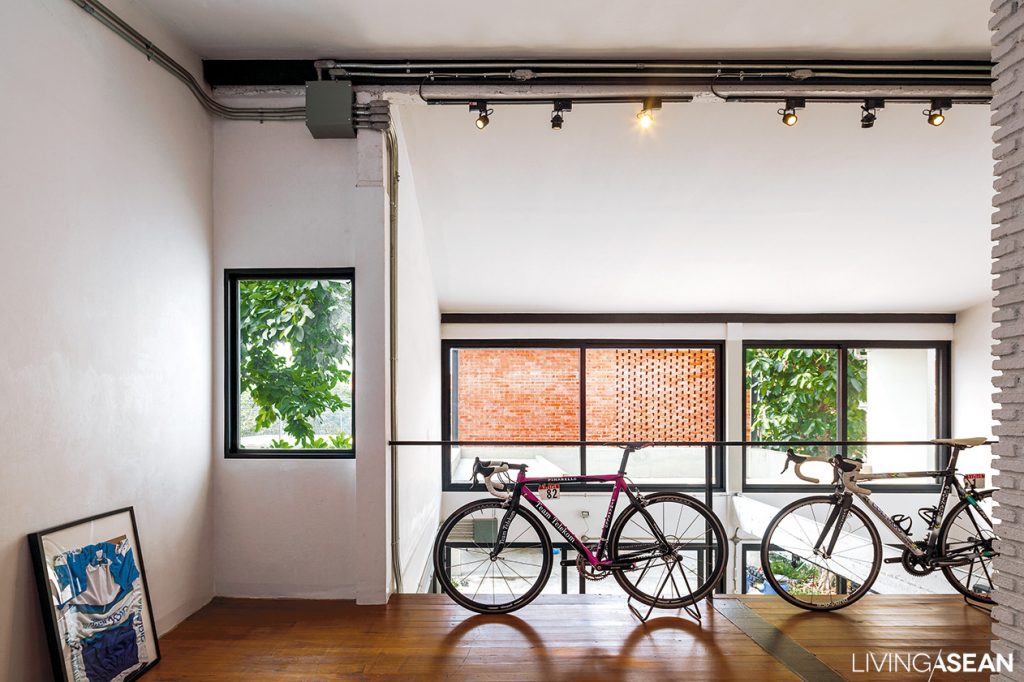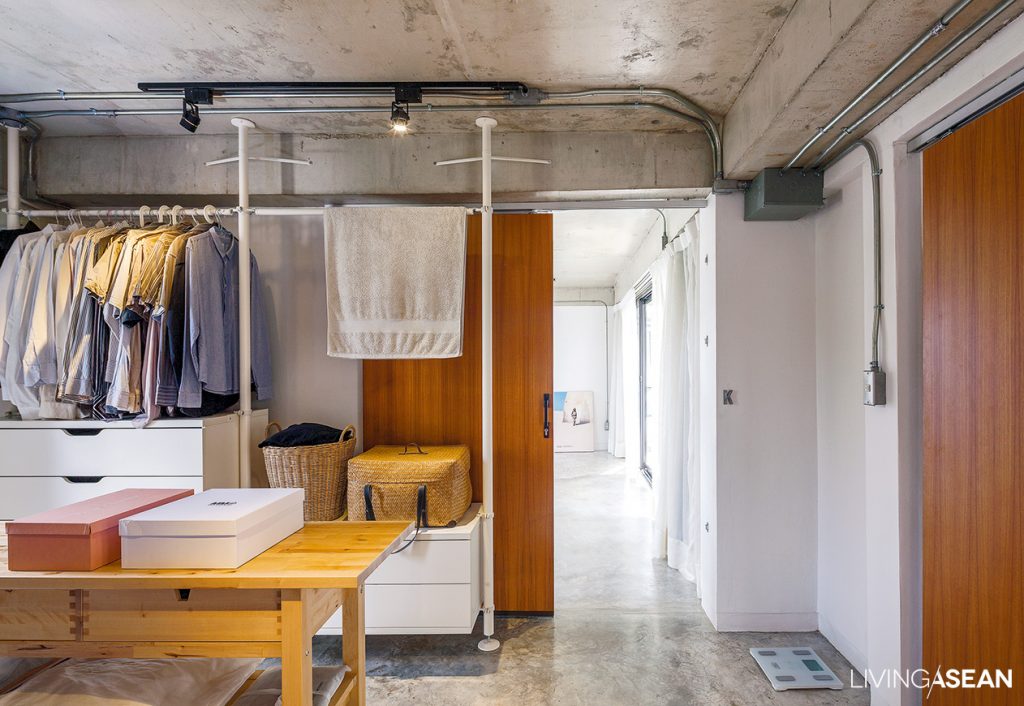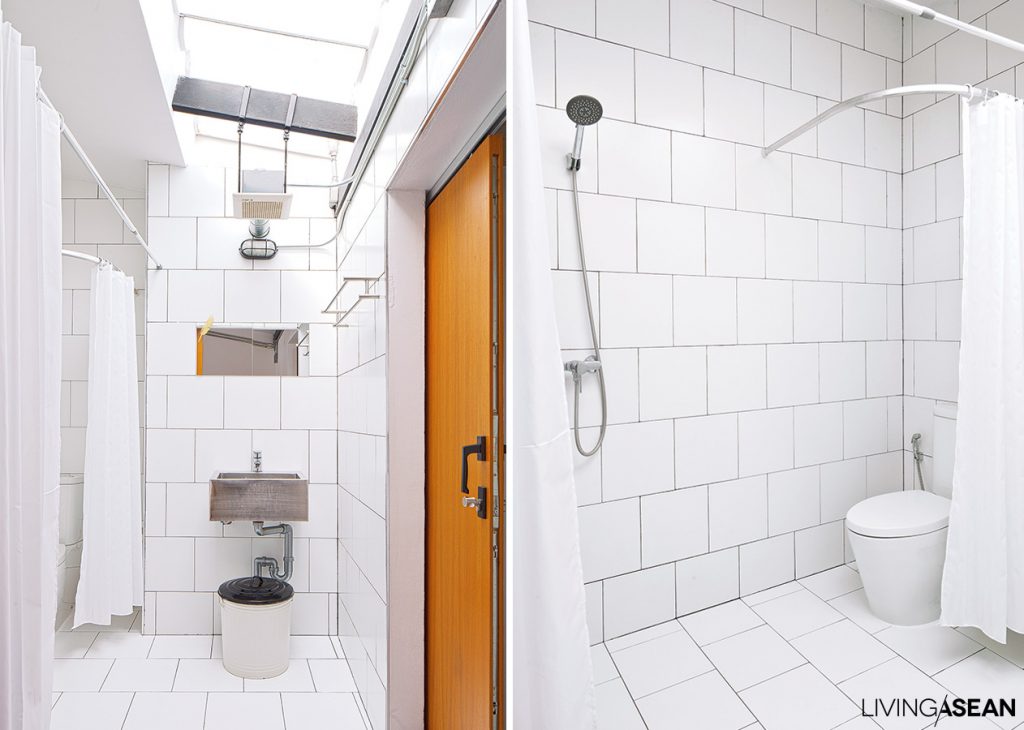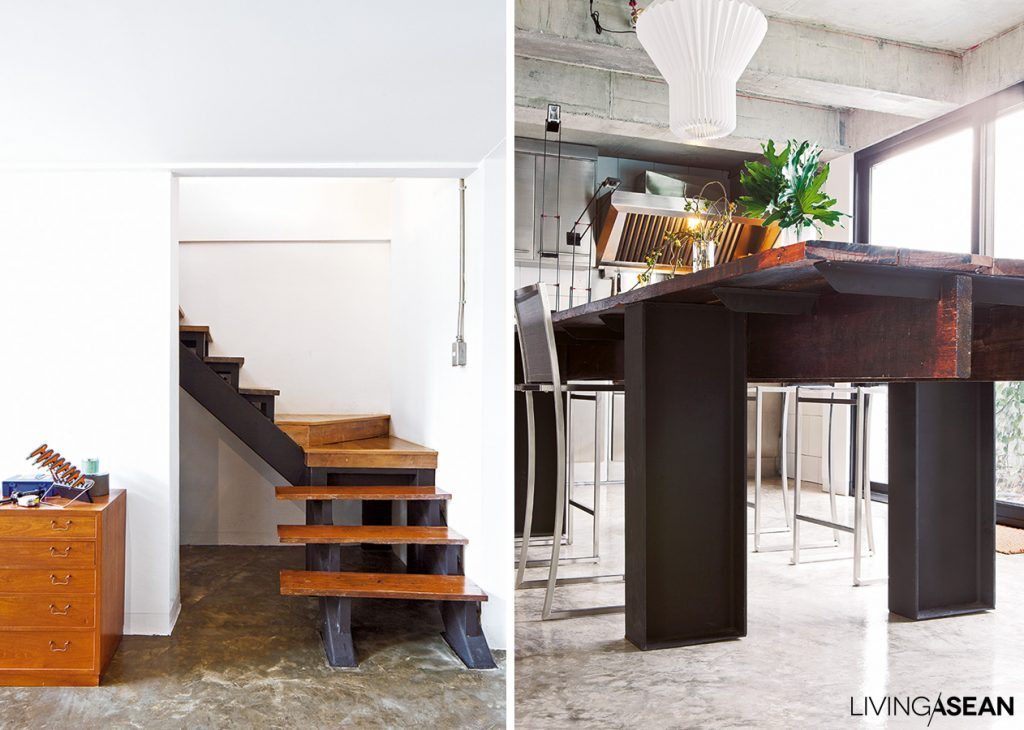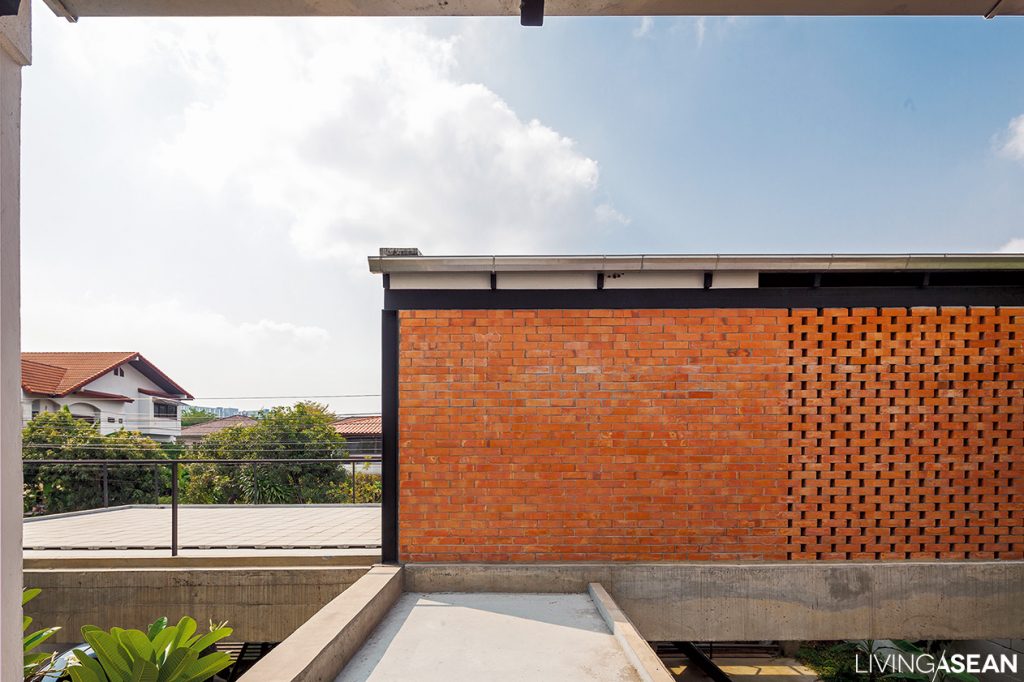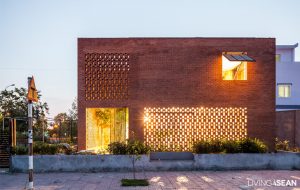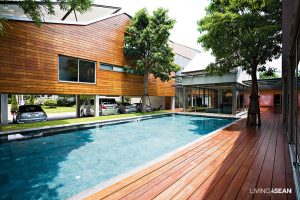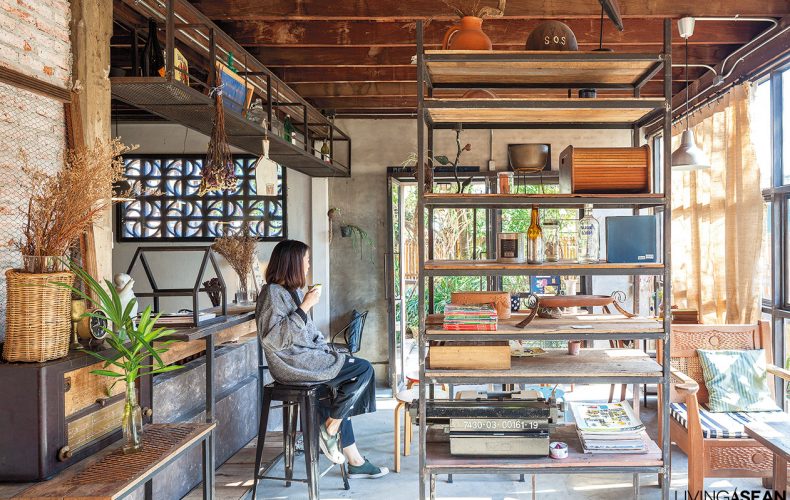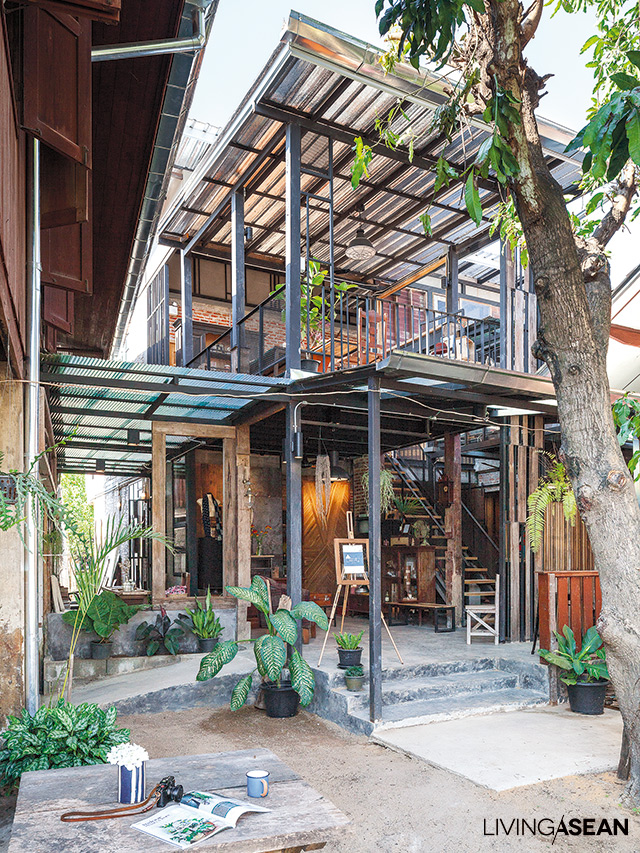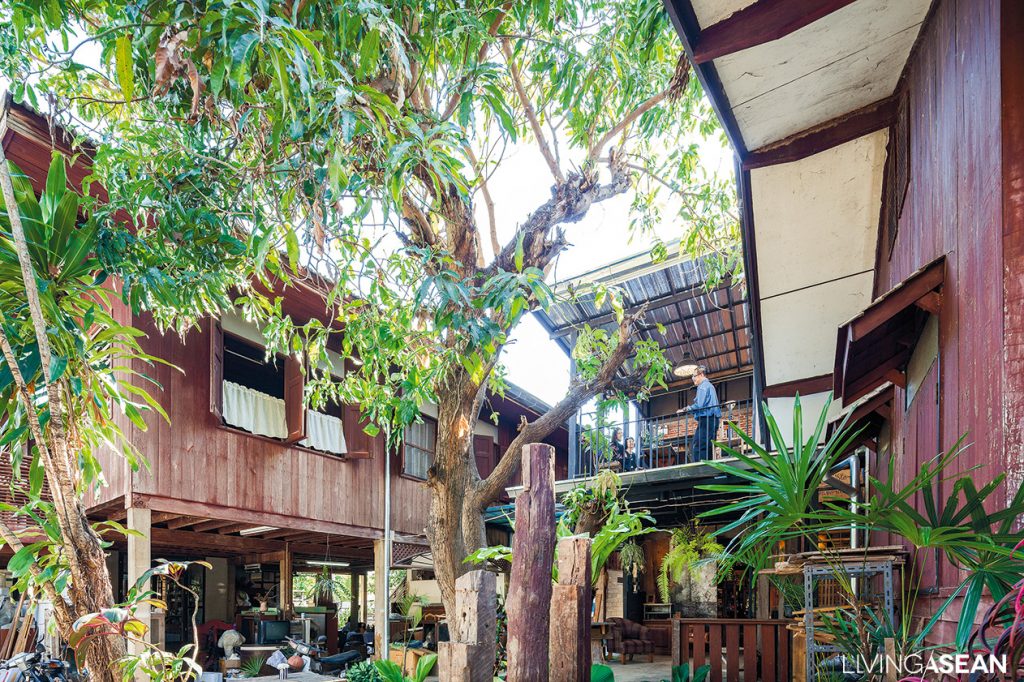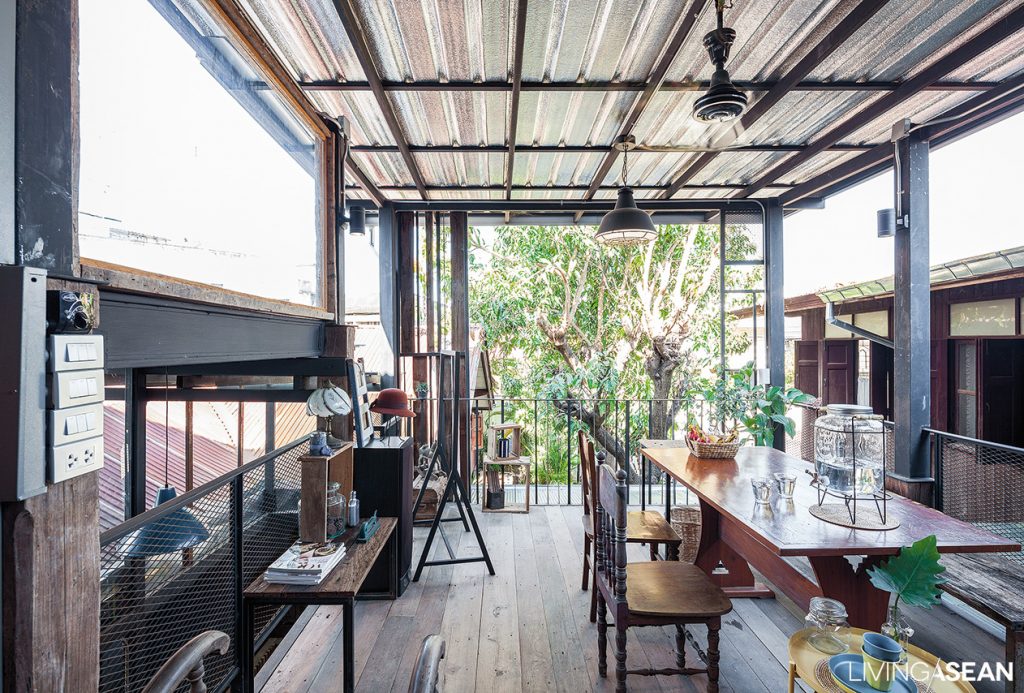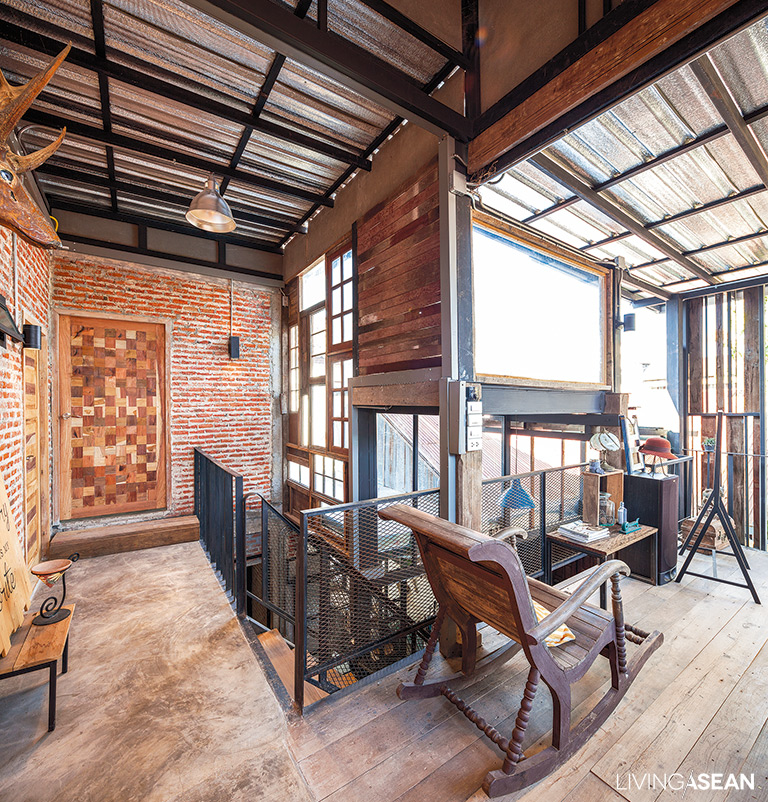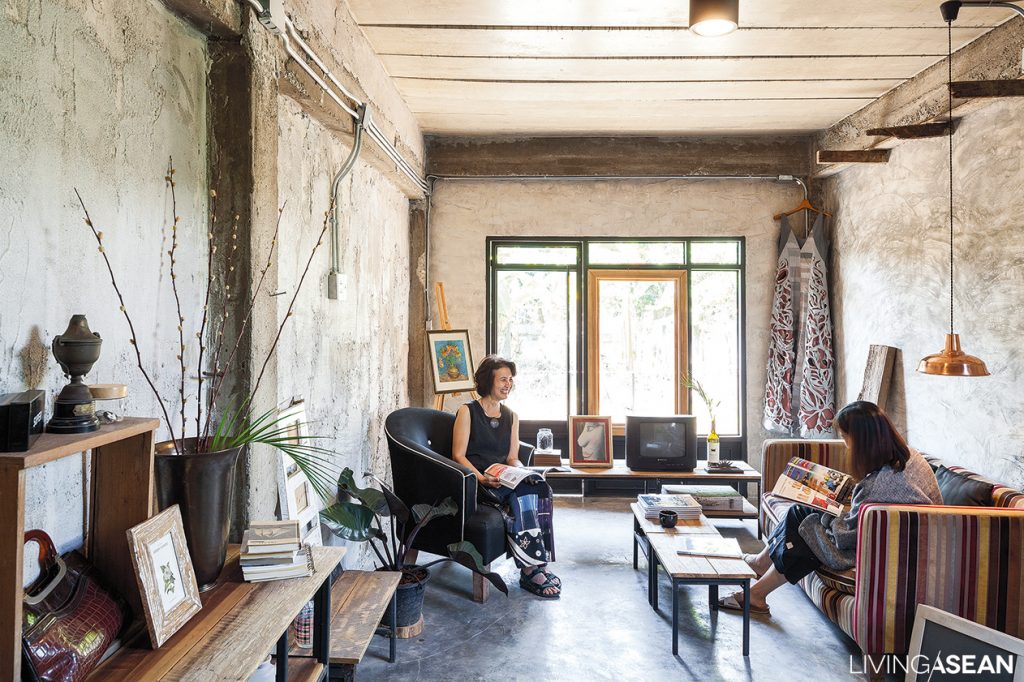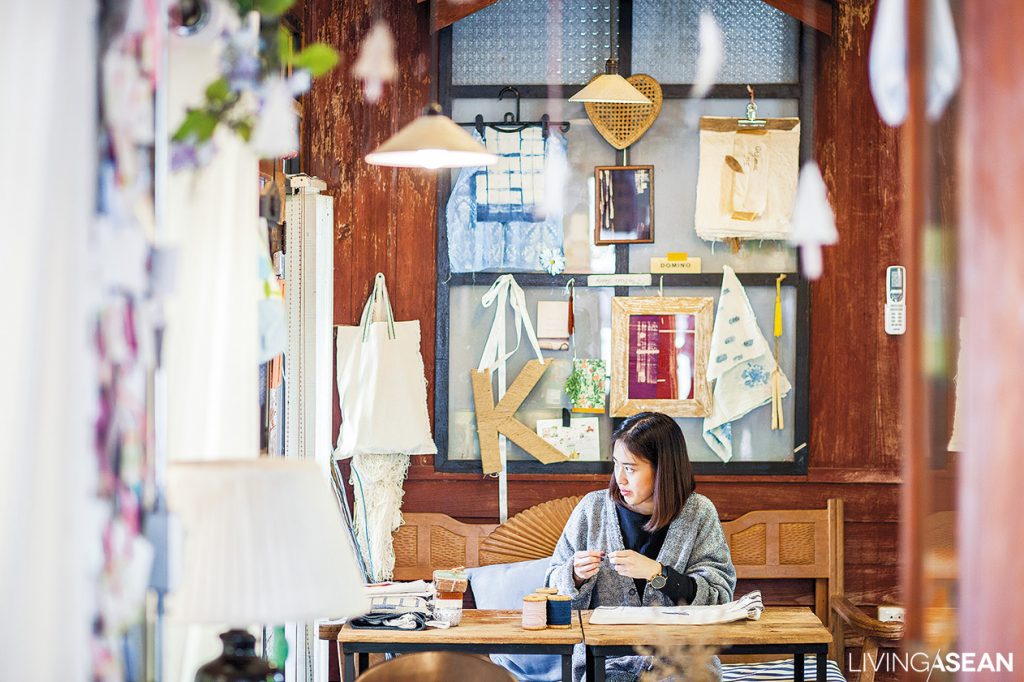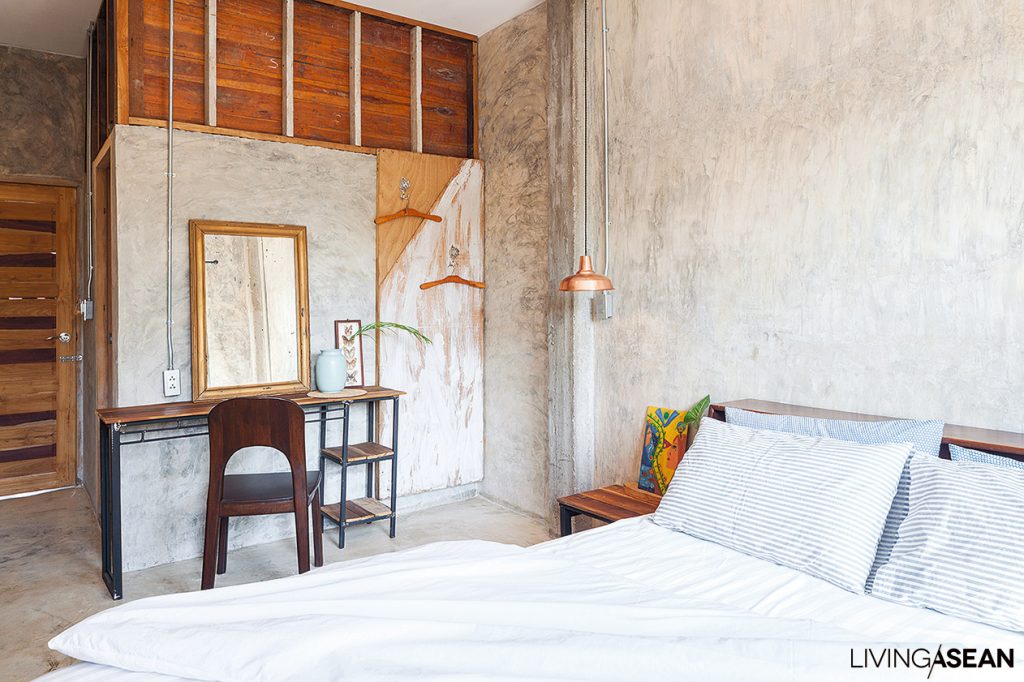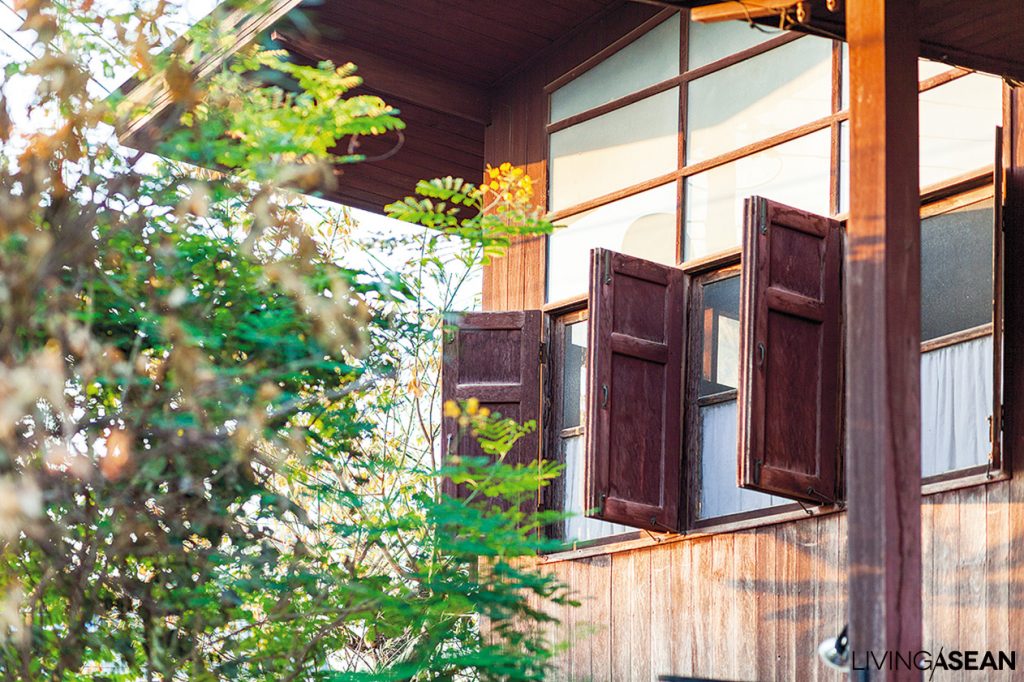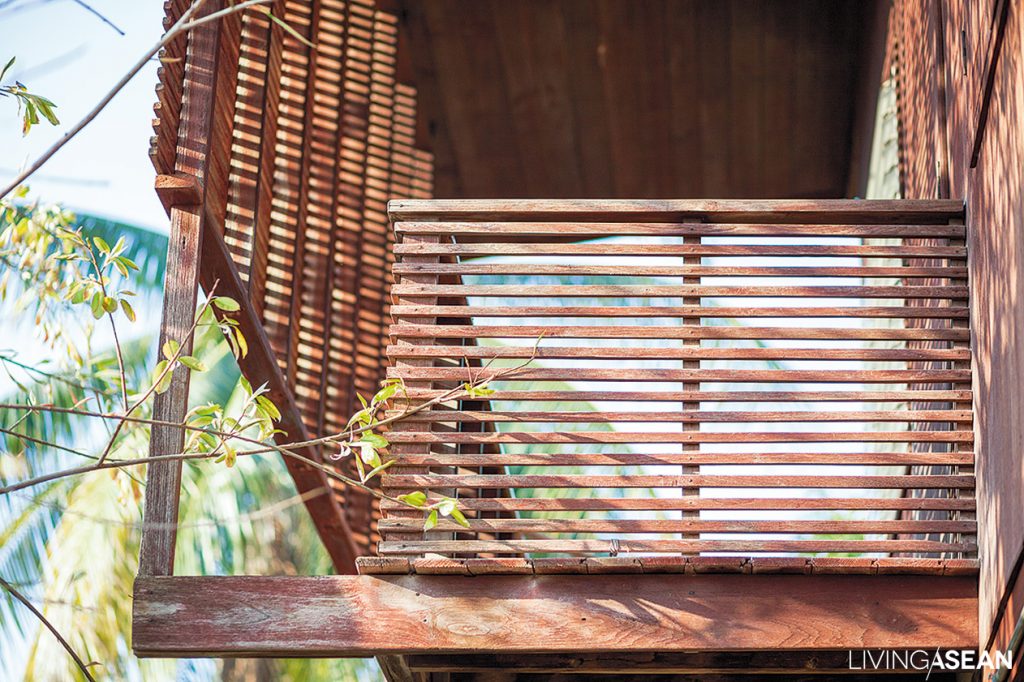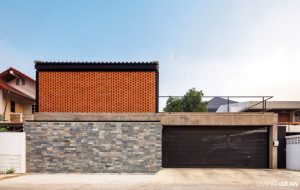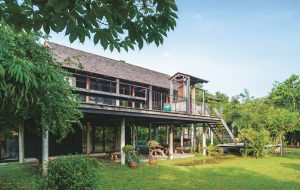/ Bali, Indonesia /
/ Story: Phattaraphon / English version: Bob Pitakwong /
/ Photographs: Arley Mardo /
Looking for cool treehouse ideas? Here’s one beautifully crafted of wood – a revolutionary design that epitomizes the ultimate return to nature.
After four months in the making, the building design company Stilt Studios recently unveiled the latest prototype of its treehouse series that was truly awesome. Known as “Treehouse C”, the home rises among the treetops in the salubrious weather of Penestanan, a cozy Indonesian village just a stone’s throw from Ubud town in central Bali.
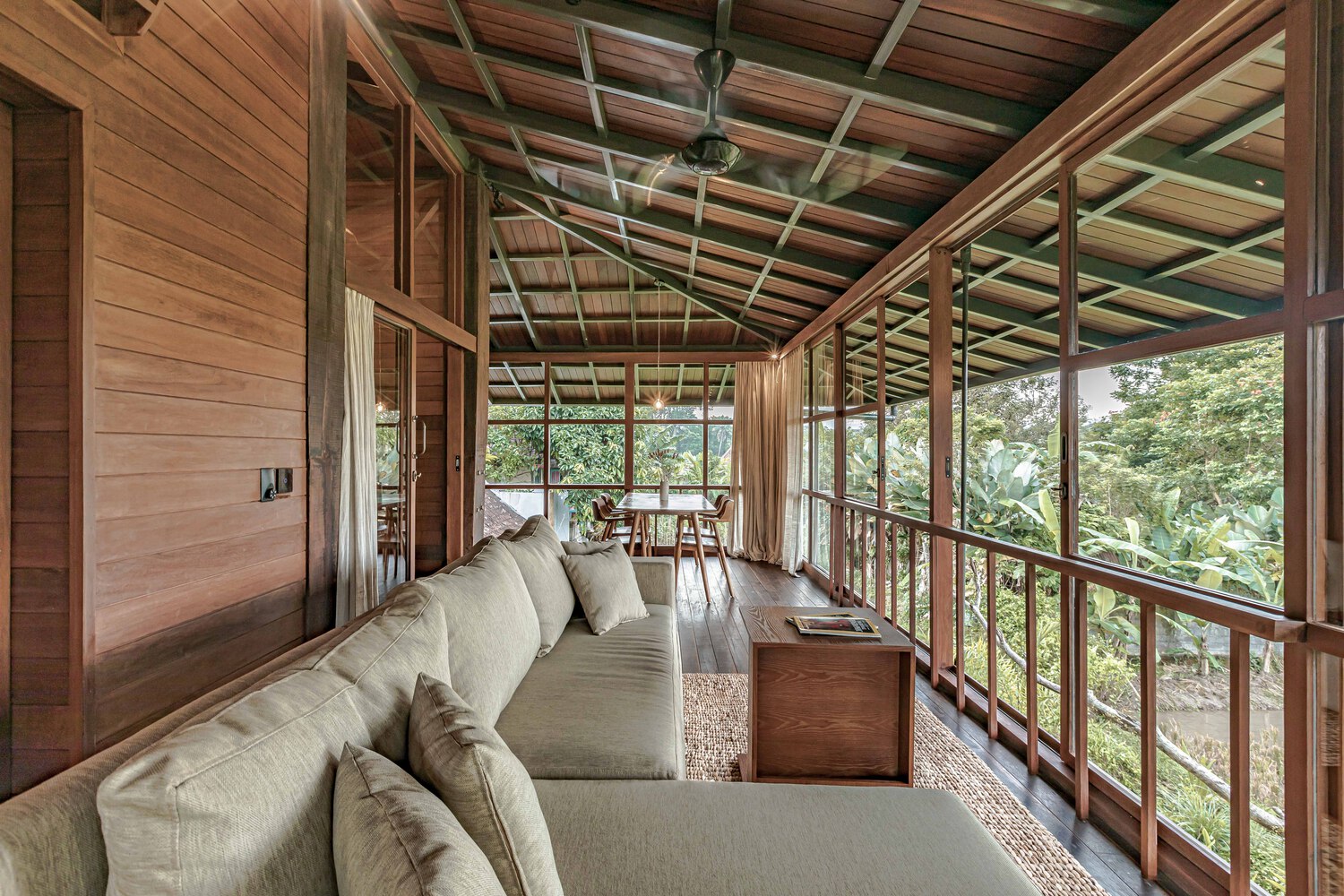
Noted for its beauty and the richness of culture, Penestanan has been dubbed an artist village since the 1930’s. A 15-minute walk from the town center, the village is home to many go-to restaurants and bars sprouting up everywhere amid the green expanse of rice fields. Treehouse C itself sits high up in the leafy branches in a small community called Bukit Sari.
Strictly speaking, the home is raised high off the ground by a robust core element consisting of four vertical columns. Together they carry the weight of the entire dwelling. For strength and durability, the upright pillars are braced by a staircase and post-to-beam knee brackets for additional support.
On the rooftop, a steel cable stay system extends radially from the top of each mast anchorage to connect with the roof framework and the floor plane below, resulting in a reduction of member cross-sections and structural frames for the whole building.
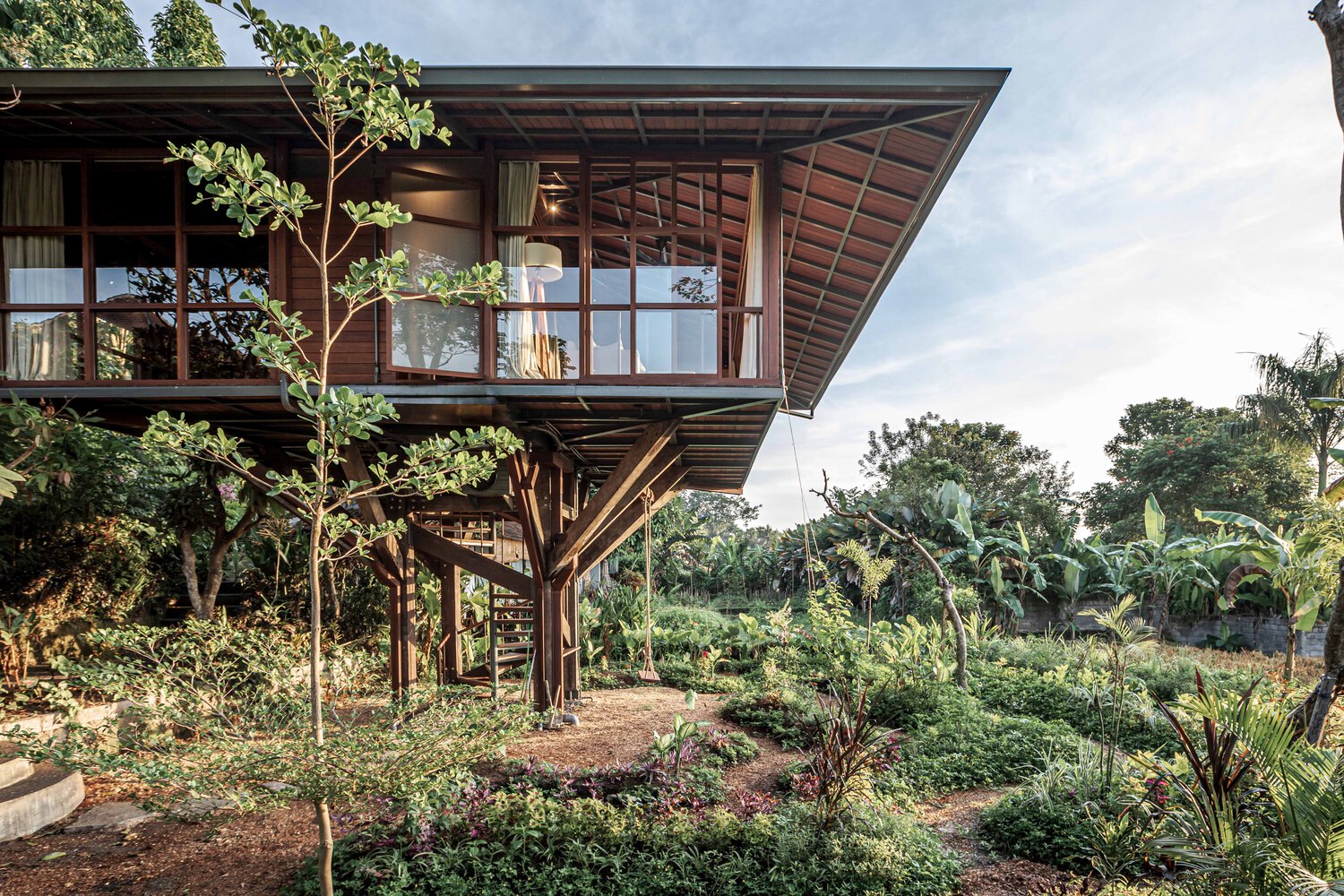
From a distance, it gives the impression that the house is hovering among the lush green treetops, a sight that can leave a memorable experience. Plus, its surprisingly lightweight appearance is further enhanced by slender façades decorated with wood frames and glass paneling designed to carry nothing else but its own weight.

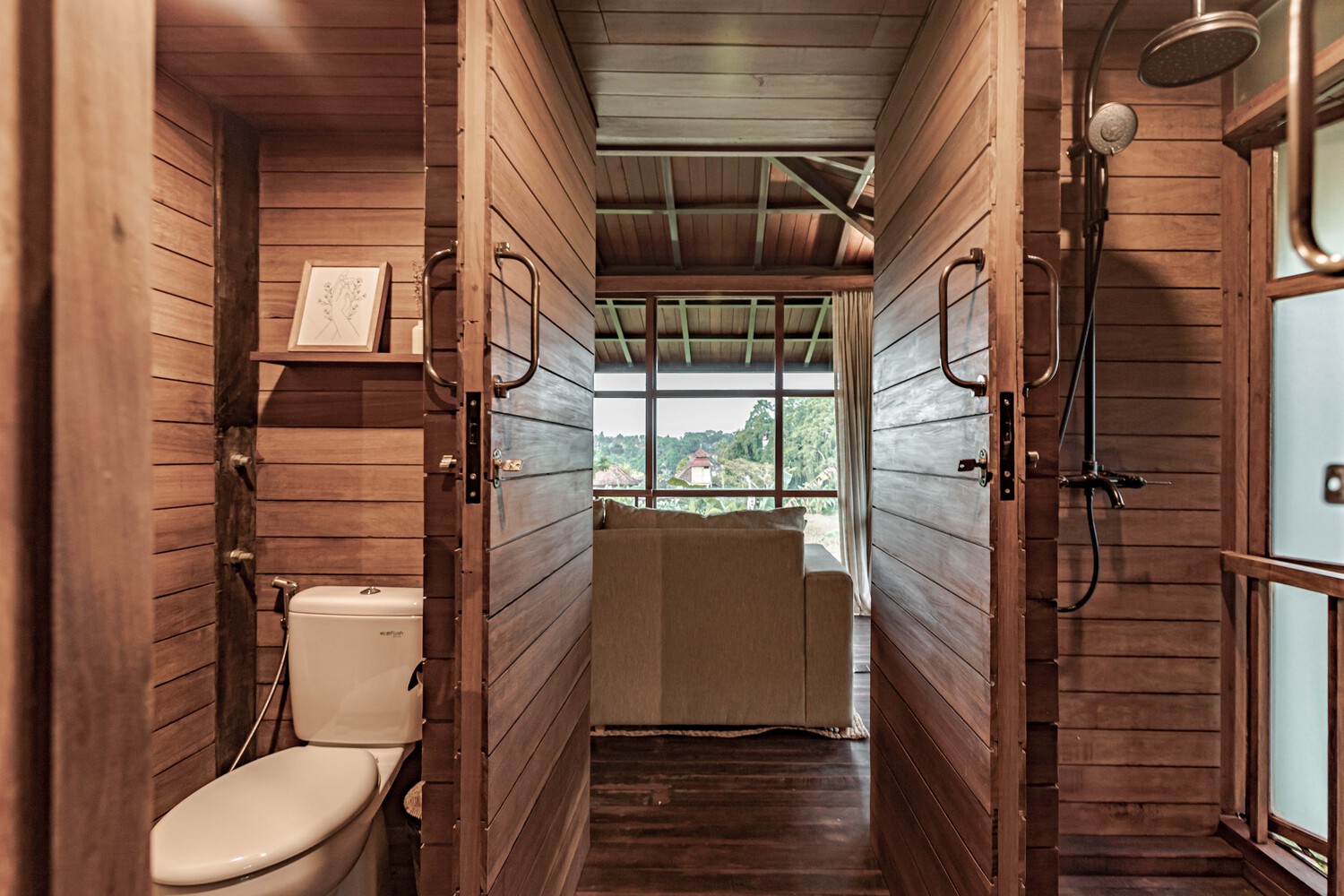
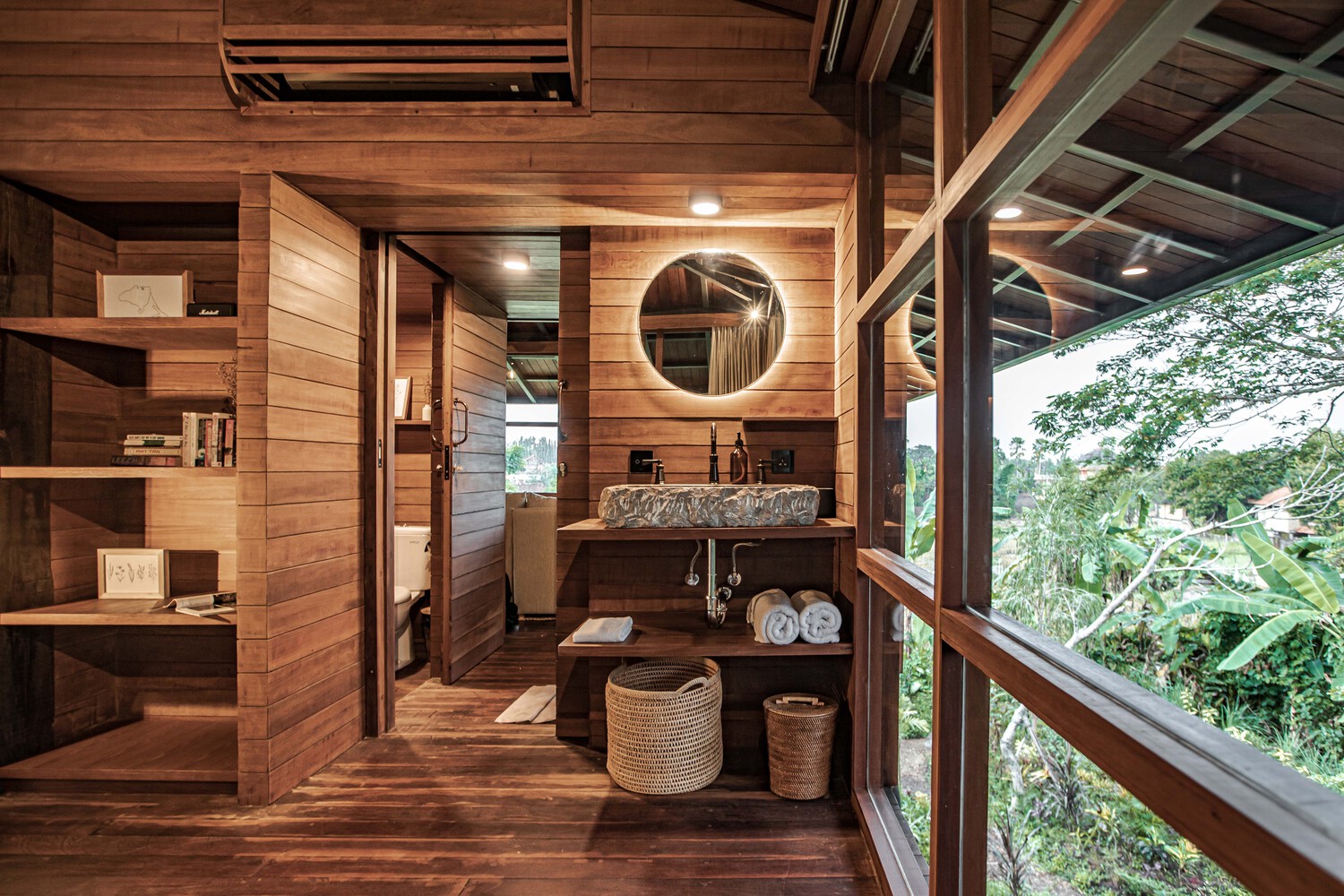
The latest edition of Treehouse C differs from previous C models built at Buduk village, published in October 2020, in that the original layout has been updated, changing from an open floor plan to one divided into several rooms. They include a kitchen with dining room and nearby sitting area, plus a spacious bedroom with cozy nook ideas interconnected via the bathroom corridor. The 64-square-meter design is for 2 to 4 people to fit in easily.
More so than anything else, it offers a panorama of the surrounding landscape and amazing sunrise views from Mount Agung, a famous volcano and the highest point in Bali.
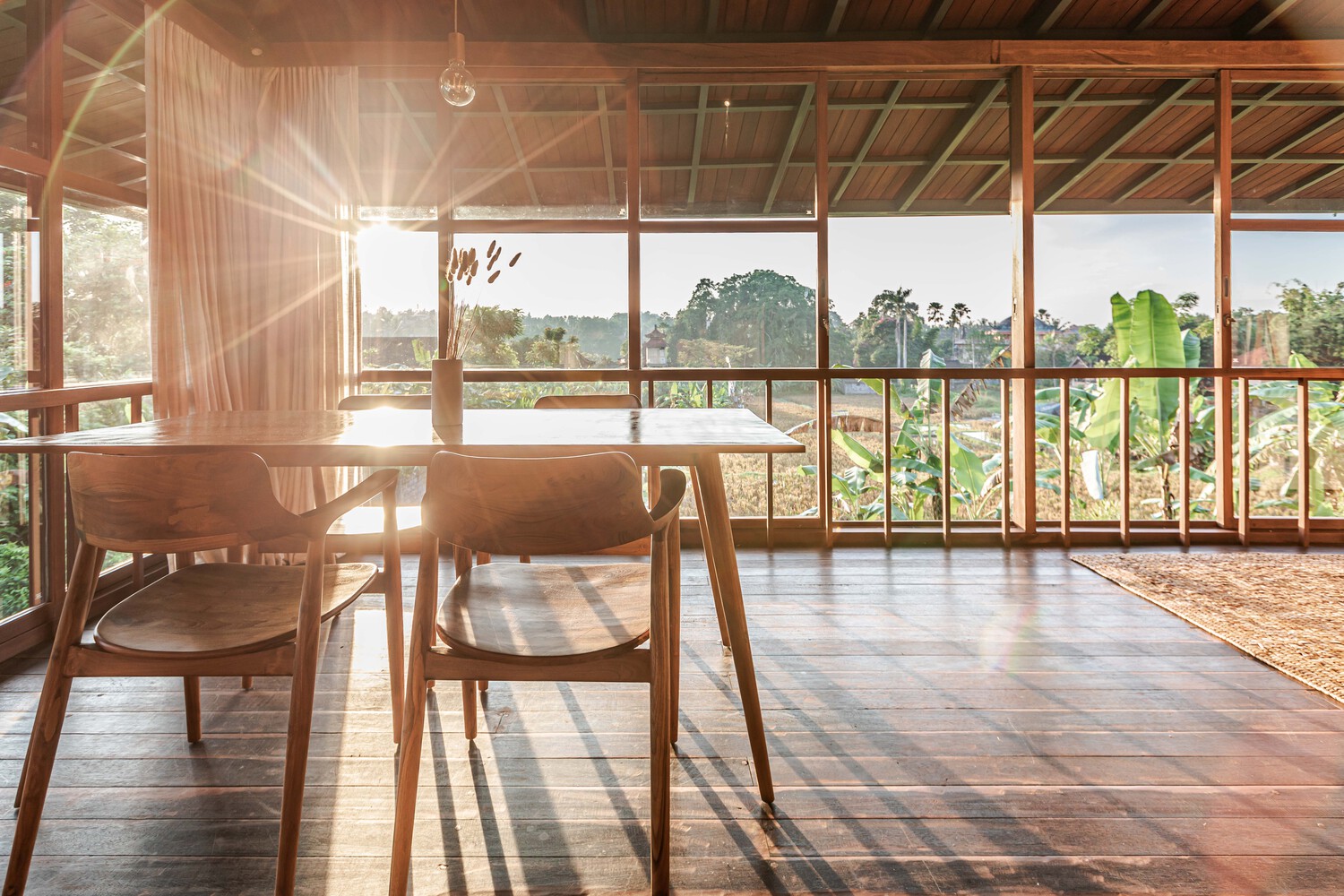
As may be expected, the front yard is filled with edible gardens designed and executed by True Nature Nusantara, a Bali-based landscape consultancy specializing in natural regenerative processes.
Commenting on the role of permaculture in creating sustainable ecosystems, Bodhi Denton, the company’s director, said: “The goal of developing these gardens is to create a delightful labyrinth of low-maintenance and colorful perennials and trees like they exist in the wild, plus a laid-back, inconspicuous area to sit and enjoy the view of nearby rice fields.”
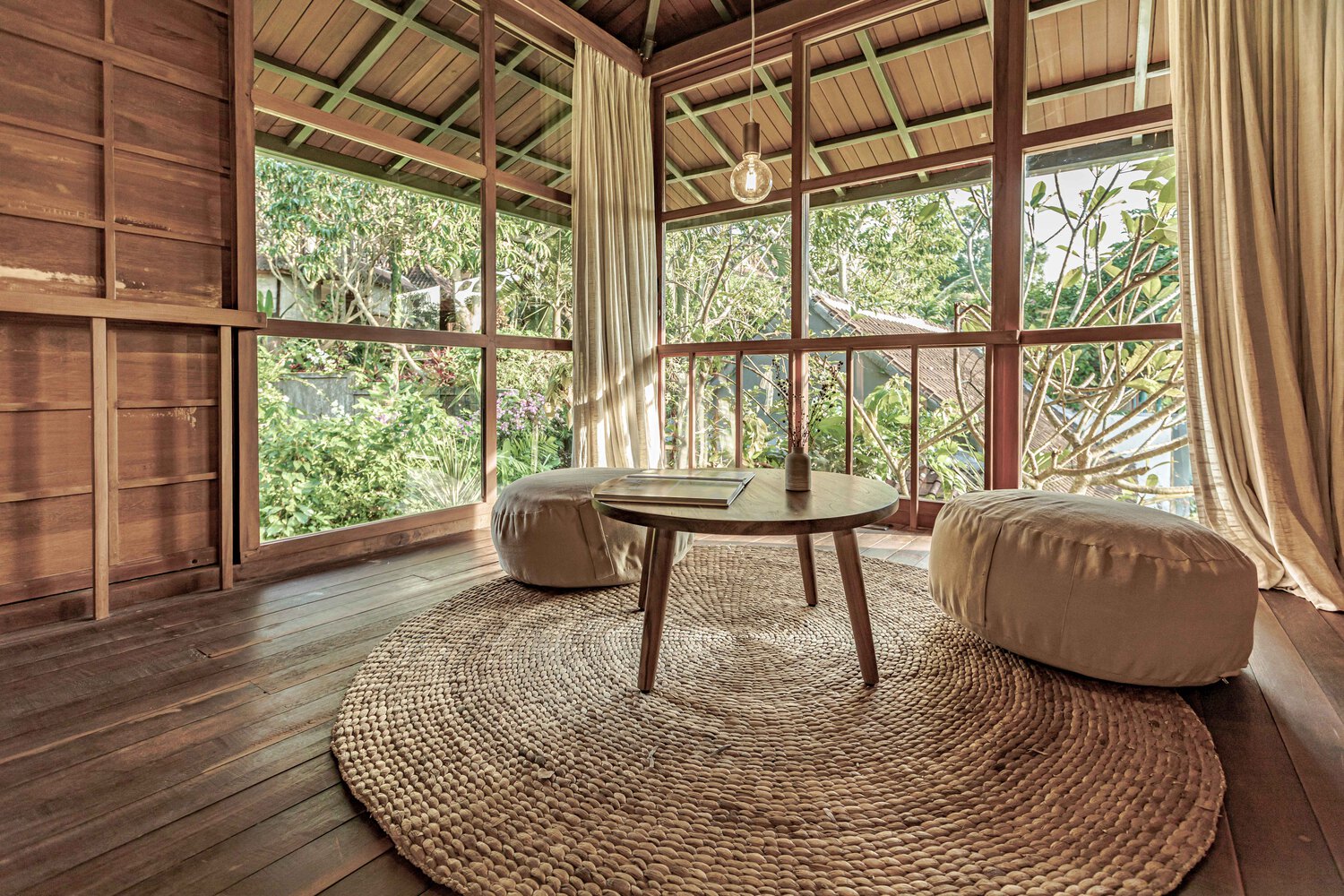
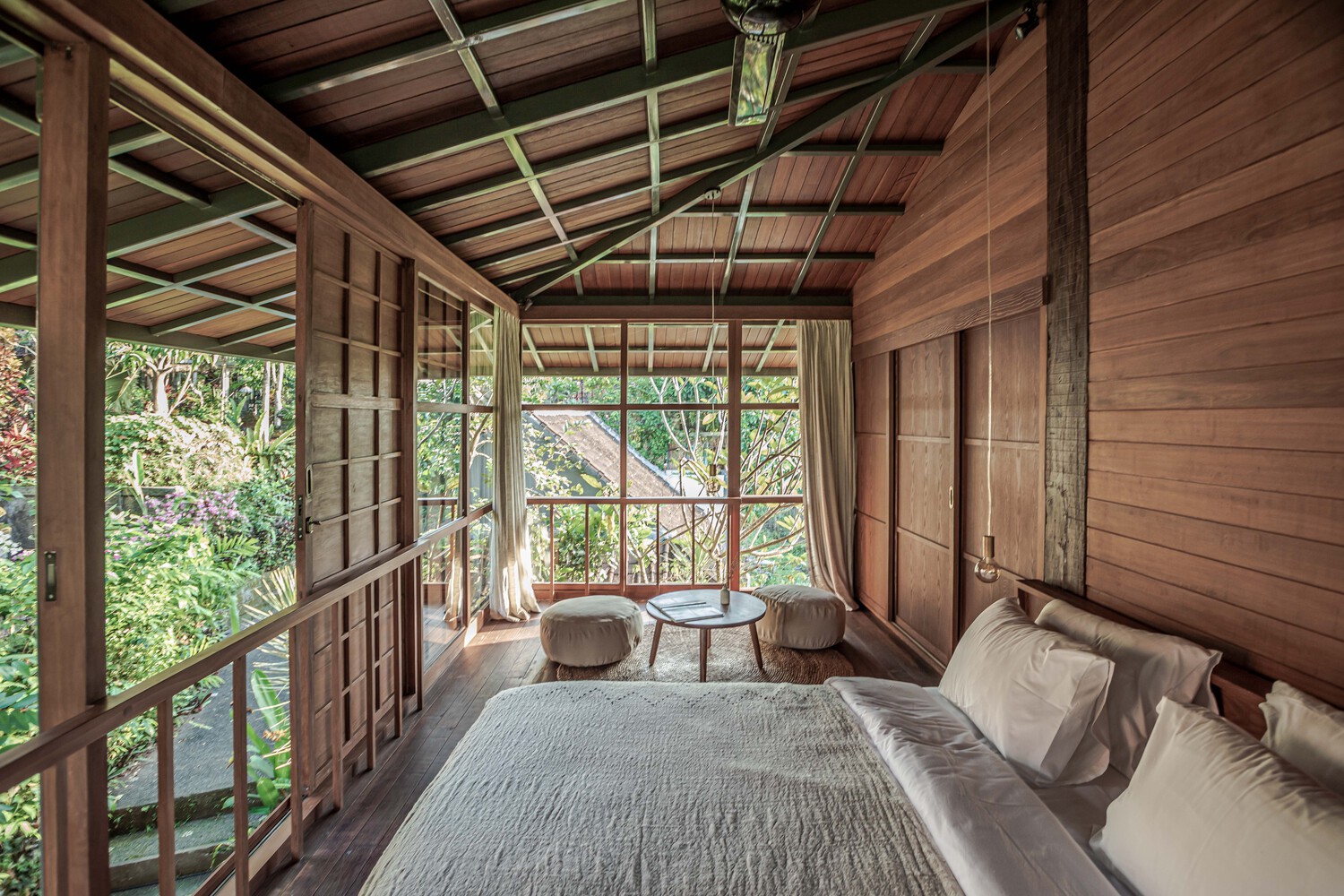
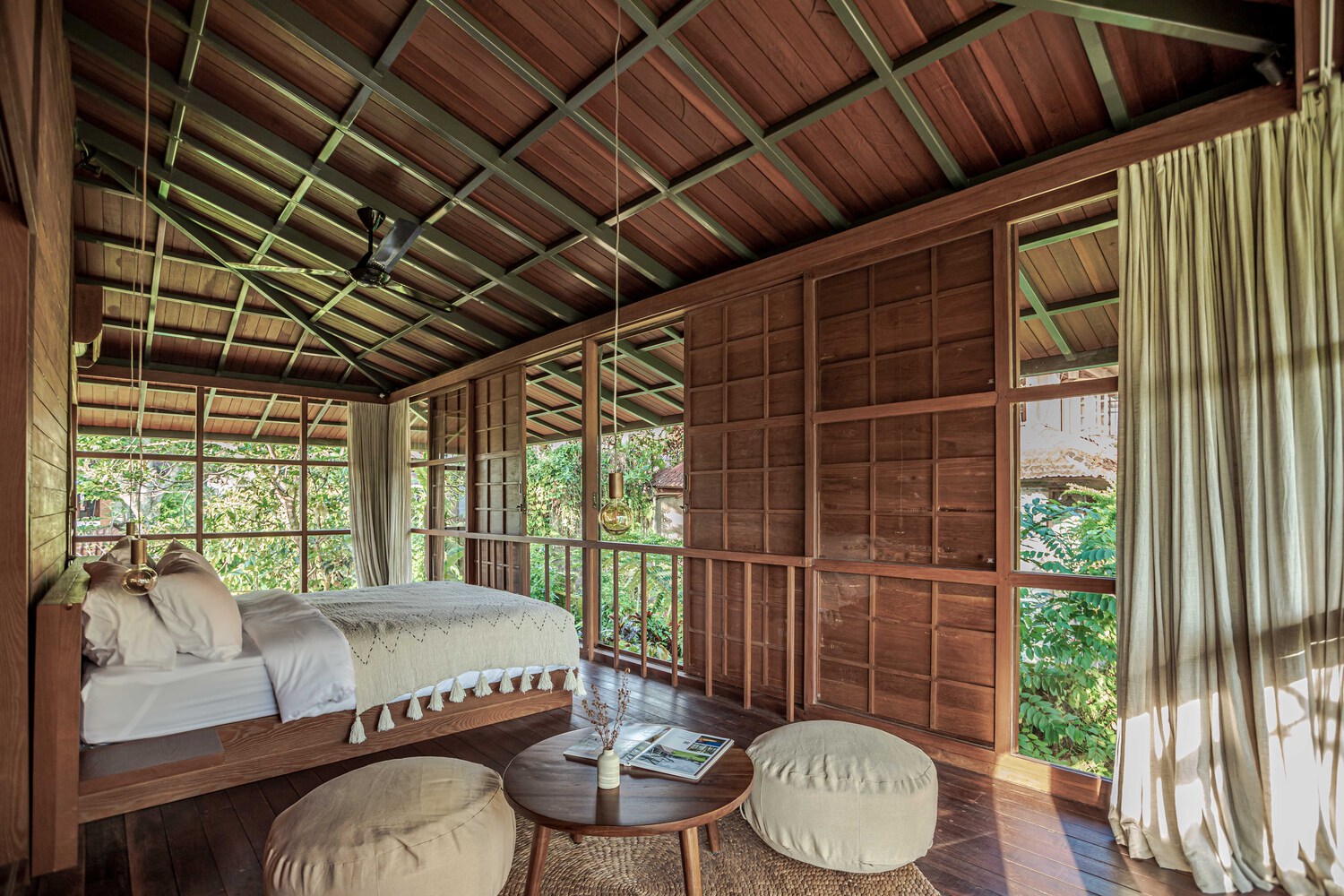
It’s for this reason that the gardens are full of flowers and ornamental plants indigenous to the Tropics plus fruits and herbs. It even has a small pond used for watering plants. Besides its famous Tetra Pod homes, the building design company also offers technical drawings of Treehouse models A, B, and C for purchase.
In three simple steps, you can get access to the drawings and license to build your dream house among the trees. Visit the company’s website for more details.
Architectural Design: Stilt Studios
Landscape Consultancy: True Nature Nusantara
You may also like…
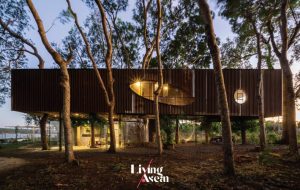 Treehouse by the Lake: A Nature-Loving Forest Home on the Lakeshore
Treehouse by the Lake: A Nature-Loving Forest Home on the Lakeshore

